THE GRANADA THEATRE CIRCUIT
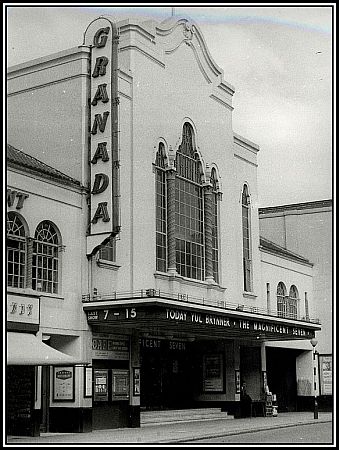 The Granada Theatre Walthamstow
The Granada Theatre Walthamstow
The second new Granada Theatre built especially for Sidney Bernstein and his Circuit
——oooOOOooo——
DEDICATION
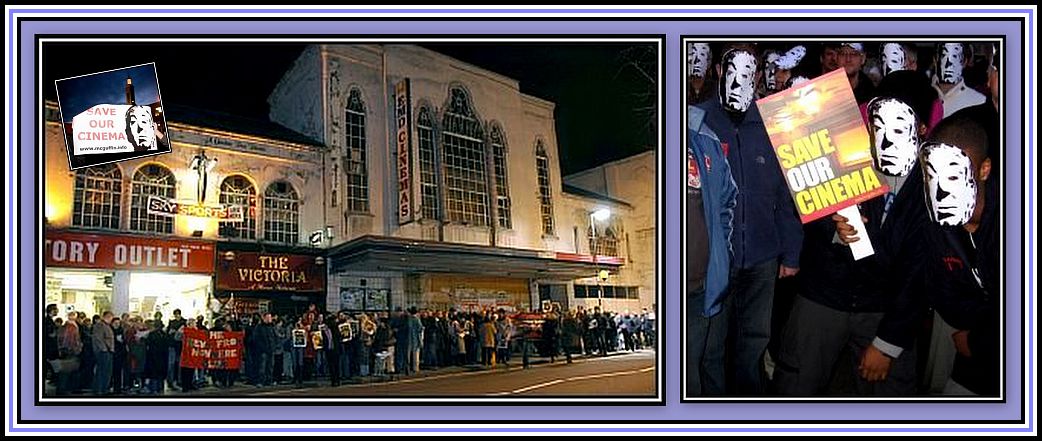 This piece is dedicated to ………
This piece is dedicated to ………
The People of Waltham Forest who throughout the years treasured their memories of the theatre
and never gave up their wish to save the cinema on Hoe Street
and to everyone who gave their time and energy by turning up
on cold days to show their support to keep the building a cinema
——oooOOOooo——
PART SEVEN
THE GRANADA THEATRE WALTHAMSTOW
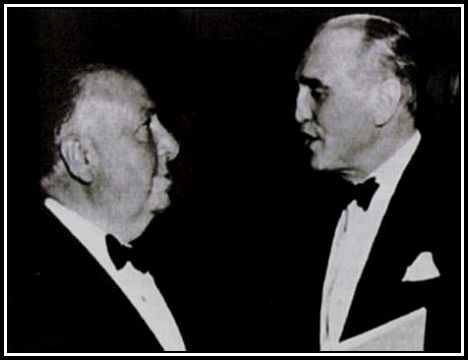 Alfred Hitchcock & Sidney Bernstein
Alfred Hitchcock & Sidney Bernstein
The Granada Theatre Walthamstow holds an important place in British Cinema history. Firstly, while the Granada Theatre Dover was the first purpose-built theatre for Sidney Bernstein’s Granada Theatre Circuit, the Granada Theatre Walthamstow was his first larger size theatre to be built and so allowed the architect, Cecil Aubrey Masey, and the interior designer, Theodore Komisarjevsky, to express their talents more fully ……
and ……
secondly, the Granada Theatre Walthamstow has importance to cinema buffs and admirers of Alfred Hitchcock since it would appear that he used to frequent it. The paths of Alfred Hitchcock and Sidney Bernstein were to cross a number of times. Following the end of the second world war, Mr. Bernstein went to Hollywood where, together with Alfred Hitchcock, he formed a production company, Transatlantic Pictures. Unfortunately, the films that they made, Rope (1948) and Under Capricorn (1949) were not box-office successes and other productions were shelved or made by other companies.
The Granada Theatre was built on the site of The Victoria Hall in Hoe Street in 1887 by J.F.H. Read who was the founder of the Walthamstow Musical Society and John Cropley, a local builder. The Hall was used for meetings and the performing arts, and in 1896, the building became one of the first to show films, which had just been invented. Between 1901 and 1907, it was renamed the King’s Theatre. In 1906 it became Walthamstow’s first full-time cinema and c.1910, it was renamed the Victoria Picture Palace and was demolished in 1930 to make way for the Granada Theatre.
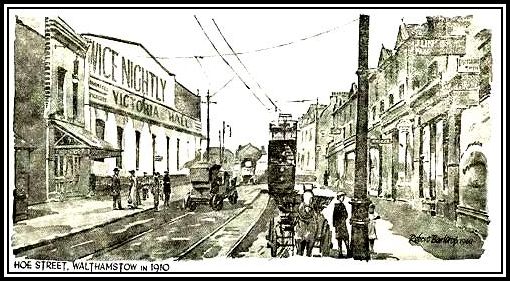 The Victoria Hall in 1910 – gratefully reproduced by permission of The McGuffins Film Society
The Victoria Hall in 1910 – gratefully reproduced by permission of The McGuffins Film Society
——oooOOOooo——
The Victoria Hall was built with its auditorium parallel to Hoe Street. Prior to its demolition, Sidney Bernstein purchased the land directly behind the Hall and so was able to have the new theatre built perpendicular to the street, which allowed it to have a much larger auditorium.
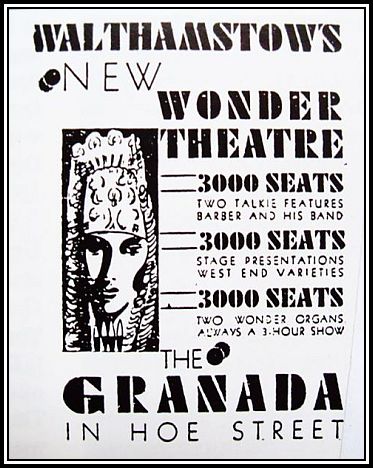 Reprinted with permission of The McGuffin Film Society Commemorative Brochure
Reprinted with permission of The McGuffin Film Society Commemorative Brochure
(The Theatre had an actual seating capacity of 2,697)
As with the Granada Theatre Dover, Cecil Massey was the architect of the new Granada Theatre Walthamstow. The exterior was built in Spanish style with a façade of white stucco that extended the full width of the building along Hoe Street. Mr. Massey provided an entrance block that was off-centre, which he topped with a rounded gable while the roofs of the side blocks were covered with brown tiles.
There were three steps leading up to the entrance with a canopy above it that extended out to the roadway. The edges of the canopy were used to advertise the names of the films and stars along with the hours of operation. On either side of the entrance facing the street were large picture frames used to hold posters and film stills of the current and perhaps future presentations.
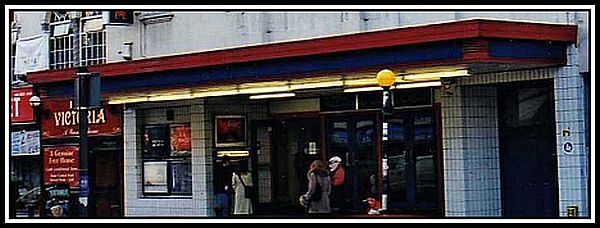 The Canopy, the Picture Frames & the Entrance to the Passageway
The Canopy, the Picture Frames & the Entrance to the Passageway
Above the entrance canopy is a tall tripartite window and a triple arch with spiral columns. On either is a narrow window in the same style.
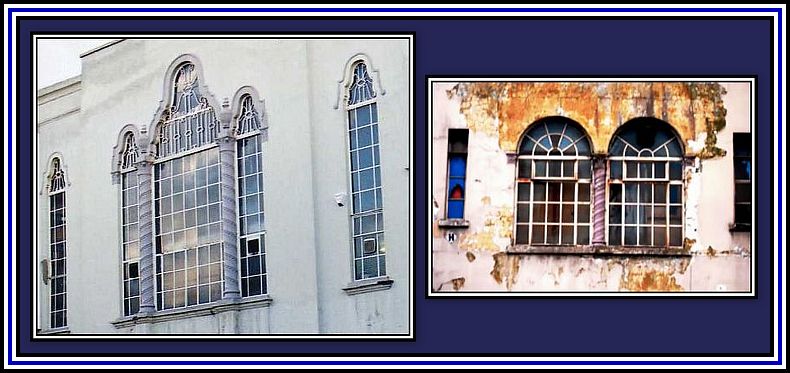 Left: The Tripartite & Side Windows of the Entrance Block
Left: The Tripartite & Side Windows of the Entrance Block
Right: Right wing windows – from Save Our Screen – Articles
On either side of the entrance block are two wings with shopping areas on the ground floor. Separating the smaller right wing from the entrance was a covered passageway that extended along the back of the theatre. The left wing accommodated a larger number of shops its ground floor and over the years these shops have housed a variety of enterprises several of which were part of Granada Limited.
A Miss Candy Sweetshop at one time occupied the adjacent shop to the entrance, but more about these establishments a little further down the page. Other occupants of these shops were the Victoria Public House, the Carpet Design Centre and Granada TV Rental, which was once a very lucrative business operated by Granada Limited during the 1960s.
The faςade of the first floor was punctuated by pairs of round headed windows separated by spiral columns and occupying the first floor of the left wing was a restaurant-cafe. The Granada Theatre Dover did not have a cafe or restaurant, but such additions became a feature of many of the additional theatres built for the circuit during the 1930s.
The Granada Theatre Walthamstow departed from convention with its placement of the box office. Most British cinemas at the time of construction had their box office well inside the main foyer while it was the American fashion to have it actually outside of the theatre. The box office of the Granada Walthamstow broke with tradition and positioned it in the outer foyer area once patrons had passed through the main entrance doors. Following the purchase of tickets, patrons made their way through a second set of doord and passed into the large entrance hall. This second set of doors was apparently removed in 1968.
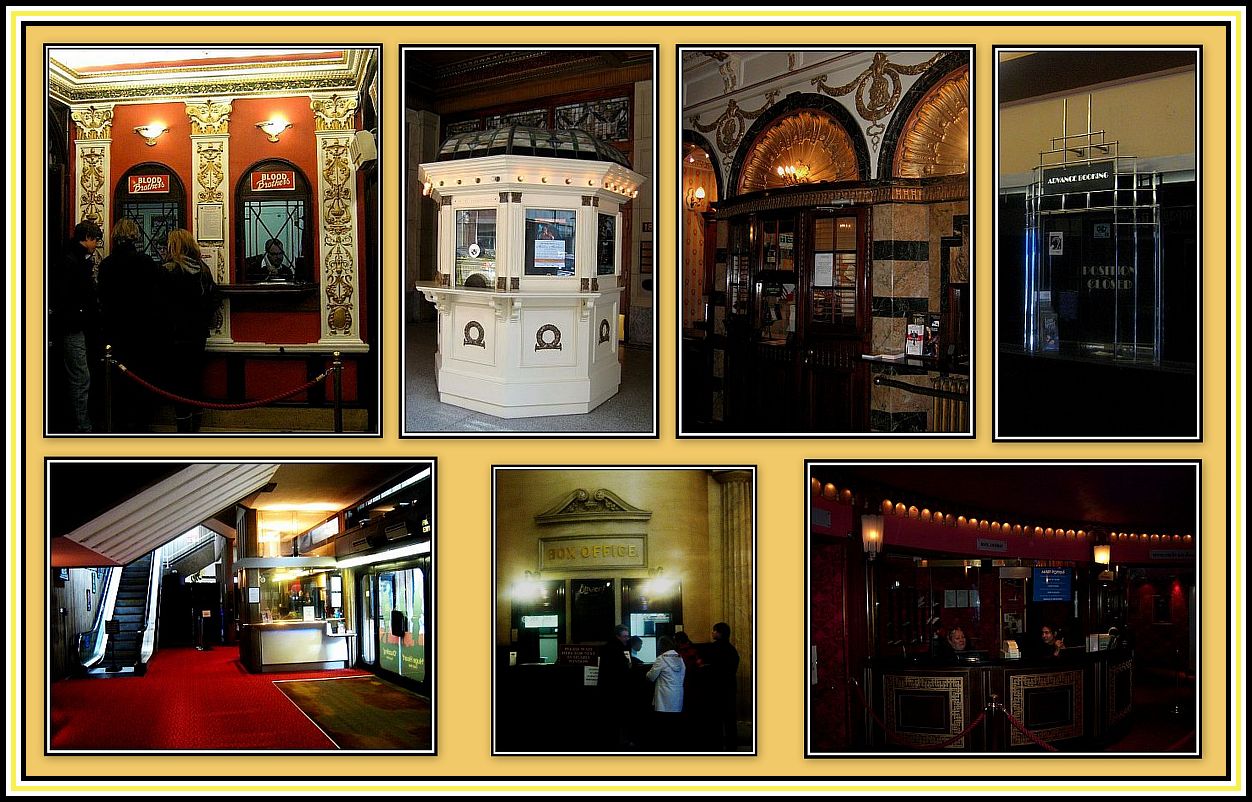 The Box Office
The Box Office
Top Row, left to right: Phoenix Theatre,
Elgin-Winter Garden Theatre, Toronto (outside the theatre), Aldwych Theatre & Adelphi Theatre
Bottom Row, left to right: New London Theatre, Theatre Royal Drury Lane & Prince Edward Theatre
The entrance hall is large with a high ceiling and the side walls decorated with fluted ionic pilasters with large round headed mirrors between them. A small decorative shelf is found at the base of each mirror, which oftentimes held flower arrangements.
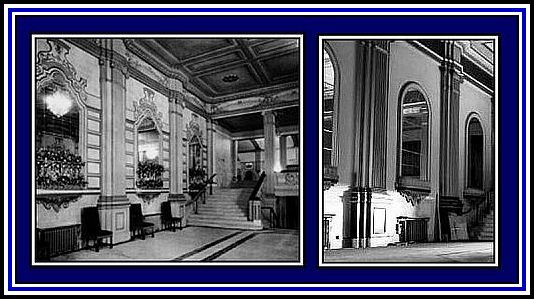 The Entrance Hall
The Entrance Hall
Left: before and Right: after refurbishment
(If any reader can shed light on when this occurred,
please be kind enough to contact me – thank you)
Reprinted with permission of The McGuffin Film Society Commemorative Brochure
Theodore Komisarjevsky discussed the choice of 17th Century Spanish Baroqueas the decorative style of the entrance hall in an article for the opening programme and which was reprinted in The Ideal Kinema (9th October, 1930 edition). Mr. Komisarjevsky wrote, and here I quote from his text, that he ……. was inspired by the work of Juan Bautista de Toledo and Juan de Herrera and who together built the Royal Palace of Aranjuez …… He assumes that a number of readers will recognise his inspirations and wrote ……. I do not need reminding since I am already aware of them.
Although I admire Mr. Komisarjevsky, I had to smile when I read his account from whence came his inspirations! I wonder how many of us who without the benefit of a broad Fine Arts education and without having the time to pour over books and visit the places of inspiration would have recognised these origins? I suspect that Mr. Komisarjevsky who was known to have an impish sense of humour was perhaps taking the Michael out of us! Today, thanks to the Wickipedia, we are able to gain a quick knowledge of a subject without leaving our computers, which can serve as our inspiration to delve deeper once we have both the time and the inclination.
——oooOOOooo——
Meanwhile, and out of interest, who were these inspiring men?
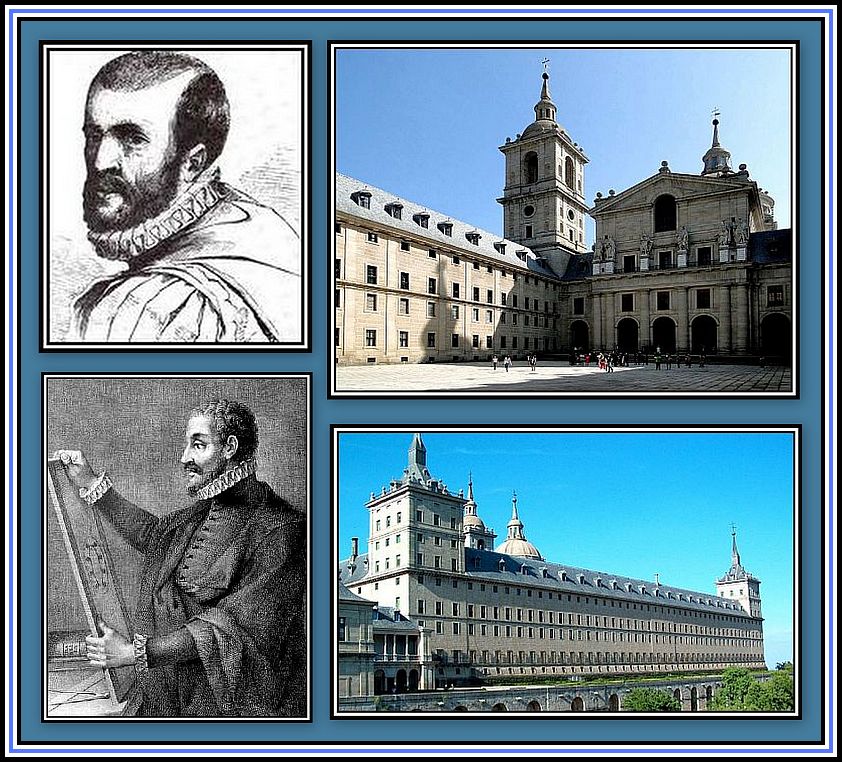 Top Left, Juan Bautista de Toledo; Bottom Left, Juan de Herrera
Top Left, Juan Bautista de Toledo; Bottom Left, Juan de Herrera
Top & Bottom Right, views of El Escorial
El Escorial or as it is officially known, the Royal Seat of San Lorenzo de El Escorial is an historical residence of the King of Spain. It was built in the town of San Lorenzo de El Escorial, which is about 28 miles northwest of Madrid. It is one of the Spanish royal sites and functions as a monastery, royal palace, museum, and school. King Philip II engaged Juan Bautista de Toledo to collaborate in the design of El Escorial and to oversee the construction. Its cornerstone was lain in 1563 and it would take less than twenty-one for it to be completed in 1563. However, he did not live to see its completion and direction then passed to his apprentice, Juan de Herrera. Men of inspiration, indeed!
——oooOOOooo——
The floor of the entrance hall was of a marble covering and a large glass chandelier hung from the ceiling along with a number of smaller but similar fittings. At the time of opening, there were a number of tables and seats around the perimeter, which were also designed by Theodore Komarisjevsky and were for display rather than use.
Once inside the entrance hall, the patron finds a small central staircase at the far end that leads down to the auditorium and stalls.
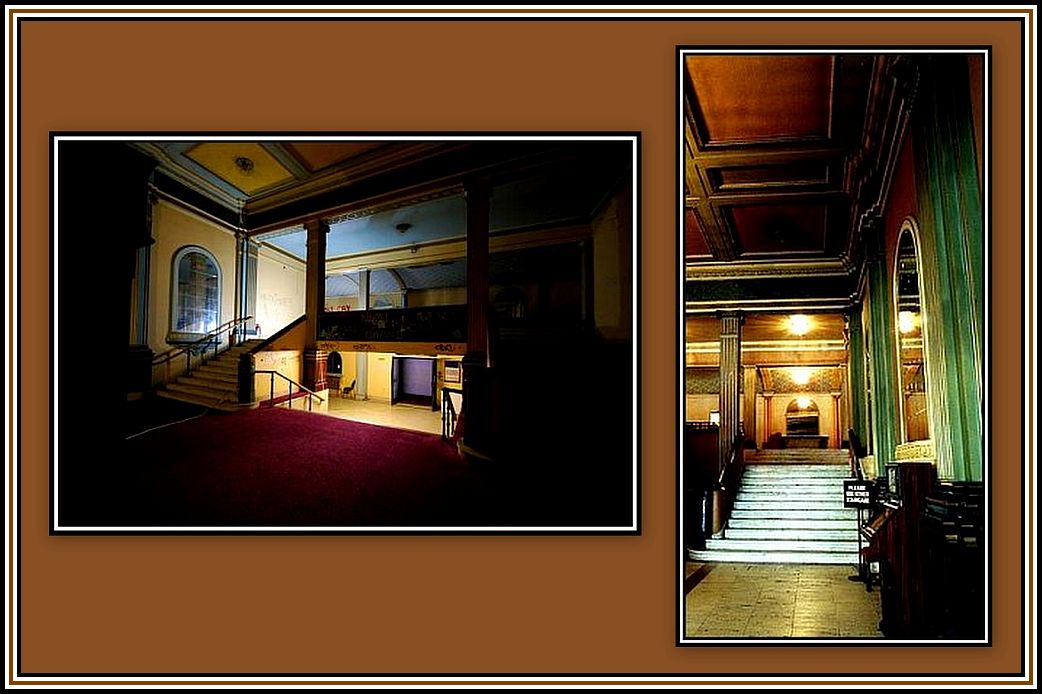 Left: The central staircase at the far end of the entrance hall leading down to the stalls; on the left is one of the two staircases leading up to the balcony promenade;
Left: The central staircase at the far end of the entrance hall leading down to the stalls; on the left is one of the two staircases leading up to the balcony promenade;
Right: the right-hand staircase
On either side of the central staircase are staircases that lead up to the balcony promenade where once a grand piano was positioned and was played to welcome customers. This piano was removed when the theatre was sold The Cannon Group in 1990.
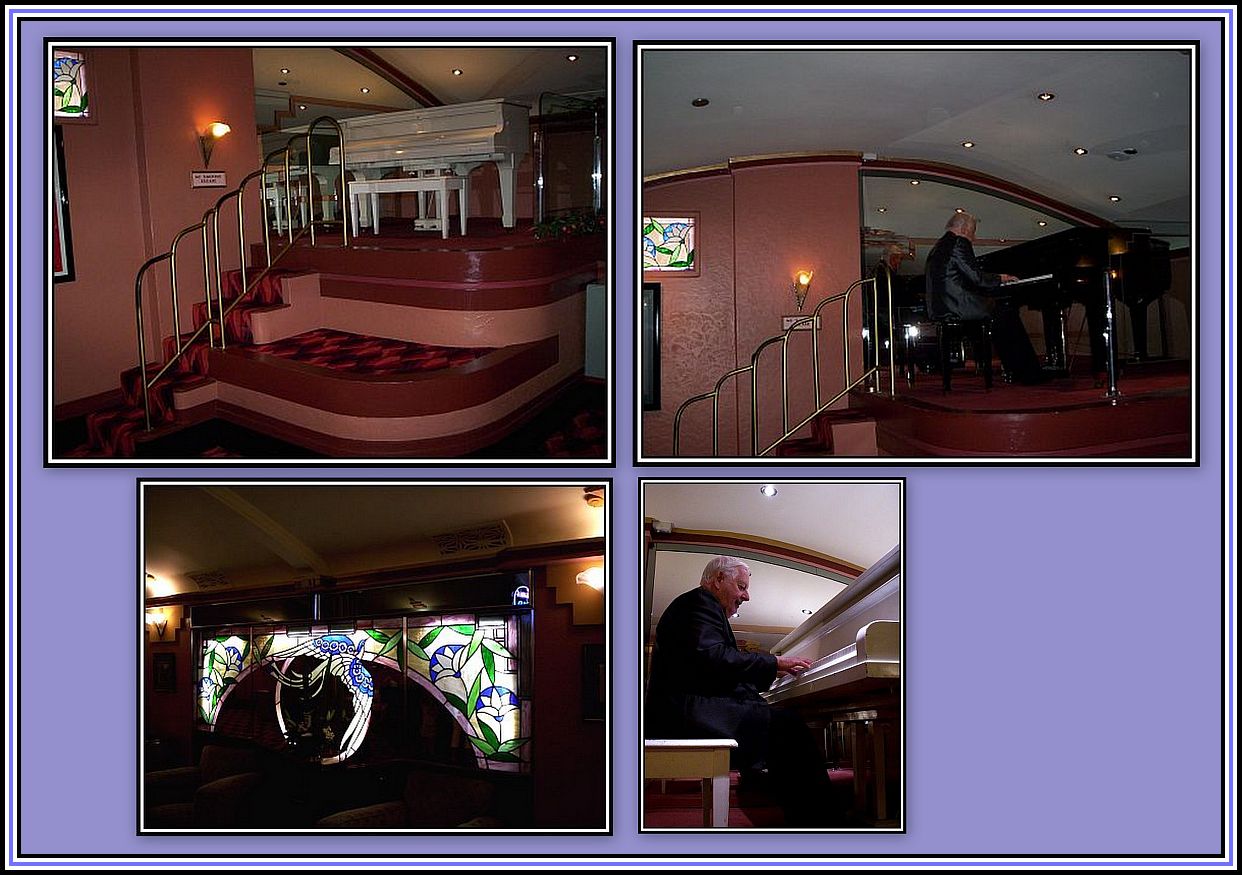 The Piano at Hayden’s Orpheum, Sydney
The Piano at Hayden’s Orpheum, Sydney
The piano is maintained in the bar of the principal cinema
and played before each performance
Bottom left: a example of the Art Deco wall decoration found in the bar
Apparently there was also a marble-topped table positioned in the balcony promenade, however this was stolen in the 1990s. I am told by The McGuffins that the table has never been recovered and the perpetrators have unfortunately not been brought to justice to receive suitable punishment for their crime.
Again, as with the entrance hall, around the walls of the carpeted balcony promenade were once found occasional tables and chairs designed for show rather than use by Theodore Komisarjevsky. The carpeted barrel-vaulted walkway is illuminated by small chandeliers hanging from the ceiling and the side walls are once again decorated with fluted ionic pilasters with round headed mirrors between them.
Entrance to the balcony was made at either end of the promenade by climbing a few steps and passing through doors that led into the balcony area. This was in contrast to the situation at the Granada Theatre Doverwhere the balcony steps were inside the auditorium.
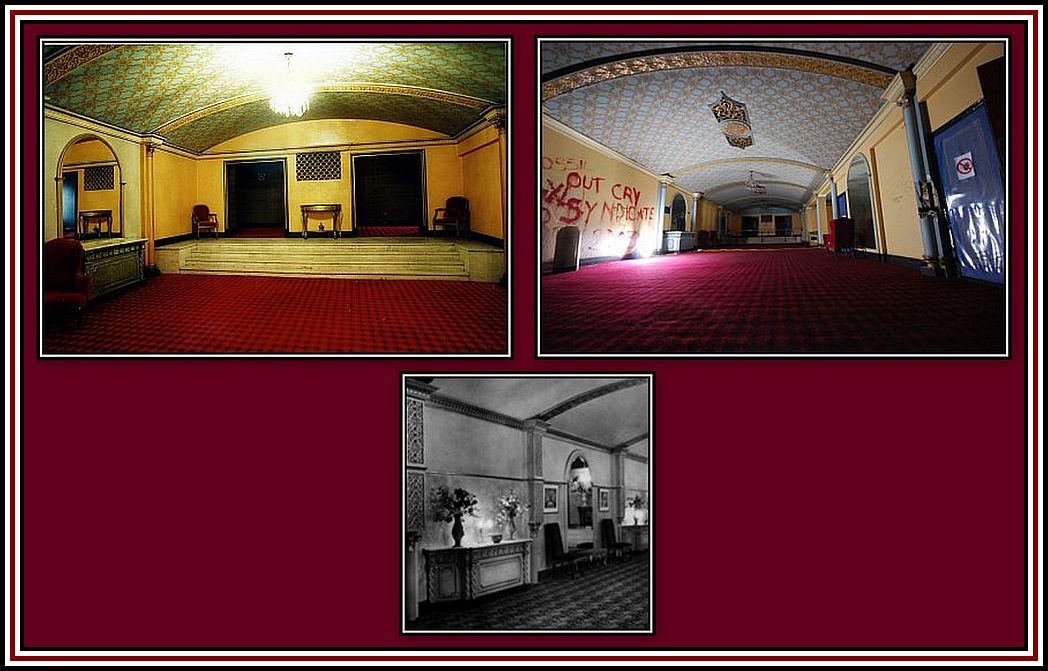 The Balcony Promenade and entrance to the Balcony over the years
The Balcony Promenade and entrance to the Balcony over the years
Bottom: as it originally was
There was a covered walkway at the back of the balcony, above which was the projection area.
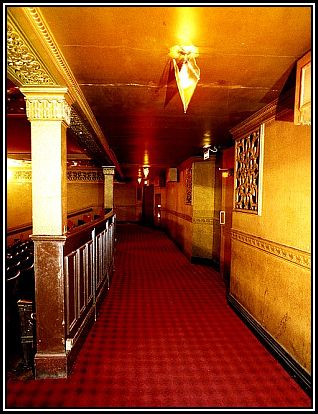 Walkway at the rear of the Balcony
Walkway at the rear of the Balcony
As with the Granada Theatre Dover, a Moorish decorative theme was chosen to decorate the auditorium of the Granada Theatre Walthamstow. Theodore Komisarjevsky discussed the choice again in his article for the opening programme and which was reprinted in The Ideal Kinema (9th October, 1930 edition). He wrote, and here I quote once more ……. I have endeavoured to give an impression of old Moorish architecture under modern conditions and surroundings …… which is basically what he had to say when he discussed his decorative choices for the Granada Theatres at Tooting and Woolwich (see later).
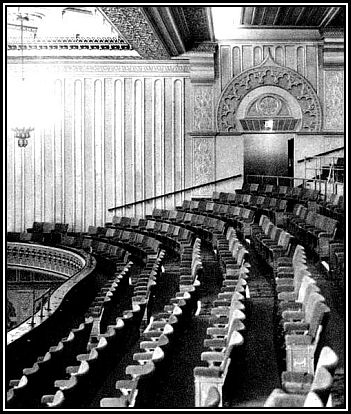 The front seating of the balcony was in undulating rows,
The front seating of the balcony was in undulating rows,
which was a feature of Cecil Aubrey Masey’s work
The ceiling over the front stalls is decorated with a number of geometric shapes including a central star-like form, which has a chandelier in its centre. There were four additional chandeliers hanging from the corners. Separating this area of ceiling from the remainder above the balcony is a decorative beam.
The ceiling decoration over the balcony is of an orderly lattice design divided into three sections with the central section set in deeper recess. A chandelier hung from the centre of each section.
The side walls of the auditorium were decorated from mid-balcony to the Proscenium Arch with ornate Moorish-inspired arches and grill work.
The Proscenium Arch consisted of a series of orderly decorated steps that project back into the stage area. There was an orchestra pit from which an organ console rose up on a lift.
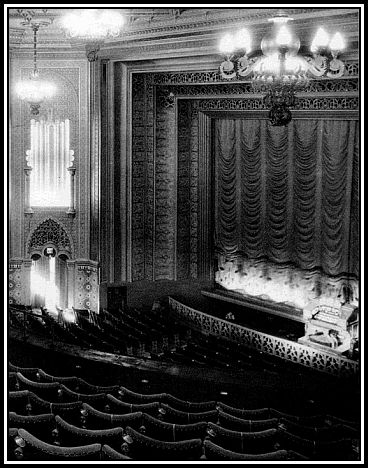 The Prosenium Arch, Side Wall & Organ Console during the 1930s ……..
The Prosenium Arch, Side Wall & Organ Console during the 1930s ……..
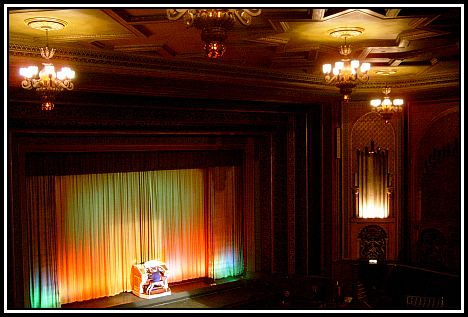 ……. and at a later time – note that the orchestra pit has been covered over
……. and at a later time – note that the orchestra pit has been covered over
(Photograph provided by John Leeming, Cinema Organ Society)
——oooOOOooo——
The theatre opened on the 15th September, 1930 with the showing of Splinters. This film was a thriller and starred Nelson Keys and Sydney Howard. Apparently no copies of the film are believed to exist in British film archives.
The opening took place on a Monday evening and had been postponed from the previous Thursday. Had it opened on the original date, Welcome Danger, starring Harold Lloyd, would have been the opening presentation.
The opening ceremony was a carbon copy of that of the Granada Theatre Dover. Again, once the curtains slowly began to open at the instigation of the toastmaster, Messrs. Massey, Komisarjevsky et al were seen with quills in hand and looking as if they were feverishly working. At the mention of their names, each participant momentarily looked up, and froze for a second or two and then returned to his work. The tableau was greeted by thunderous applause, far greater than that received at Dover. It is unfortunate that Movietone Newsdid not capture this remarkable scene on film for posterity!
Following this remarkable piece of showmanship, the opening programme began with a stage show with West End Varieties with Barber & His band and two organists. Sidney Bernstein had promised patrons always a three hour show. After June 1931, Barber et al was replaced by Leonardi & His Band who had been sent back from Dover once the management there began to cut expenses. Leonardi & His Band performed daily at the Granada Walthamstow and also performed double duty daily at the Rialto Leytonstone.
The theatre had been equipped with a Christie Organ (built by the British firm of Hill, Norman & Beard) as had the Granada Theatre Dover and remained as a regular feature until 1956. After this, it was used for special recitals only. The organ was a 12 Rank (of pipes) organ with two three-manual (keyboard) consoles, one in the orchestra pit and another on the stage level on a dolly, which was played on the theatre’s last night as a cinema in 2003. The console in the pit has not been played since the stage was extended to accommodate the Count Basie Orchestra when they appeared at the theatre in November 1957. Despite flood damage later, the console still exists. The organ was restored in the 1970s and is the only original Christie Organ still in place in a cinema. (Although there is a Christie Organ at the Curzon Clevedon, this is a recent installation and not original to the cinema.)
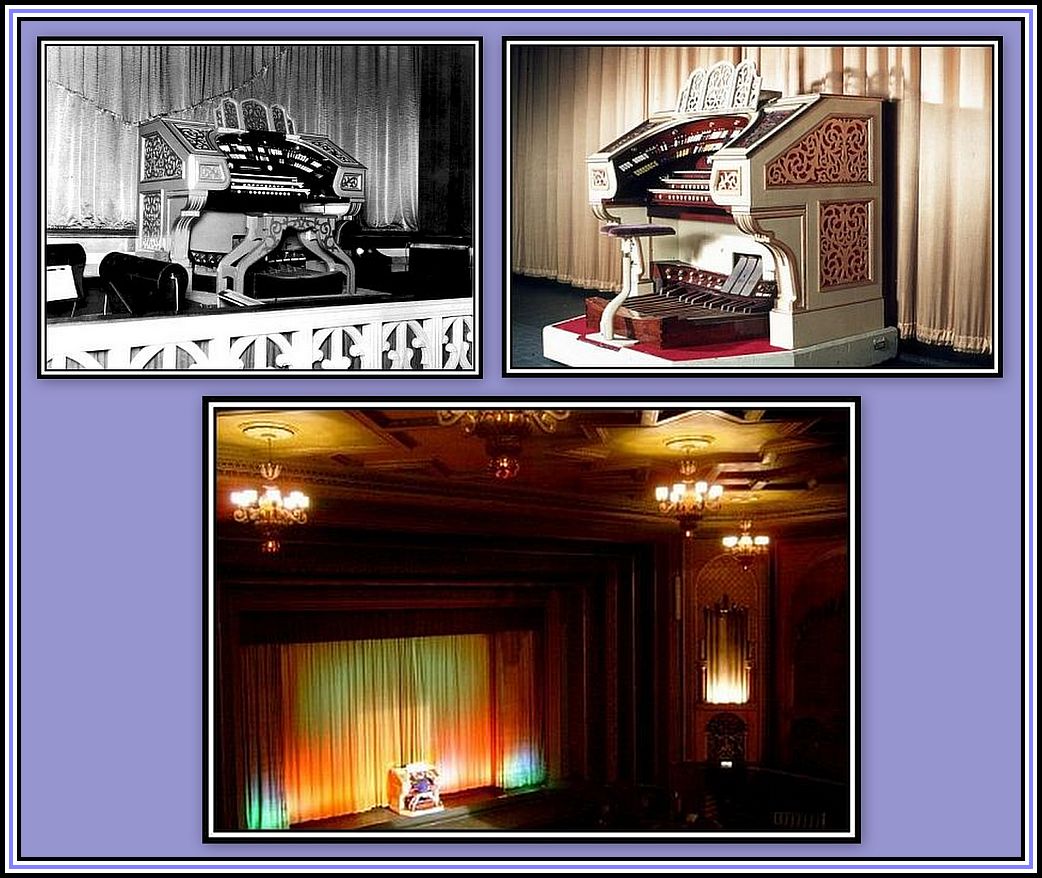 The Christie Organ
The Christie Organ
Top Left: the pit console in the 1930s; Top Right: the stage console;
Bottom: View from the Balcony
(Photographs provided by John Leeming, Cinema Organ Society)
The organist at the opening was Charles Willis who had played at other prestigious establishments including the New Gallery in Regent Street. Miss Josie (Josephine) Bradley, a prominent pianist, vocalist and songwriter, was also present and sat at the stage console. These two virtuosos were introduced in the programme and on the canopy as Mr. and Miss Smith.
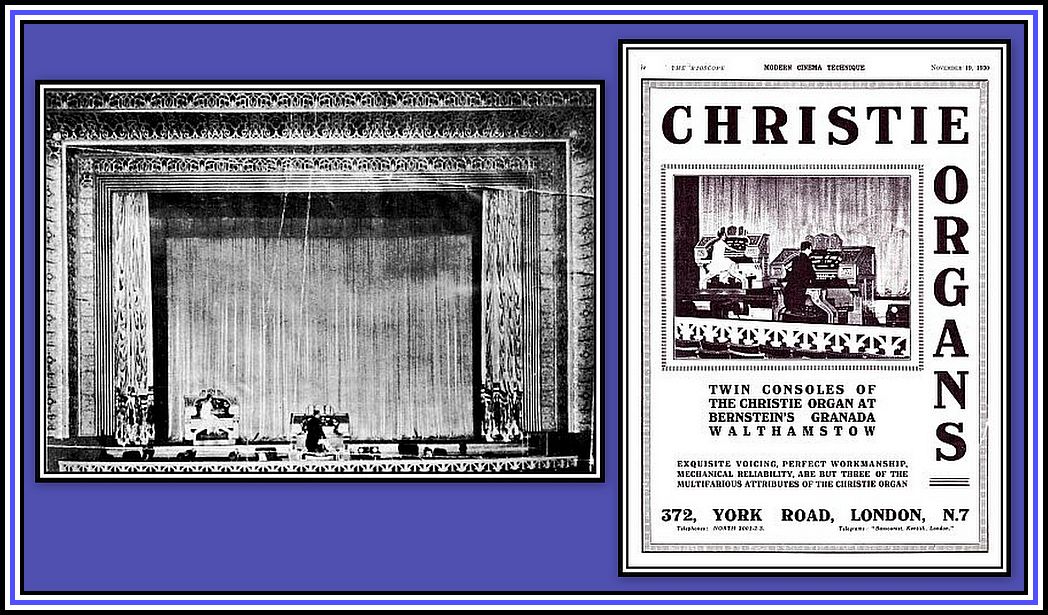 Mr. and Miss Smith
Mr. and Miss Smith
Left: on stage on opening night (1930)
Right: advertisement with Mr. and Miss Smith
(Photographs provided by John Leeming, Cinema Organ Society)
Incidentally Ms Josephine Bradley was well-known for her School of Ballroom Dancing and appeared on television during the 1950s with a regular series of lessons. She was also a band leader and led her own orchestra, Josephine Bradley & Her Ballroom Orchestra, which played in a similar style to that of Victor Silvester. The orchestra made a number of recordings, which have been reissued and are available to the public.
Mr. Willis was succeeded by Frank Matthew, who was resident organist until May 1932, when Harold Ramsay, the highest paid organist in the world, took his place.
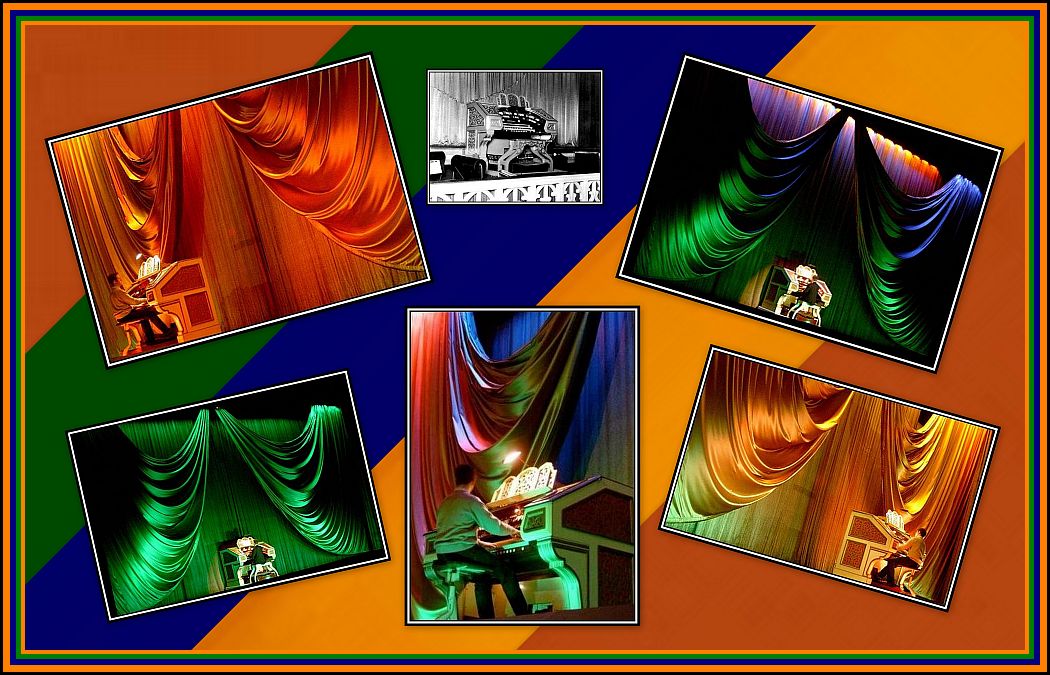 (Photographs provided by John Leeming, Cinema Organ Society)
(Photographs provided by John Leeming, Cinema Organ Society)
——oooOOOooo——
The following information was provided, with thanks, by Mr. John Leeming:
The organ had fallen into disuse by about 1970, and Granada gave permission to a group of people, under the auspices of the Theatre Organ Club, to restore the instrument. The work took about three years of working at weekends, and the instrument was first heard again by the public in summer 1976, when it was used as a prelude to a week’s run of The Sound of Music. The organ was played on alternate nights by John Abson and Allan Newman in sound only, the console being played from the stage wings. At that point the staff hadn’t got the confidence to risk pulling the console off the stage in readiness for the start of the show – the gap was only just big enough to allow the console to pass, and it was quite a delicate operation.
As time went on it was found that if the film was non-CinemaScope, there was room to leave the console on the side of the stage without blocking the screen, so the organ was occasionally used to play in the audience before the show, the last occasion (apart from the closing show in 2003) being in November 2002, when it was played by Adam Evans for the screening of Harry Potter and the Chamber of Secrets.
From 1976 until the closure of the theatre, Sunday Theatre Organ Concerts were held about four times a year, first by the Theatre Organ Club and later by the Cinema Organ Society, the last one being a Farewell to the Granada on 29th December 2002, featuring Simon Gledhill at the console. From time to time during this period the organ was used for broadcasting and recording; also the theatre hosted a couple of theatre organ workshops of demonstrations and guidance for the benefit of aspiring young theatre organists.
——oooOOOooo——
The administration claimed that the Granada Theatre Walthamstow had over nine million admissions during its first five years of operation. Obviously the theatre was a success and became much loved by the people of the area.
——oooOOOooo——
During the 1930s many cinemas were not allowed to open on Sundays. Granada campaigned strongly against this by bringing the matter to the attention of local authorities and to bring the matter to a vote. Once this was to occur, the company campaigned to persuade local residents to vote in favour of opening. Such campaigns were costly, but Granada Theatres began to open and the Granada Theatre Walthamstow opened on a Sunday for the first time in 1932.
In the early days of operation, new releases were shown from Monday through Saturday with revivals being shown on Sundays. Revivals were cheaper to screen and were charged at flat rates. Cinemas opened at 4.30 p.m. on Sundays and tended to show dramas with lots of action.
During the 1950s, which is when I used to go to the pictures on a Sunday afternoon, the majority of the audience for the first showings was mostly boys and young men, or teenagers, as they were starting to be called at that time (a term I always hated!). Young men, many of which were Teddy Boys, tended to be rowdy, and in 1954 in an attempt to keep them quiet, the management of the Granada Walthamstow began playing ‘records prior to the start of the show. This attempt to soothe the crowd soon spread to the other theatres and by 1957 most were featuring local talent shows between the films with a cash prize being offered after a series of heats. Most of the acts were skiffle groups, as Skiffle was very popular at the time thanks mainly to Lonnie Donegan, The Vipers and The Chas McDevitt Skiffle Group with Nance Whiskey. In addition, it was also common practice at many Granada Theatres to hold Beauty Competitions.
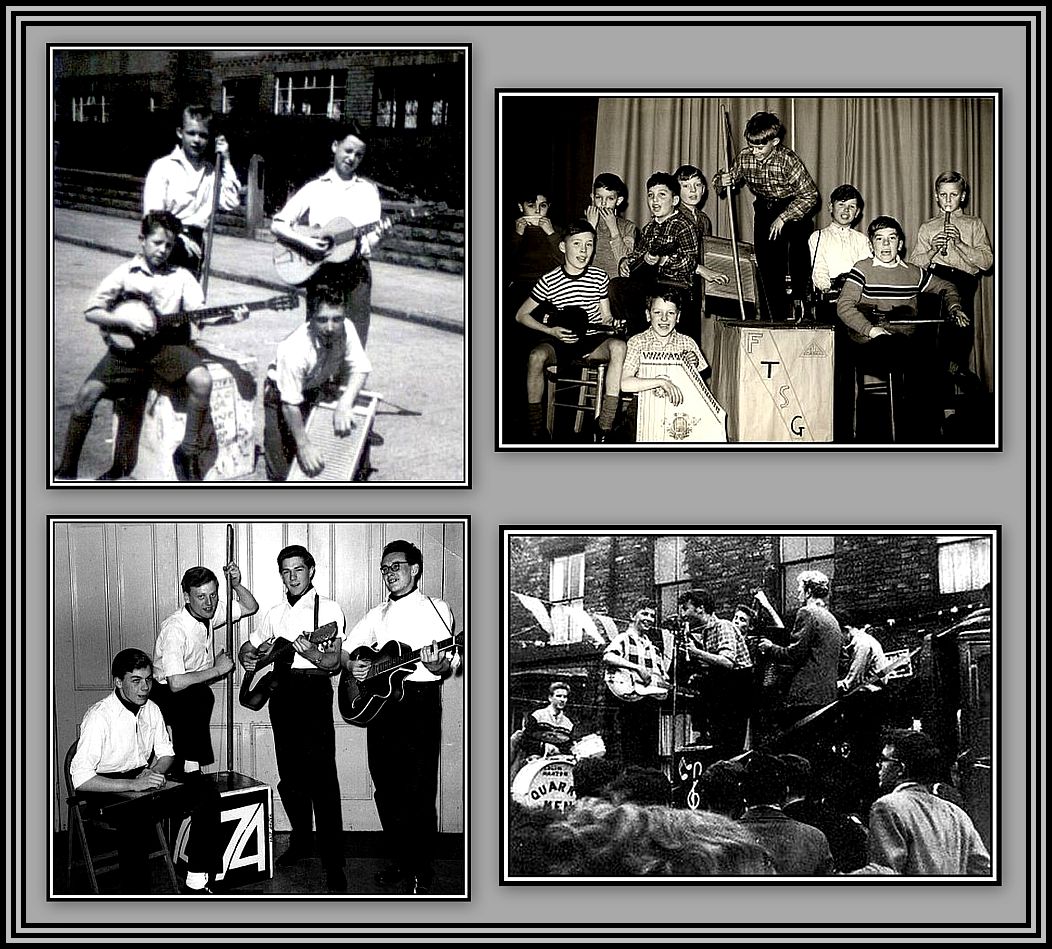 Amateur Skiffle Groups (1950s)
Amateur Skiffle Groups (1950s)
Bottom Right: The Quarrymen with John Lennon at the centre
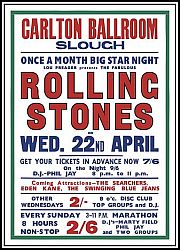 I remember going to some Sunday showings when I moved to Langley. Generally we went dancing at the Carlton Ballroom in Slough High Street during the early afternoon and then if we had not meet any of the girls that we liked, we moved on to the cinema. Few of us were interested in watching the films. They still show previously released films at that time and most were never anything special, as I recall, and we spent most of our time talking and wandering and larking about until we found a girl to pair off with. Many of the male patrons of other Granadas Theatres were apparently less courteous and used to slash the seats with knives brought especially for this purpose and behave generally in a disruptive manner including the hurling of missiles at the screen!
I remember going to some Sunday showings when I moved to Langley. Generally we went dancing at the Carlton Ballroom in Slough High Street during the early afternoon and then if we had not meet any of the girls that we liked, we moved on to the cinema. Few of us were interested in watching the films. They still show previously released films at that time and most were never anything special, as I recall, and we spent most of our time talking and wandering and larking about until we found a girl to pair off with. Many of the male patrons of other Granadas Theatres were apparently less courteous and used to slash the seats with knives brought especially for this purpose and behave generally in a disruptive manner including the hurling of missiles at the screen!
When screened, this film brought a number of headaches to many theatre managers, as a number of patrons enjoyed dancing in the aisles while others enjoyed destroying the seats
——oooOOOooo——
During the Second World War (1939-1945), all cinemas were required to close at 9 p.m., which caused attendance to fall. Many of the audience remained in the theatre and used it as a shelter following the presentation. This meant maintaining the staff in place. Eventually the manager was forced to request that people use the nearest official shelter unless full. Apparently 1942 was a better year for attendance, as a result of less intense enemy bombing on London. However, once the V1 Flying Bombs (Doodlebugs) began their torment and damage of London, attendance fell once more.
 The V1 Flying Bomb landed next to a railway bridge on Grove Road, Mile End, London
The V1 Flying Bomb landed next to a railway bridge on Grove Road, Mile End, London
and eight people were killed during the attack
In August 1944, a Doodlebug exploded about a hundred yards from the theatre and caused damage to the roof and foyer and caused the closure of the theatre for three months. Apparently the theatre was only able to reopen at the end of November thanks to the diligence and ingenuity of the staff who managed to forage what was needed to patch the roof.
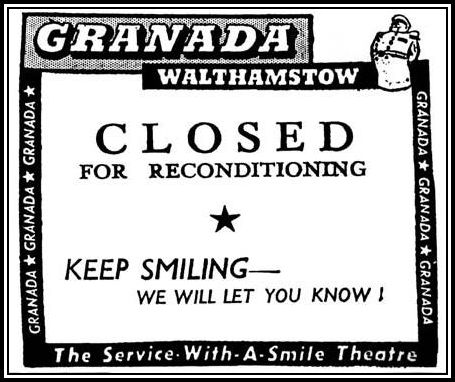 Reprinted with permission from The McGuffin Film Society Commemorative Brochure
Reprinted with permission from The McGuffin Film Society Commemorative Brochure
I recently learned that the foyer of the theatre was used as a makeshift morgue during the war after the bomb that landed nearby killed several people.
The Cafe-Restaurant at the Granada Walthamstow remained popular during the war years, but it seems others were not. Those of the Granadas North Cheam and Clapham Common closed at the start of the war and never reopened. The Cafe at the Granadas Tooting closed in 1940 and although it reopened after the war, it soon closed permanently.
Once the war ended, to celebrate the peace accord every theatre in the circuit switched on its lights before a huge crowds waiting in the street. The Granada Tooting’s lights were turned on by their local M.P. from the stage while 4,000 plus people in the street apparently sang and danced along with actress Jean Kent. I cannot find any information as to how the festivities were celebrated at Walthamstow.
——oooOOOooo——
In the late 1940s, a number of Granada Theatres presented live shows on Sundays in place of the usual film revivals. The Granada Theatre Tooting was often chosen for more important events, such as presenting concerts by stars concurrently appearing at the London Palladium, which was closed on Sundays. I can only find evidence of one such act, The Ink Spots, appeared at the Granada Theatre Walthamstow, and this was in September 1949. Johnnie Ray and Guy Mitchell also appeared at the theatre and gave several concerts, but this was later in 1957, as part of a tour of a number of theatres and halls.
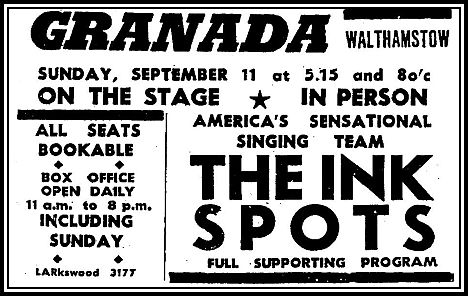 Reprinted with permission from The McGuffin Film Society Commemorative Brochure
Reprinted with permission from The McGuffin Film Society Commemorative Brochure
I have always liked The Ink Spots and especially liked them when I was a kid. My parents had a number of their ‘records and I used to enjoy singing along with them (what do I mean, used to enjoy ……? I still do!).
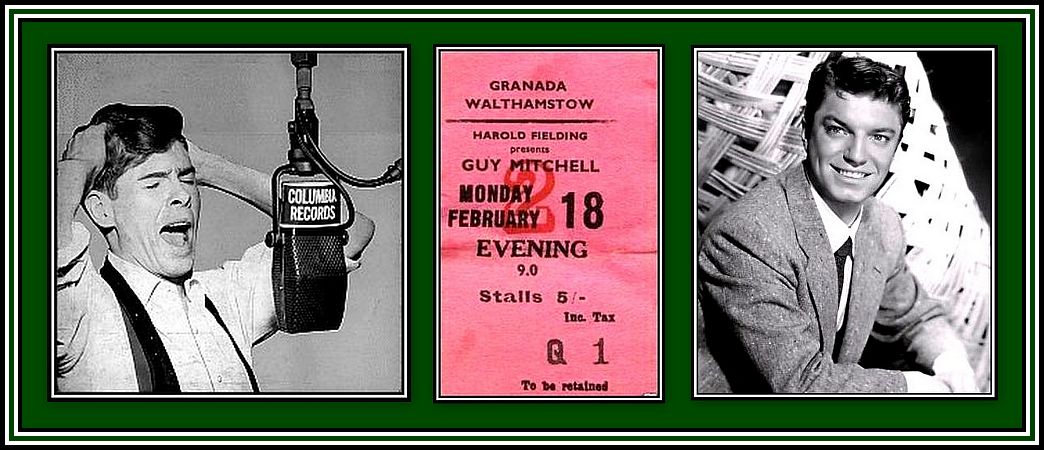 Left: Johnny Ray; Right: Guy Mitchell
Left: Johnny Ray; Right: Guy Mitchell
——oooOOOooo——
As I have said elsewhere, 1946 was a record year for cinema attendance. However public taste including what the public found entertaining was about to change. The shifting tastes of society was to have a profound effect on film makers and send shivers throughout the entire film industry and was to reverberate throughout the British Cinema Circuits and Independents alike resulting in a steady decline in admissions.
Television was at the root of the decline in cinema attendance. Hollywood fought back by producing more films in colour and by the use of special effects, such as the introduction of a new Panoramic Wide Screen (1.8:1 aspect ratio) that was said to give a grander look to their presentations. Although the Granada Theatre Walthamstow received its new screen in 1953, it was not fully used, as the projectors lacked the correct aperture plates necessary.
Hollywood next introduced films made in 3-D and the Granada Theatre Walthamstow was the first to screen them in the area. The first film shown in 3-D at the theatre was Sangaree, which I hate to admit I have never heard of before! This was followed by a successful run of House of Wax. This was a costly film to present, as theatres screening it were required to hand over 50% of the takings to the film’s production company.
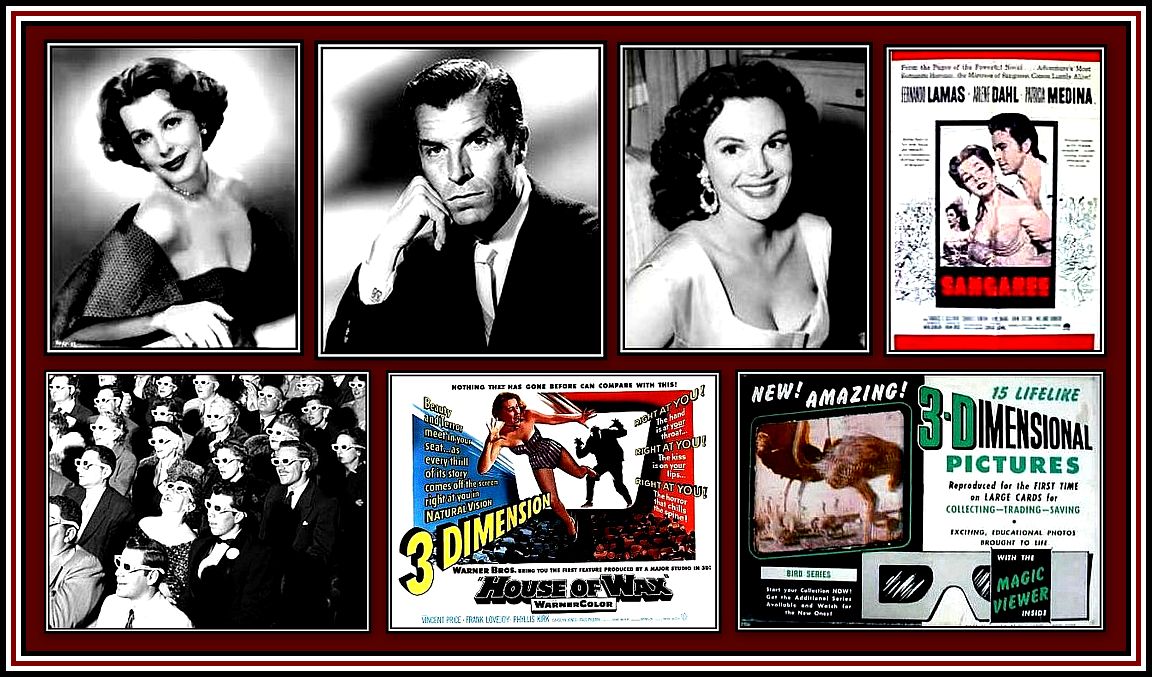 Top Left: Arlene Dahl; Top Middle: Fernando Lamas & Patricia Medina
Top Left: Arlene Dahl; Top Middle: Fernando Lamas & Patricia Medina
However, films made in 3-D were soon swept to one side following the premier of CinemaScope in the U.K. in June 1953. At this time, CinemaScope films were of an initial aspect of 2.55:1 and were made with stereophonic sound. 20th Century Fox required the installation of a special wide screen and the necessary equipment to fill the cinema auditoria with stereophonic sound. Although the Rank Organisation had an agreement to release 20th Century Fox’s films in the U.K., they balked at these imposed requirements and refused to comply. 20th Century Fox refused to budge and eventually looked elsewhere for cinemas willing to screen its films and it found a willingness in the form of the Granada Theatre and the Essoldo Cinema Circuits, which came to be known in the business, as the Fourth Circuit.
Twenty-eight speakers were installed around the auditorium of the Granada Theatre Walthamstow, which must have added to the dramatic content of the first CinemaScope spectacles produced by 20th Century Fox. Other Granada Theatres were less fortunate and had fewer speakers installed, generally between ten and eighteen.
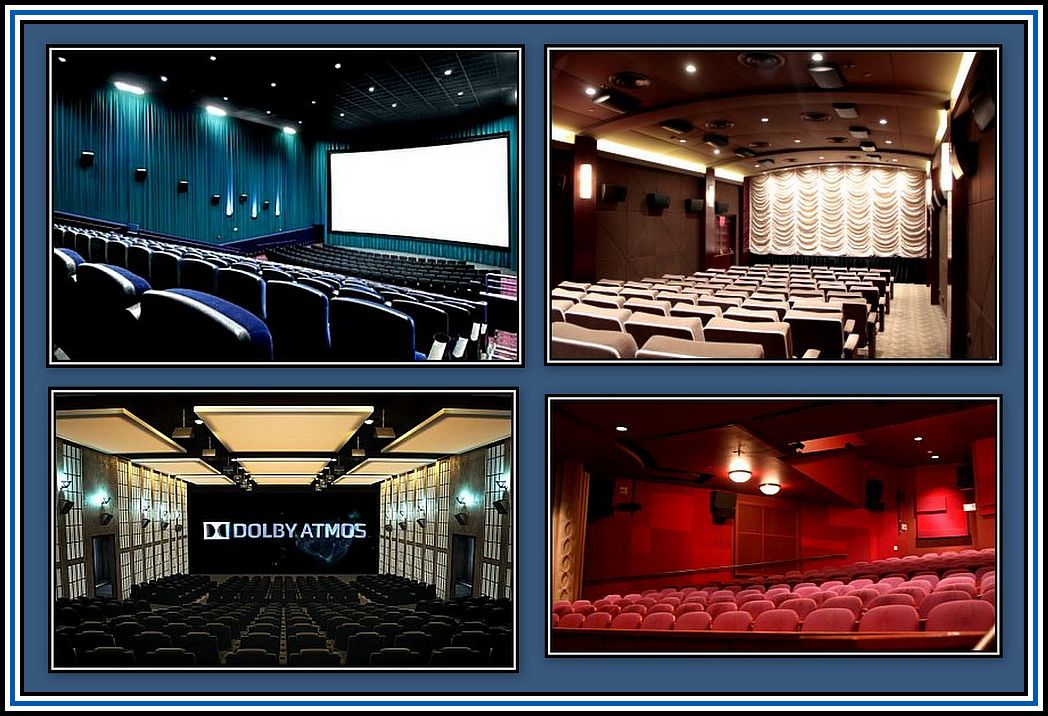 Modern Day Speakers positioned throughout the Auditoria
Modern Day Speakers positioned throughout the Auditoria
-oOo-
I have to admit that I am envious of those lucky enough to have seen, and heard, The Robe (which was the first film to be shown in CinemaScope at the theatre), Demetrius & The Gladiators and The Egyptian at the Granada Theatre Walthamstow. Although I was not especially impressed with the opening orchestral piece (Street Scene) of How to Marry a Millionaire, when I first saw it at the Empress Mare Street in 1954, I most certainly would be now were I to hear it bursting forth from twenty-eight speakers correctly positioned around the auditorium!
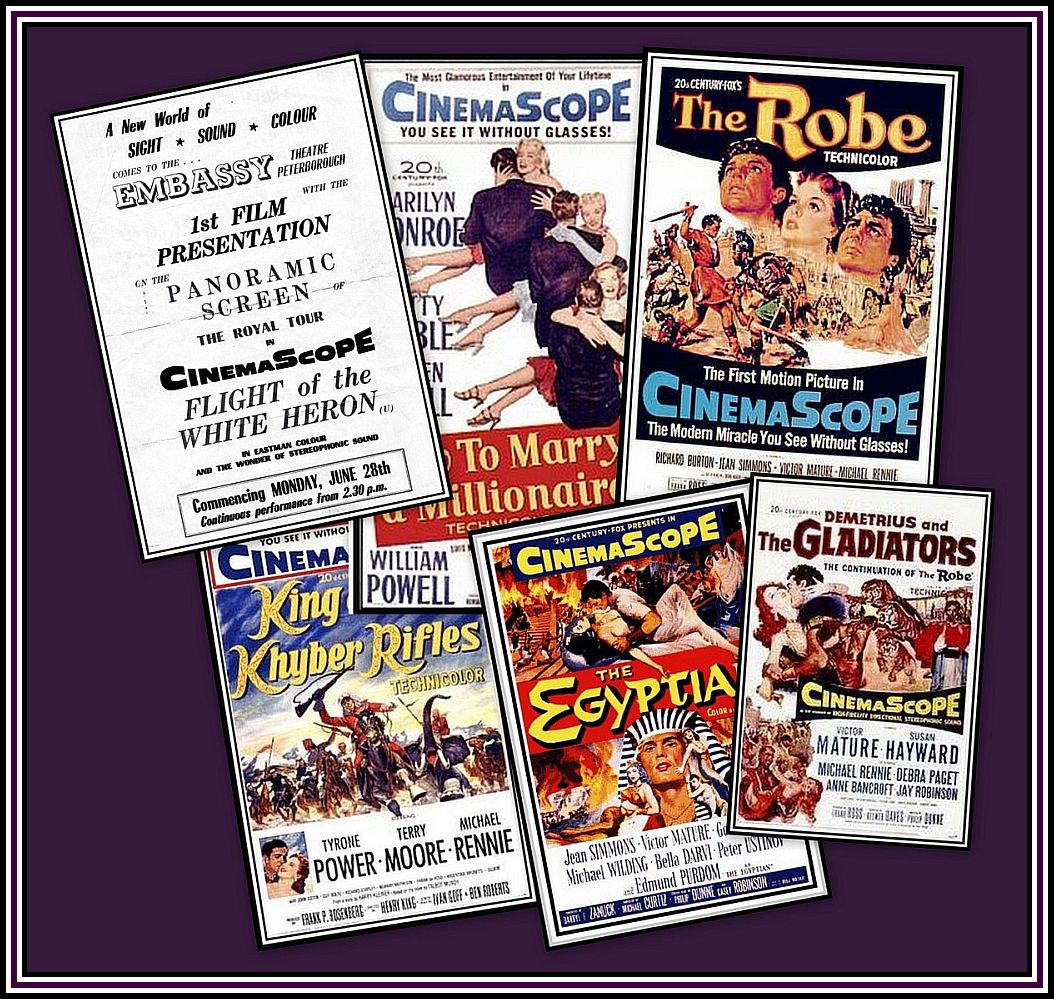 20th Century Fox’s First Presentations in CinemaScope
20th Century Fox’s First Presentations in CinemaScope
-oOo-
As the Granada Theatre Walthamstow was considered a top theatre by the Circuit Administration, it screened all of 20th Century Fox’s early CinemaScope presentations. It was even one of the few to screen That Lady, which had received bad reviews and which went on to do badly at the theatre and, as a result, did not receive a wide distribution throughout the Circuit.
That Lady had one very important thing in its favour and should not perhaps have been so quickly dismissed. Its importance lay in the fact that it was the first film made by Paul Scofield. Here, he plays King Philip II of Spain and earned a BAFTA award for his portrayal. Also of note is that the film was directed by Terence Young who went on to make three James Bond films, Dr. No, From Russia with Love and Thunderball, as well as some of the Hammer Horror films.
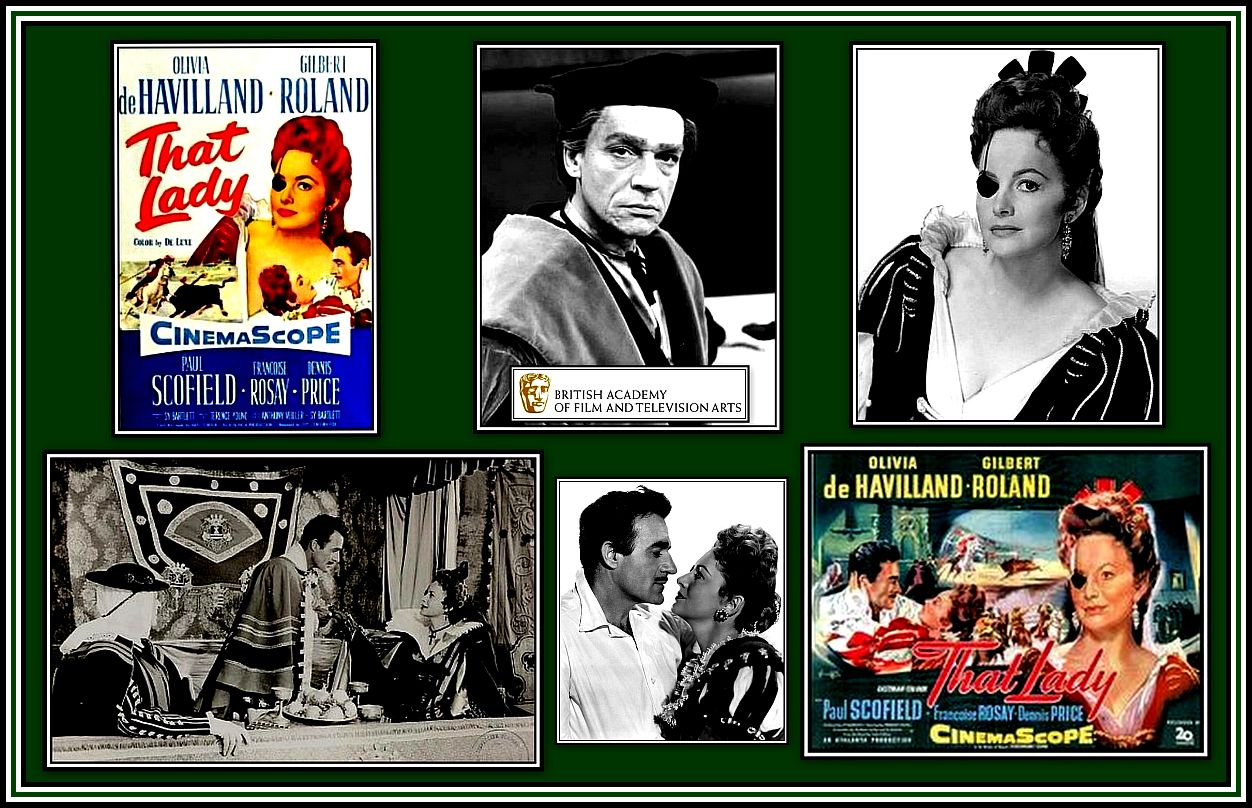 Top Middle: Paul Scofield; Top Left: Olivia de Havilland;
Top Middle: Paul Scofield; Top Left: Olivia de Havilland;
Bottom: Olivia de Havilland & Gilbert Roland
I have always been annoyed by this film, as I did not get a chance to see it at the Essoldo Bethnal Green since it was never shown there. It had been screened at the Empress Mare Street and even at the Standard Hackney, which I considered to be a very inferior cinema. At the time, I enjoyed films with fencing and I assumed that this film would be filled with such action.
Eventually I saw That Lady on a Toronto television channel on a wintery Saturday at noon. The film had been chopped to pieces to fit the time slot and abruptly ended without my knowing what happened. Since then, I have never seen the film advertised for showing either on television or at a revival theatre and have looked and looked for it, but to no avail. It has never been released on either videotape or DVD and, despite my writing to Fox/CBS Video, does not look as if it ever will. I fear that all prints have rotted away somewhere in the salt mine where 20th Century Fox stores its films. I am sure that it is not a good film and that, should I ever see it, I would find it to be so, but I would like very much to find this out for myself!
-oOo-
Although initially a great success, by November 1955, audiences were taking widescreen, CinemaScope and stereophonic sound for granted and to be no longer anything special. As a result, cinema attendance began to slump once more. The fact that the then-current 20th Century Fox presentations were not of the same quality as earlier ones could not have helped.
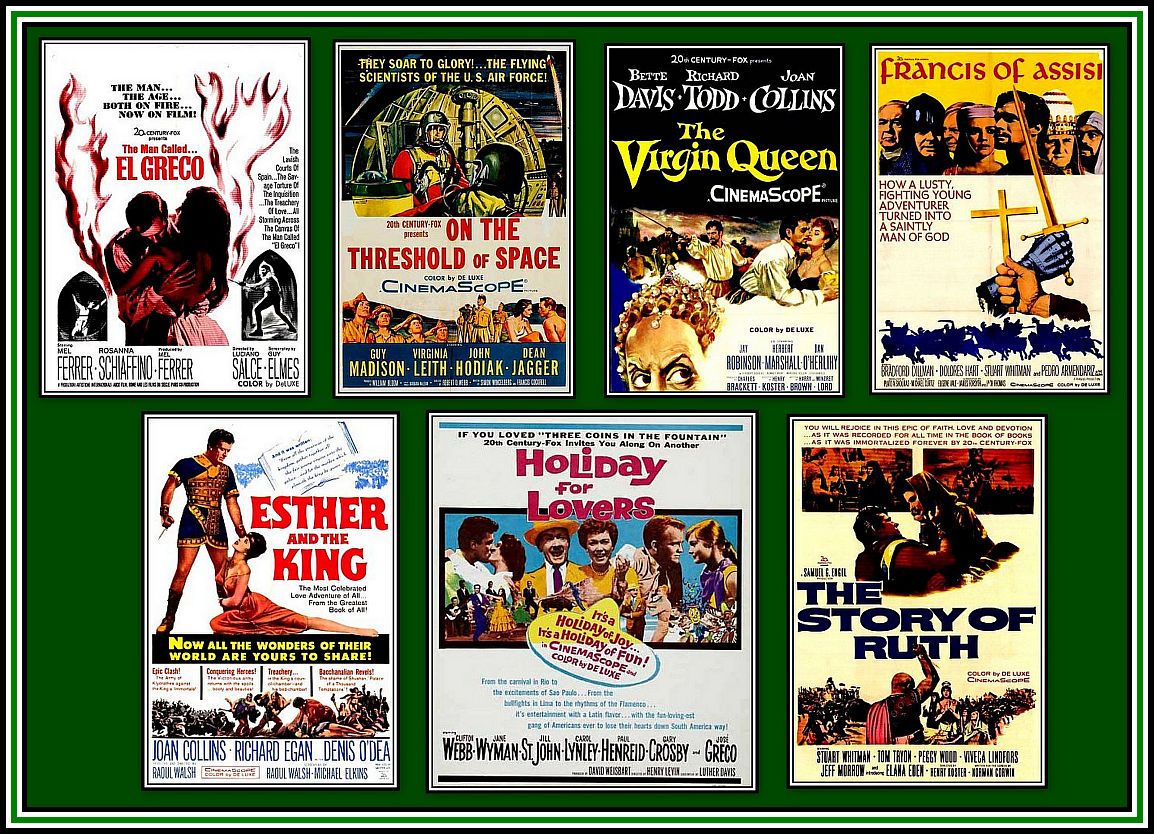 Less successful films made in CinemaScope and released by 20th Century Fox
Less successful films made in CinemaScope and released by 20th Century Fox
-oOo-
By January 1958, the Rank Organisation and 20th Century Fox resolved their differences and kissed and made up and Rank regained the right to screen their presentations. This now left many Granada Theatres without first dibs on these releases.
——oooOOOooo——
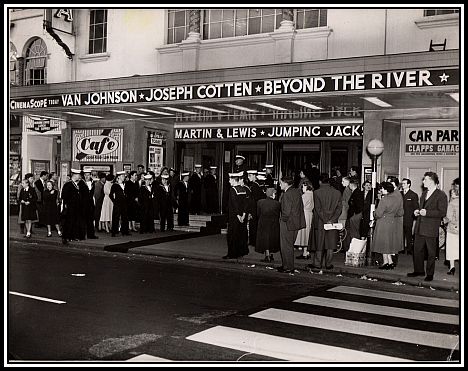 A special event at the theatre in 1956
A special event at the theatre in 1956
——oooOOOooo——
Since cinema admissions continued to slide despite Hollywood’s best efforts, the Granada Theatre Circuit looked for other ways to increase the revenue from its theatres.
One way came from the opening of sweetshops under the name of Miss Candy either in an adjacent shop to a Granada Theatre or else opening a counter area within its foyer. At one time a Miss Candy Sweetshop occupied the adjacent shop to the entrance of the Granada Walthamstow. This space was later occupied by The Victoria once the Charrington Brewery took over the Cafe-cum-Restaurant area.
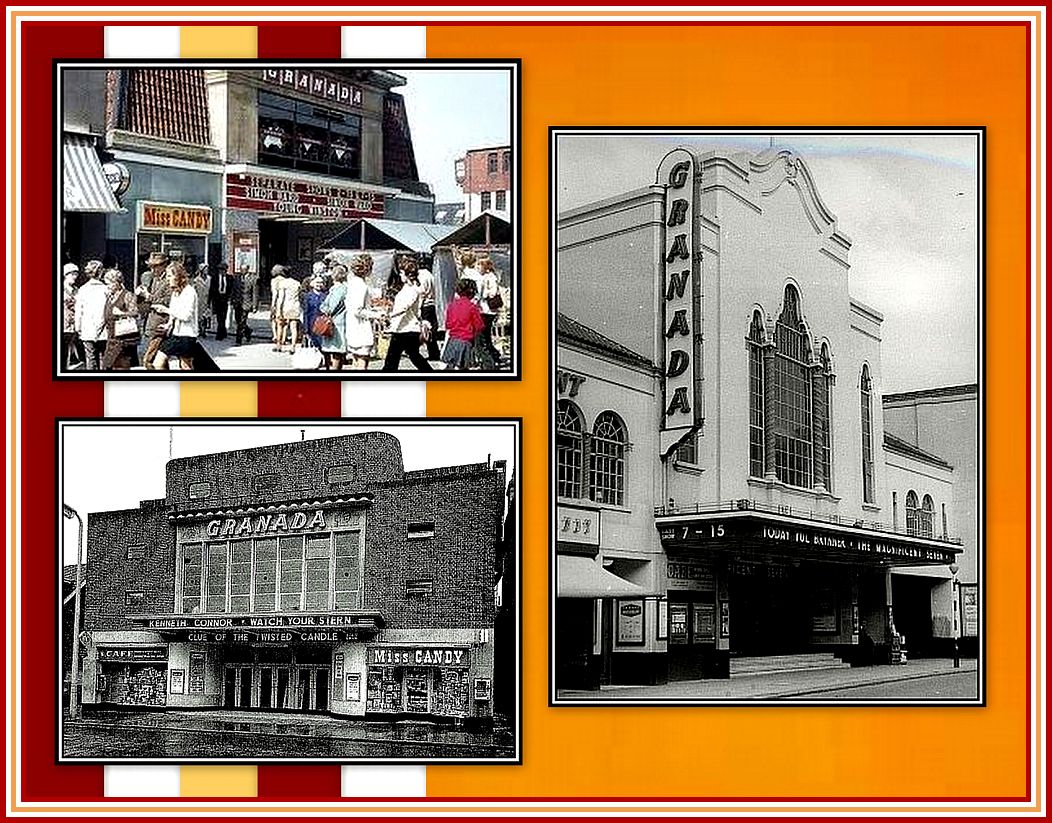 Miss Candy Sweet Shops
Miss Candy Sweet Shops
A Miss Candy is seen at the far left of the picture of the Granada Walthamstow (Left)
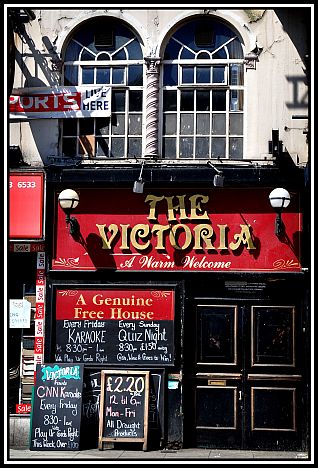 The Victoria – entrance via the old Miss Candy Sweetshop
The Victoria – entrance via the old Miss Candy Sweetshop
Another way of drumming up business was by organising visits to the theatres by film stars. Jayne Mansfield appeared on the stage of the Granada Theatre Walthamstow (and Tooting) in September 1957 to publicise her latest film, The Sheriff of Fractured Jaw.
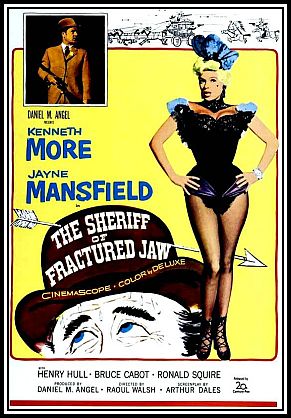 Naturally neither of these methods was able to make up for the loss of revenue resulting from falling attendance. However, one method that brought in revenue and filled the seats of the theatres was by presenting Live Shows. The Granada Group Limited had done quite well financially over the years by staging Christmas Pantomimes at the largest theatres and also by presenting classical and big-band music concerts, and popular singers, as well as the odd week or two of Variety again at selected theatres.
Naturally neither of these methods was able to make up for the loss of revenue resulting from falling attendance. However, one method that brought in revenue and filled the seats of the theatres was by presenting Live Shows. The Granada Group Limited had done quite well financially over the years by staging Christmas Pantomimes at the largest theatres and also by presenting classical and big-band music concerts, and popular singers, as well as the odd week or two of Variety again at selected theatres.
In 1957, the Entertainments Tax that was introduced in the U.K. during the First World War was removed from Live Shows. This allowed the Cinema Circuits including Granada to increase their number of live presentations and also fill the theatres at a time when people were more inclined to stay at home and watch television rather than go to the pictures. At one time, the Granada Theatre Circuit had twenty-two theatres available for staging Live Shows.
By the late 1950s and early 1960s, Live Shows, for the most part, were in the form of touring Rock ‘n’ Roll Stage Shows and Wrestling events. Generally theatres were rented out for the staging of these extravaganzas.
Once Rock ‘n’ Roll took hold of society, people wanted to see their favourite singers and groups in person. A number of impresarios–promoters (Don Arden, Larry Parnes, Arthur Howe, Robert Stigwood et al) put together a stable of singers and took them on tour around the country where they performed in theatres, cinemas, town halls etc …. anywhere where there was a suitable stage and dressing room. Suddenly the Cinema Circuits were eager to book these touring shows, which soon began to include American artists mixed in with a host of British artists.
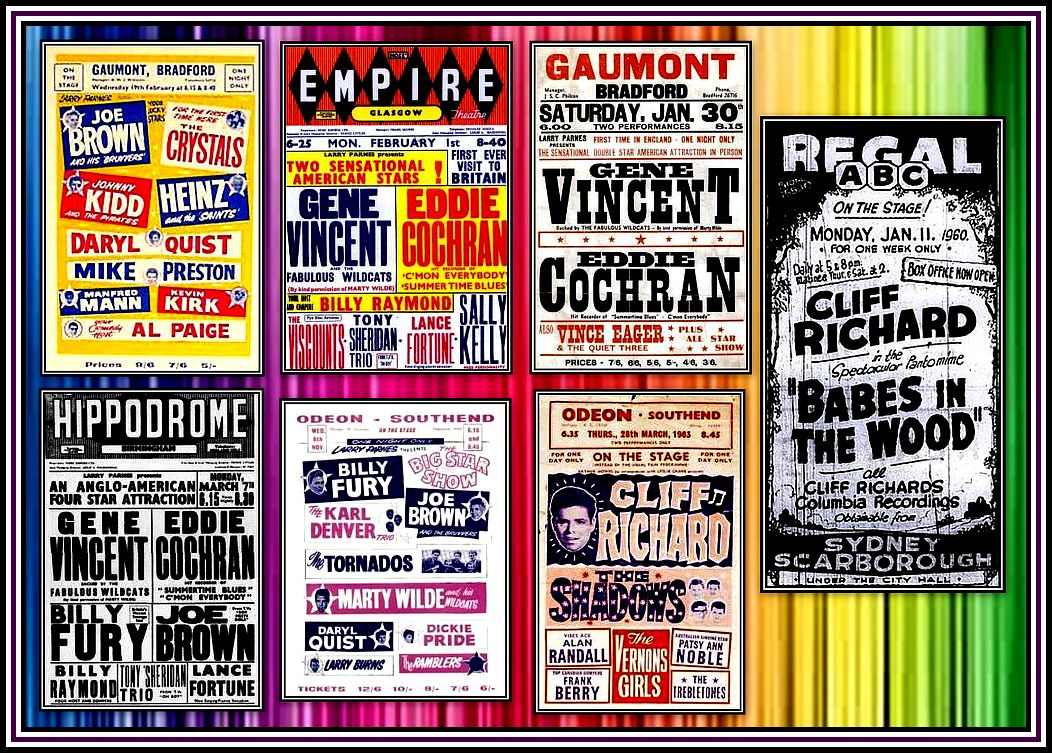
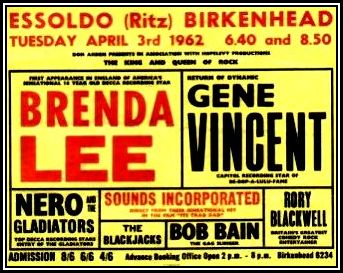 This is the only poster advertising a Rock ‘n’ Roll Stage Show taking place at an Essoldo Cinema I have been able to find. However, I have found evidence that a tour including Helen Shapiro, Eden Kane, The Vernon Girls and Red Price appeared at the Essoldo Cinemas at Stockport and Birkenhead in November 1962 and that Gene Vincent with an assortment of British singers played the Essoldo Keighley in April 1962. I find it hard to believe that there were no other tours that appeared at other Essoldo Cinemas at some time, but I have been unable to substantiate this.
This is the only poster advertising a Rock ‘n’ Roll Stage Show taking place at an Essoldo Cinema I have been able to find. However, I have found evidence that a tour including Helen Shapiro, Eden Kane, The Vernon Girls and Red Price appeared at the Essoldo Cinemas at Stockport and Birkenhead in November 1962 and that Gene Vincent with an assortment of British singers played the Essoldo Keighley in April 1962. I find it hard to believe that there were no other tours that appeared at other Essoldo Cinemas at some time, but I have been unable to substantiate this.
Presenting such Stage Shows at some theatres was not without its problems. This was the case at Granada Theatres without a fly tower, such as the Granada Theatres Walthamstow and Harrow. At Harrow, the problem was solved by installing a Roller High-Definition Screen, which was rolled up while at Walthamstow, the screen was moved to the back of the stage.
A further necessary stage modification at the Granada Walthamstow came from the need to extend the stage further out into the auditorium. This was done by installing an apron over the orchestra pit. Unfortunately, this meant that the Theatre Organ console maintained on a lift below the stage could no longer rise up was not played again. Fortunately the other console stored on a dolly remained functional and was last played in 2003.
The first Rock Singer who appeared at the Granada Walthamstow seems to be with Charlie Gracie. He had appeared at the London Hippodrome for a two-week season of Variety, as it was billed, starting on 5th August, 1957. His appearance was not without controversy. He was to appear with Dorothy Squires who was a popular entertainer and married to Roger Moore at the time, refused to share top billing with someone she said was unknown and promptly walked out! Although not as well known as Ms Squires, to be fair, he had enjoyed some success on both sides of the Atlantic with his songs, Butterfly, Wandering Eyes etc and had appeared in the film, Disc Jockey Jamboree. Mr. Gracie followed his West End debut with a tour that ended on the 29th September, 1957 at the Granada Walthamstow and is one of the few performers of this era still performing.
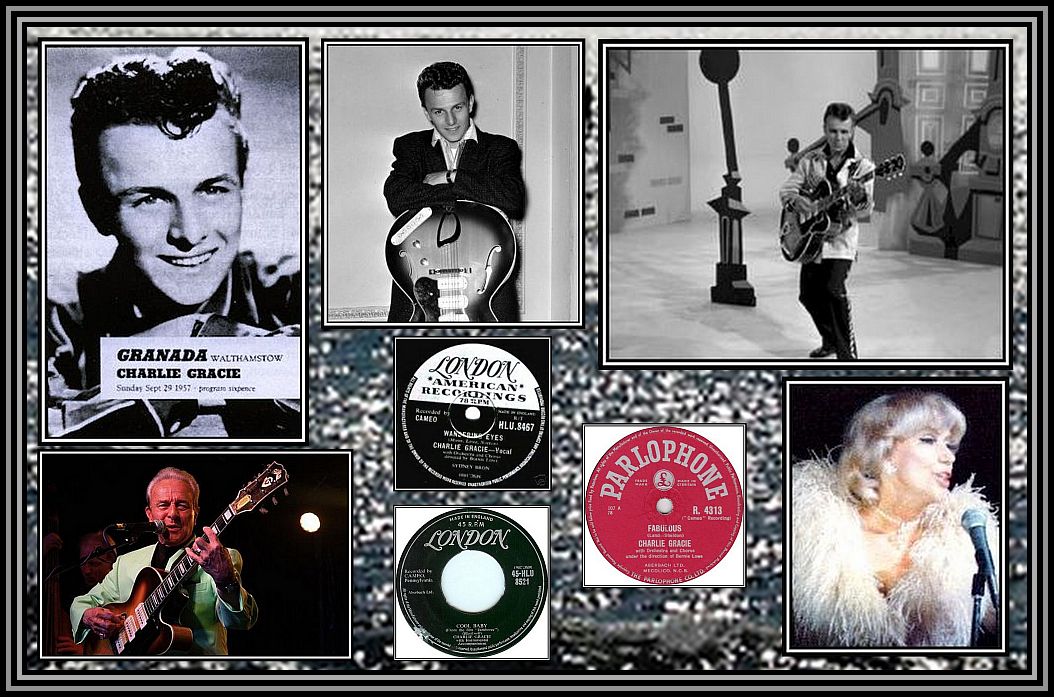 Charlie Gracie – Then & Now; Bottom Right: Dorothy Squires
Charlie Gracie – Then & Now; Bottom Right: Dorothy Squires
This was followed by two shows by Terry Dene and Chas McDevitt & His Skiffle Group on 27th October, 1957 and the Count Basie Orchestra on 20th November.
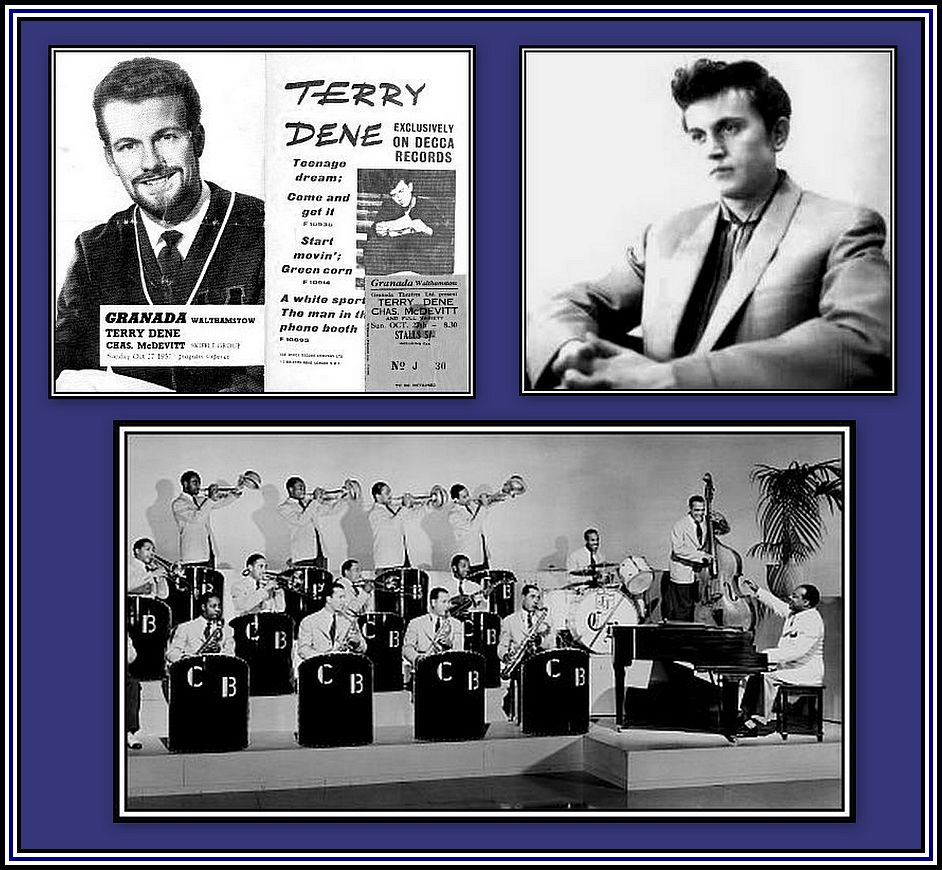 Top Left: Chas McDevitt; Top Right: Terry Dene; Bottom: Count Basie & His Orchestra
Top Left: Chas McDevitt; Top Right: Terry Dene; Bottom: Count Basie & His Orchestra
-oOo-
In March 1957, Paul Anka embarked on a long tour that had him performing at a variety of cinemas, theatres and concert halls including the Adelphi Theatre Slough. This would seem to be Granada’s first participation in one-nighters, as this type of tour was called. I remember this tour very well, as I was at the Adelphi Theatre that night (8th March). Although Paul Anka did not seem to appear at the Granada Walthamstow, Buddy Holly and The Crickets did!
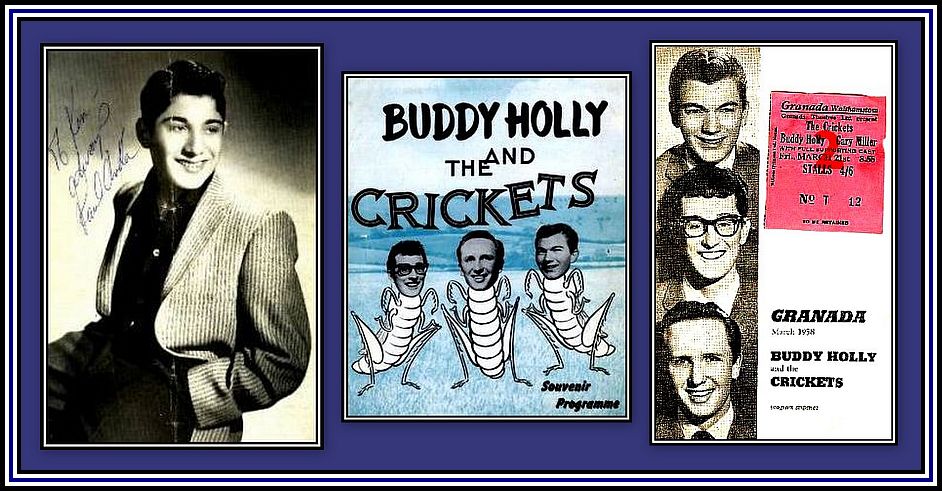 Left: Paul Anka; Right: Buddy Holly & The Crickets
Left: Paul Anka; Right: Buddy Holly & The Crickets
In May and June 1958, Jerry Lee Lewis was to tour the U.K. Although he started the tour, he left after the Press found out that despite not being officially divorced from his second wife, he had married his 13-year old cousin-once-removed, Miss Myra Brown on 12 December, 1957. I remember having a ticket to see him at the Adelphi Slough for his one-nighter on 20th June, 1957, and being very disappointed when he cancelled the tour after three concerts, and left the U.K.
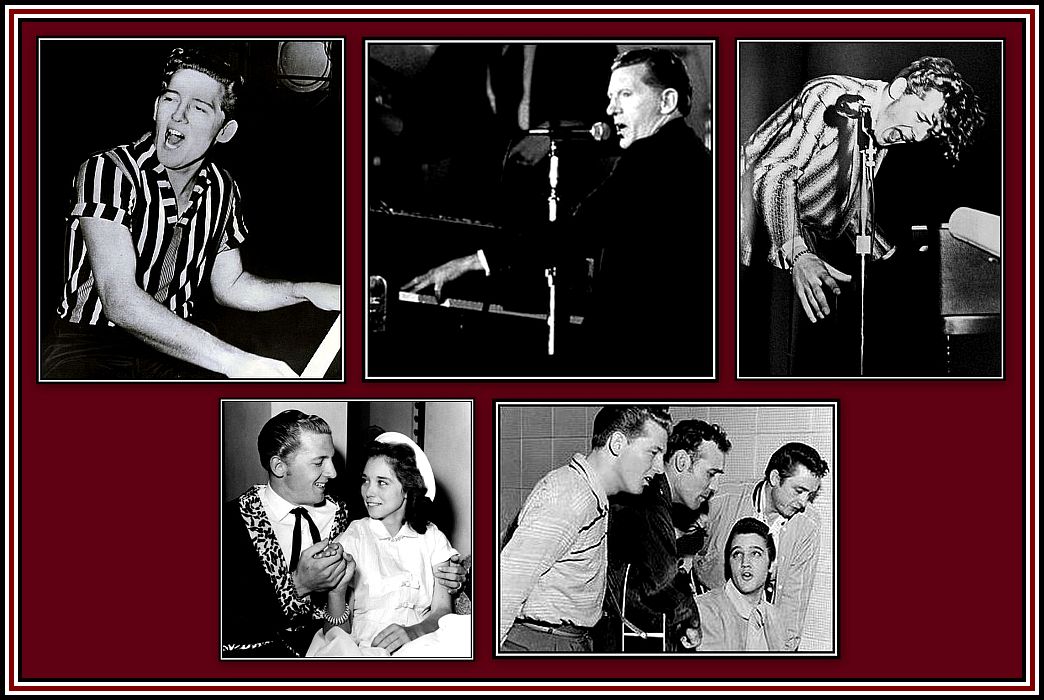 Top: Jerry Lee Lewis Performing; Bottom Left: Jerry Lee Lewis with Myra Brown at their wedding; Bottom Right: As part of the Million Dollar Quartet
Top: Jerry Lee Lewis Performing; Bottom Left: Jerry Lee Lewis with Myra Brown at their wedding; Bottom Right: As part of the Million Dollar Quartet
A number of other Rock Singers and Groups, both British and American, were to appear at the Granada Theatre Walthamstow during during the late 1950s and 1960s. Without doubt, one of the most exciting presentations took place in October 1962 when Little Richard along with Sam Cooke and Jet Harris were on tour and included dates at the Granada Walthamstow (21st) and the Adelphi Slough (20th). I mention the Adelphi, as I had left Slough to go to college early in October and so missed the opportunity to see Little Richard and the great Sam Cooke when they were still exciting entertainers. Sadly, Sam Cooke was killed on 11th December, 1964 and I never got to see him.
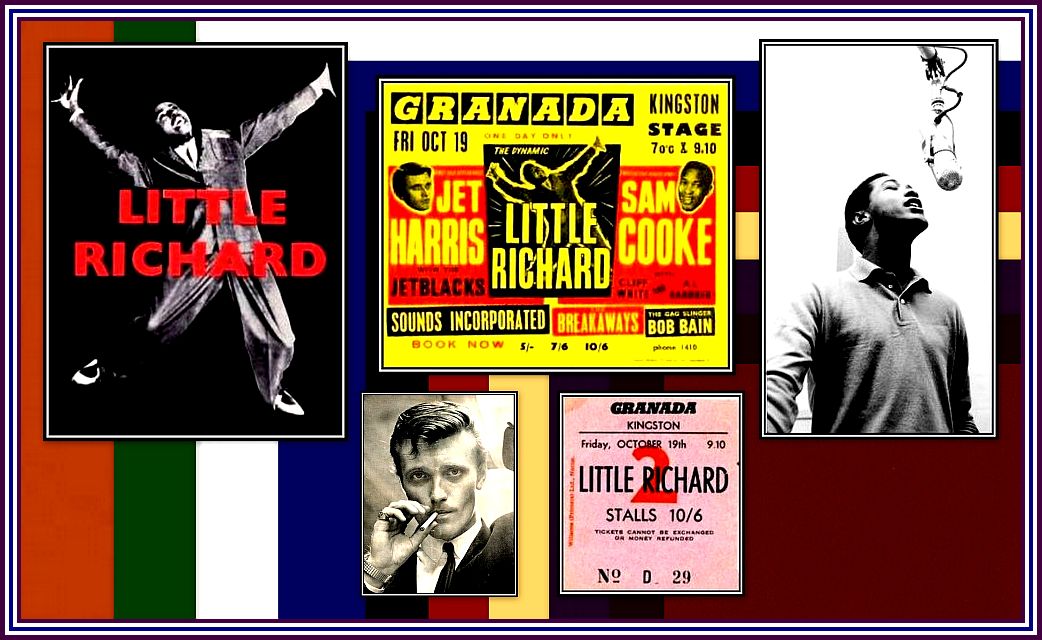 Little Richard, Sam Cooke & Jet Harris – still smarting at having missed this tour!
Little Richard, Sam Cooke & Jet Harris – still smarting at having missed this tour!
However the most popular group to appear at the Granada Walthamstow, or anywhere for that matter, was The Beatles. Their promoter would allow the group to perform at only the largest of venues and the Granada Walthamstow was deemed suitable and a performance date was arranged. Although I am sure that the Walthamstow authorities suspected that the theatre would be inundated with fans once tickets went on sale, they obviously were not prepared for the actual response. In order to help relieve congestion caused by the crowds, tickets were to go on sale on a Sunday at 7 a.m. However, crowds began to form on Hoe Street on the previous Friday night, but the police did not allow them to stay. Another queue formed on the Saturday morning and the people were also sent home.
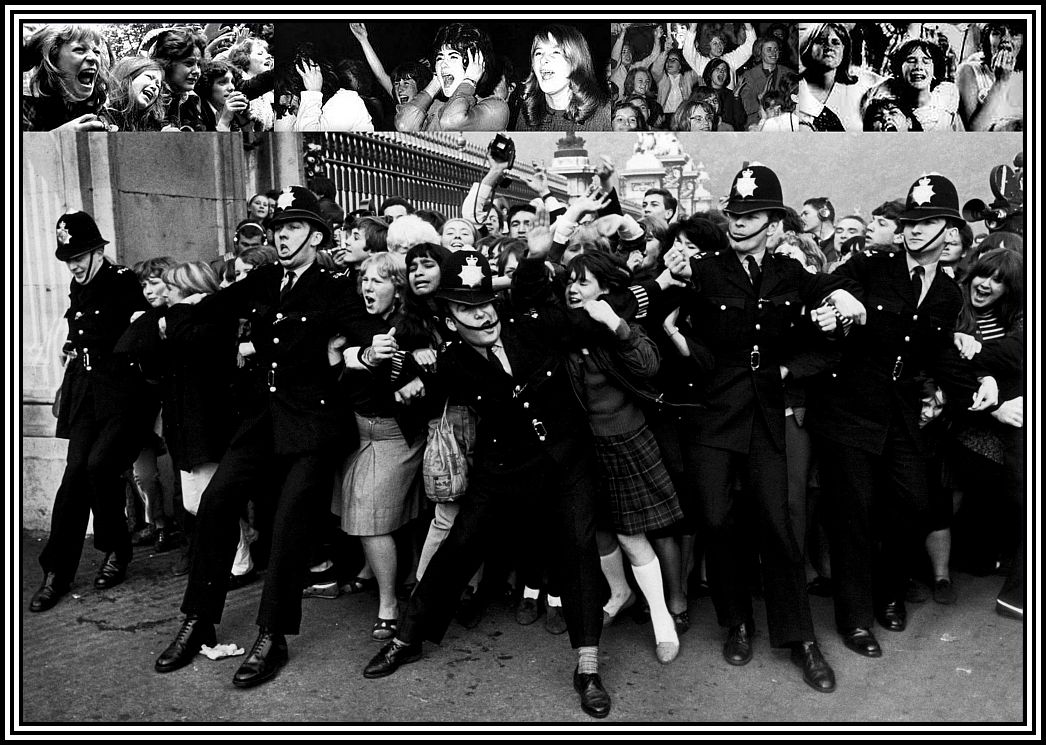 Common scenes around the world during Beatlemania
Common scenes around the world during Beatlemania
However, fans were allowed to start queuing at 11 p.m. on the Saturday night. When the box office opened on Sunday morning at 7 a.m., 4,000 tickets were sold by 9 p.m. and those left were sold over the next few days.
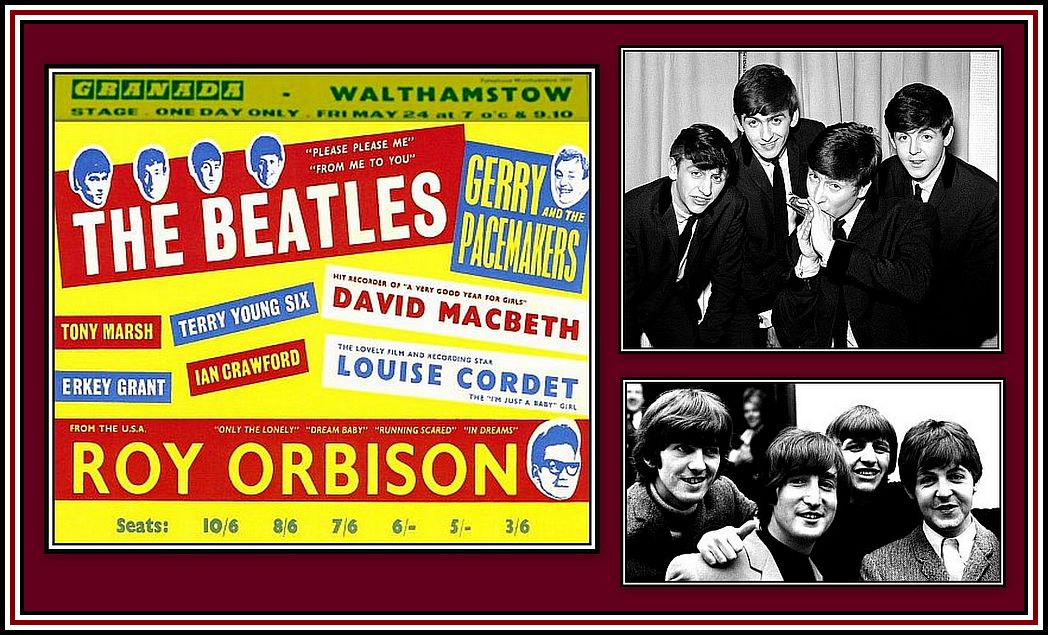 Two Performances were given on Friday, 24th May, 1963
Two Performances were given on Friday, 24th May, 1963
The Beatles – Twist and Shout, although not written by Lennon & McCartney, was none the less a song associated with them from the summer of 1963 onwards. It was here they first began to shake their heads, which was perfected with She Loves You
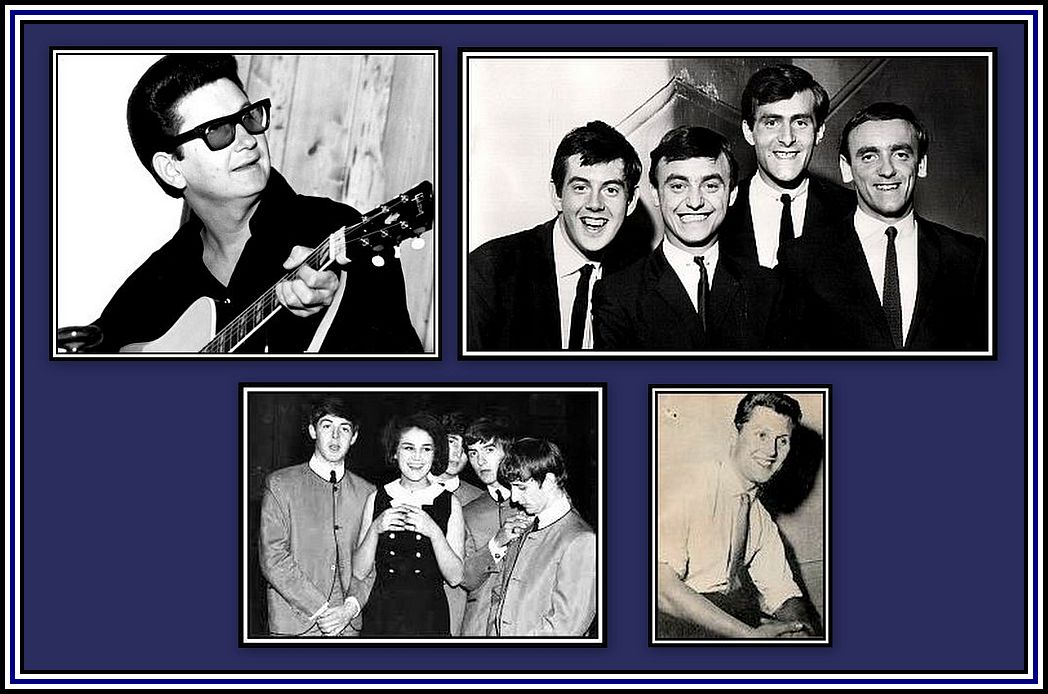 Other members of the 1963 Tour Top Left: Roy Orbison; Top Right: Gerry & The Pacemakers; Bottom Left: Louise Cordet (with the Beatles); Bottom Right: David MacBeth
Other members of the 1963 Tour Top Left: Roy Orbison; Top Right: Gerry & The Pacemakers; Bottom Left: Louise Cordet (with the Beatles); Bottom Right: David MacBeth
Just imagine …… The Beatles AND Roy Orbison ……. on the same stage! This must have been one of the best of all the one-nighters …… and to think, I was in college ………. taking examinations!
The Beatles appeared a second time at the Granada Theatre Walthamstow on the 24th October, 1964. I am not aware if the crowds queuing up in advance for tickets were as great this time, but I am sure that the theatre was filled for both shows.
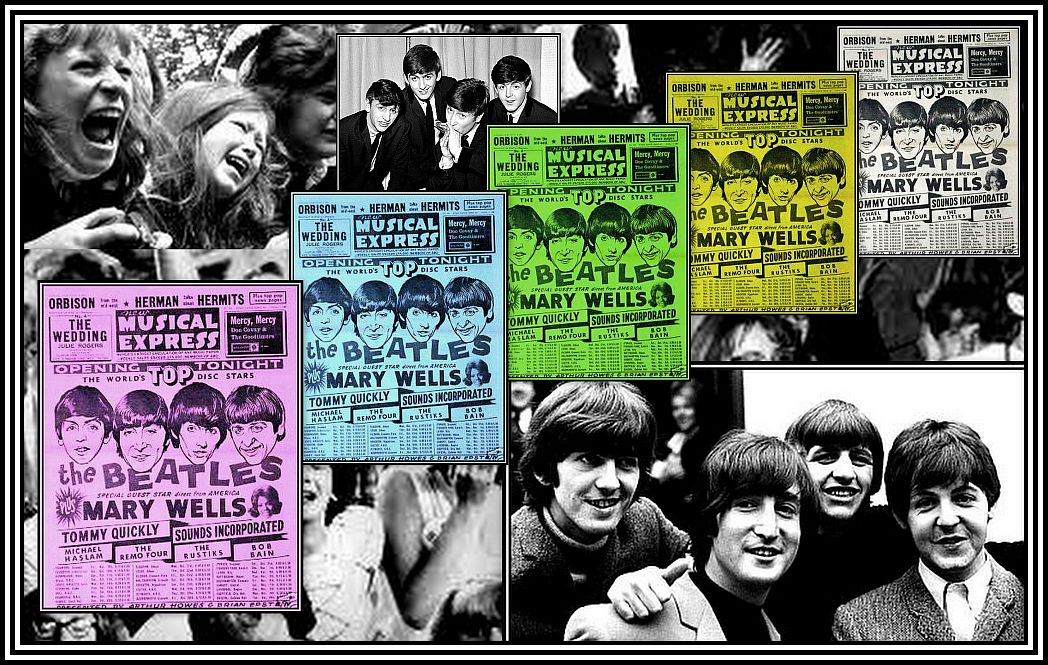 New Musical Express advertises the October-November 1964 British Tour
New Musical Express advertises the October-November 1964 British Tour
On 14th September, 1963, Roy Orbison appeared a second time at the Granada Walthamstow and this time he received top billing and was backed up by a formidable group of performers including The Searchers, Freddie & the Dreamers, Brian Poole & The Tremeloes and Bob Luman. Roy Obrison appeared here for a third and final time on 19th April, 1964.
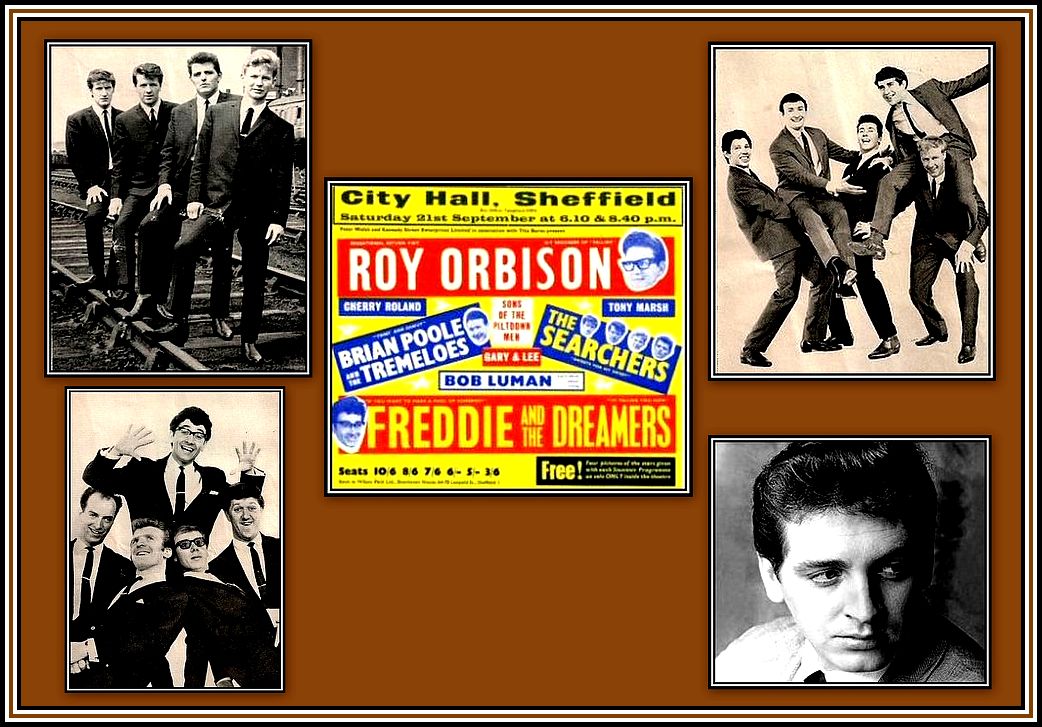 Top Left: The Searchers; Top Left: Brian Poole & The Tremeloes;
Top Left: The Searchers; Top Left: Brian Poole & The Tremeloes;
Bottom Left: Freddie & The Dreamers;
& Bottom Right: Bob Luman
Others that appeared at the Granada Walthamstow included The Rolling Stones, The Who, The Ronettes, Gene Vincent (without the Blue Caps!), and Little Eva et al.
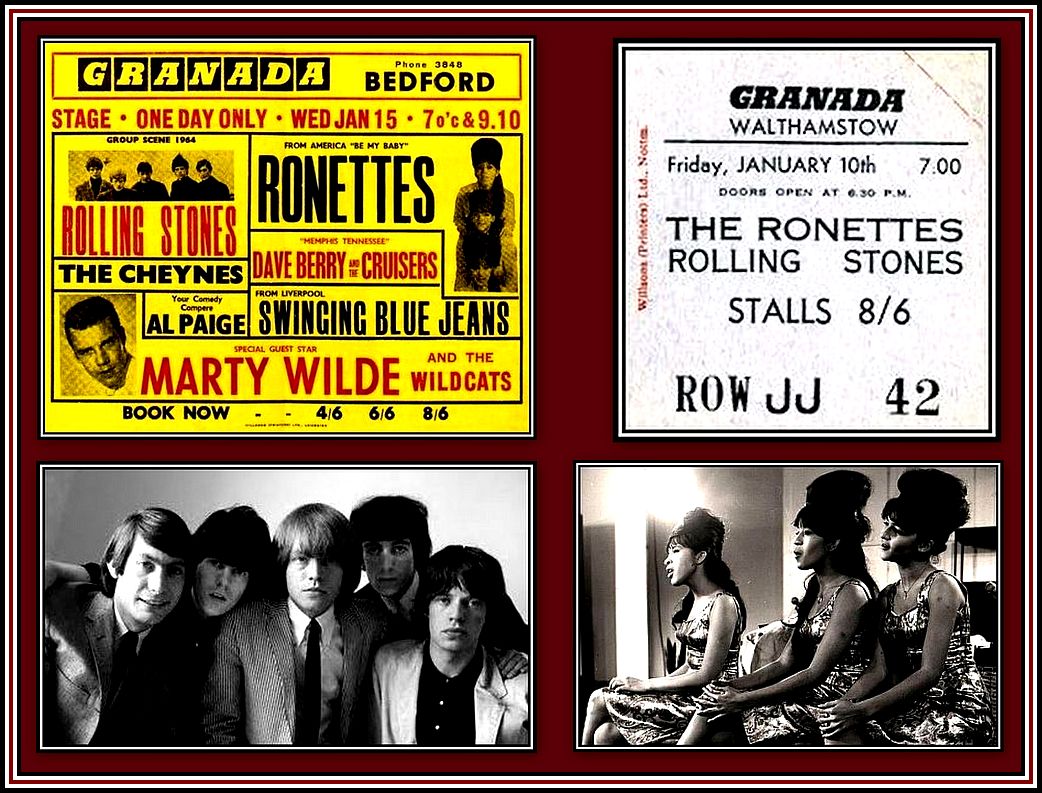 The Rolling Stones & The Ronettes Tour
The Rolling Stones & The Ronettes Tour
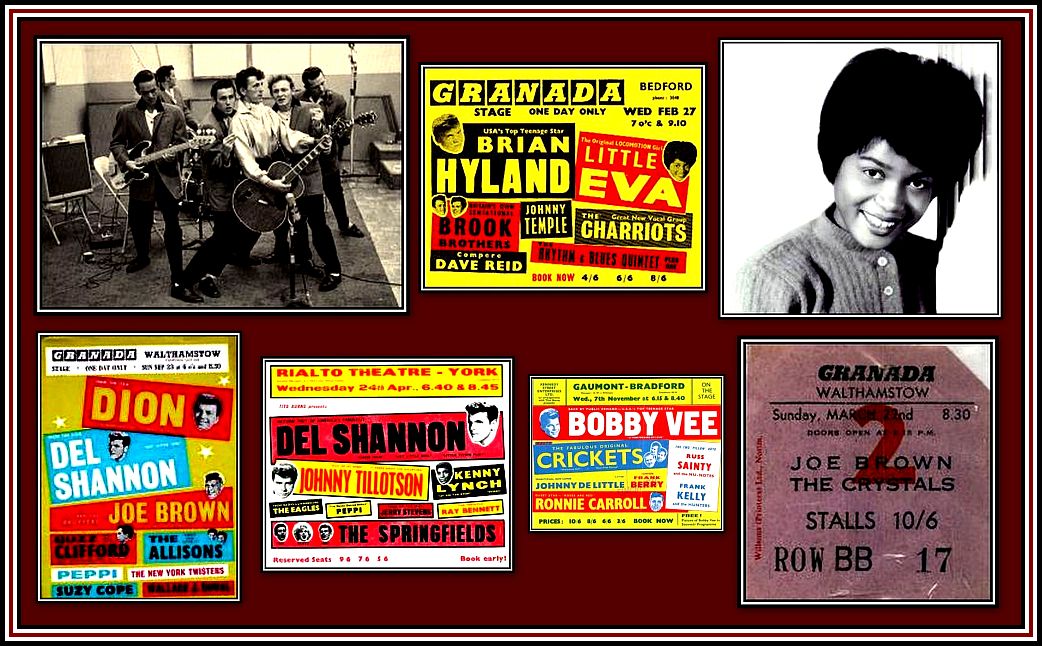 Top Left: Gene Vincent & The Blue Caps; Top Right: Little Eva
Top Left: Gene Vincent & The Blue Caps; Top Right: Little Eva
Despite the Granada Walthamstow being suitable to allow the Beatles to play there, from what I can gather from the Concert & Package Tours 1956-1967, the theatre did not seem to be as popular as other Granada Theatres for staging Rock ‘n’ Roll Stage Shows. Although a number of shows were presented here, the number seems to be nowhere near the numbers presented at the Granada Theatres Woolwich, Tooting, Kingston and Bedford and at the Adelphi Slough. I suspect that this might be the result of a particular Package Tour being booked at a nearby cinema belonging to another circuit and perhaps the management saw little point in bringing the entertainers back at that time.
——oooOOOooo——
Ah, truly Golden Days, as anyone who saw these people when they were young and in their prime will agree!
——oooOOOooo——
In addition to Live Rock ‘n’ Roll Stage Shows, the Cinema Circuits also hired out their buildings for Wrestling events during this time. Wrestling or to give it its official name, Professional Free-Style Wrestling, had been presented on television on Saturday afternoons since 1955 and was very popular, especially, it was said, with grandmothers! Wrestling was first presented on 29th April, 1959 at the Granada Theatre Woolwich and was evidently well received. The same contestants went on to perform at the Granada Walthamstow on 22nd June, 1959, which was a Monday, generally not a good night for cinema attendance. I cannot find further information as to whether the Granada Walthamstow hosted further evenings of Wrestling or not.
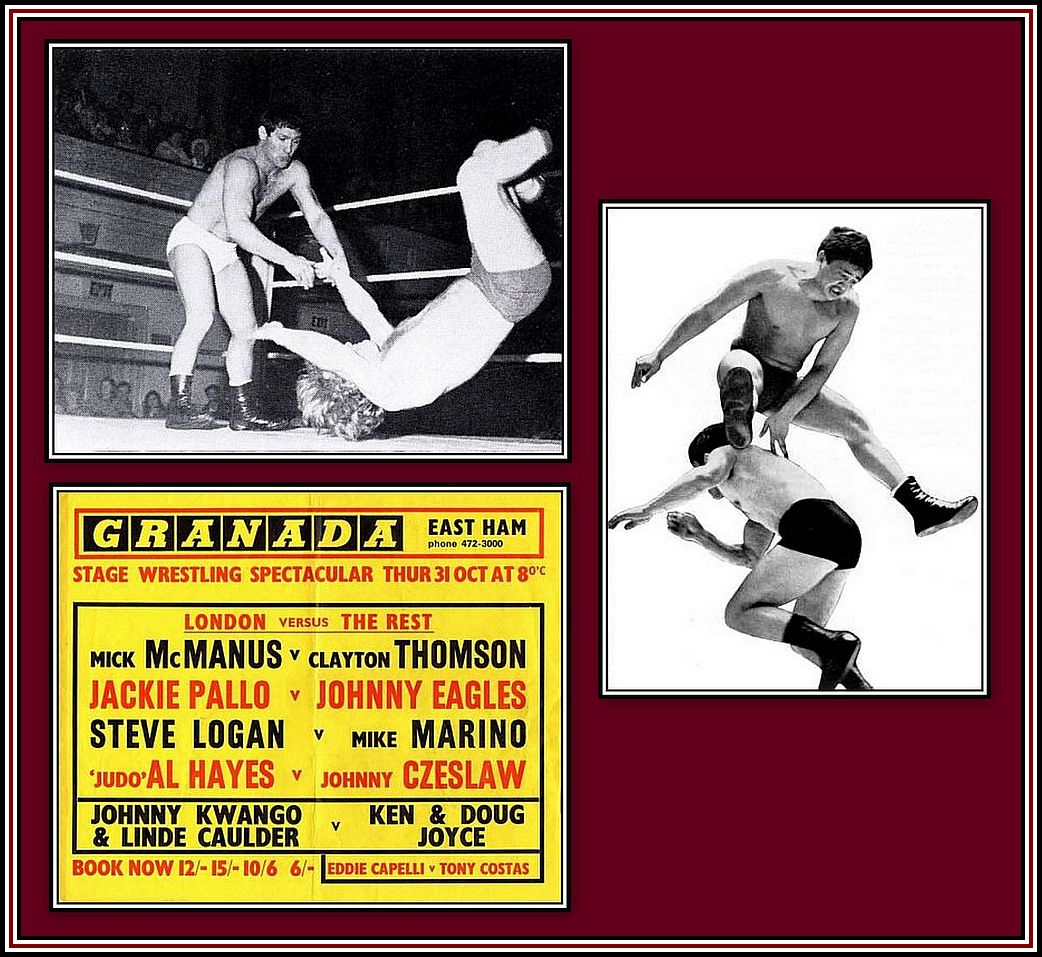 Professional Free-Style Wrestling was presented at Granada Theatres for a number of years
Professional Free-Style Wrestling was presented at Granada Theatres for a number of years
——oooOOOooo——
Despite efforts made by The Cinema Circuits to improve their Bottom Line, it was obvious that the public’s taste had changed and that going to the pictures was never going to retrieve its former popularity. This tragic state of affairs caused the Granada Theatre Circuit began to sell some of its least-profitable theatres. One of the first theatres to be sold was the Century Slough, which was one of my favourite cinemas and the first Granada Theatre I went to. The building was torn down in January 1957 and a Waitrose Supermarket soon rose up in its place.
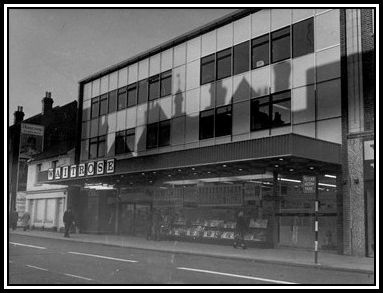 Waitrose Supermarket, Slough – built on the site of the Century Theatre
Waitrose Supermarket, Slough – built on the site of the Century Theatre
Even the Granada Walthamstow was not immune to the winds of change that were blowing through the entertainment business at this time. In 1959, a number of ideas were being considered concerning possible changes to the theatre could invest in to be more profitable, much like an entrepreneur would use their savings or a loan from TitleMax to invest hopefully become successful. One proposal was to convert the theatre’s entrance hall and frontage into a store either with or without office space while maintaining a reduced size theatre of 500 seats behind it. Another plan in circulation at this time including maintaining a smaller cinema in the stalls and converting the balcony area into a dance hall or bowling alley or both. This plan was soon dropped, as the problem of overcoming the sound interference between these activities proved to be too costly. By the end of the year, all plans for converting the theatre to accommodate other activities that would hopefully drive revenue were dropped.
——oooOOOooo——
With the advent of the 1960s, the Cinema Circuits began to turn some of their remaining cinemas into Bingo Halls or Social Clubs. Granada Ltd. first introduced Bingo to its circuit in May 1961 at the Century Mansfield with games being offered on Wednesdays and Fridays initially. Apparently Sidney Bernstein was very much in favour of Bingo, as he saw it as a moneymaker. Once it was decided to convert more theatres from film to Bingo, Mr. Bernstein insisted they be called Bingo Social Clubs.
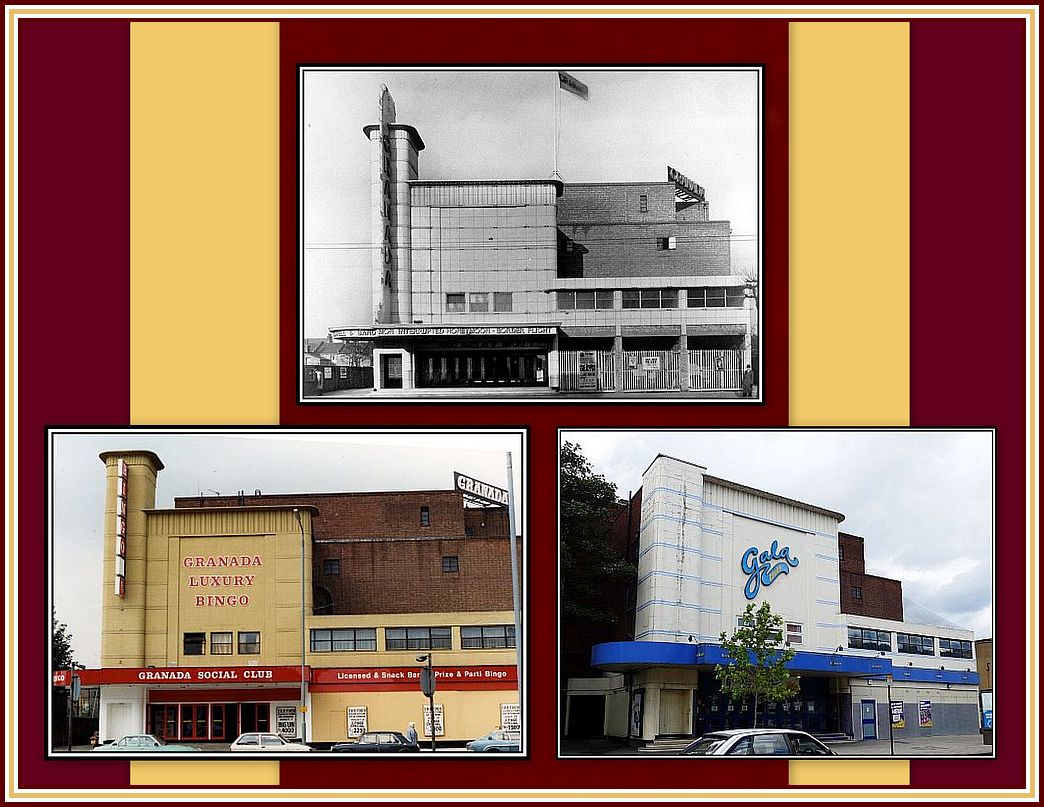 The East Ham Granada Theatre as a cinema, a Granada Social Club & as a Gala Club
The East Ham Granada Theatre as a cinema, a Granada Social Club & as a Gala Club
Despite the continued fall in patronage at the Granada Walthamstow, it never became a Bingo Social Club.
As of the 14th July, 1968, big changes were put in place at the Granada Walthamstow: only the circle area alone was to be used for film screening with the whole theatre reserved for Live Shows and for Saturday morning’s Granadier’s Club (Saturday morning pictures for kids).
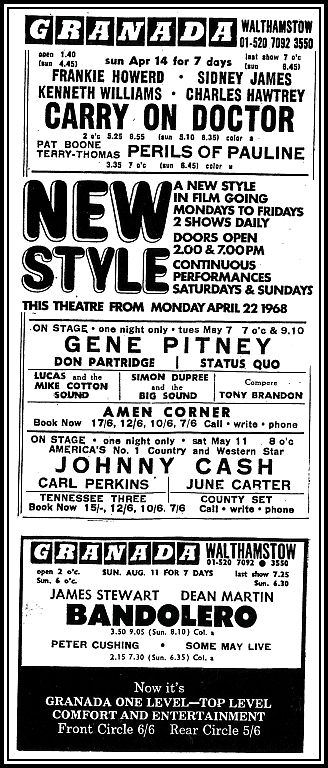 Separate performances with seating in the Balcony only on weekdays, but with continuous performances at weekends. Live Shows used the whole auditorium.
Separate performances with seating in the Balcony only on weekdays, but with continuous performances at weekends. Live Shows used the whole auditorium.
Reprinted with permission from The McGuffin Film Society Commemorative Brochure
It was around this time that the theatre underwent some redecoration together with the closure of the cafe-cum-restaurant and its reopening as a joint venture with Charrington as The Victoria bar.
By the early 1970s, the Granada Theatre Circuit operated thirty-three cinemas. However the importance of the Circuit was now minor in the fortunes of Granada Ltd, which was undergoing diversification.
Meanwhile Granada Ltd had plans drawn up for some of the theatres to be converted into full-time Bingo Social Clubs and others into two- or three-screen theatres. In late 1973, the Granada Theatre Walthamstow was tripled. The balcony was converted into the largest of the three cinemas using the original screen, which had been raised, together and the Proscenium Arch. The back stalls was divided into two areas, each with 172 seats, by what was called a drop wall technique. The front stalls were not used after the conversion, but were retained in place, however they were removed later and put into storage. As a result of the tripling, Live Shows ended at the theatre.
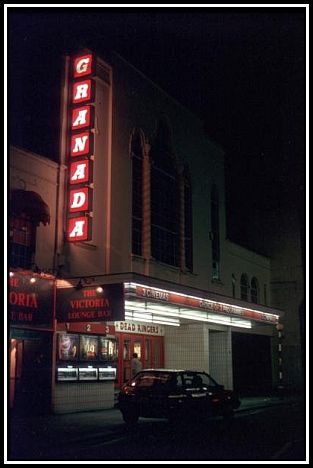 One, Two, Three ………. Tripled
One, Two, Three ………. Tripled
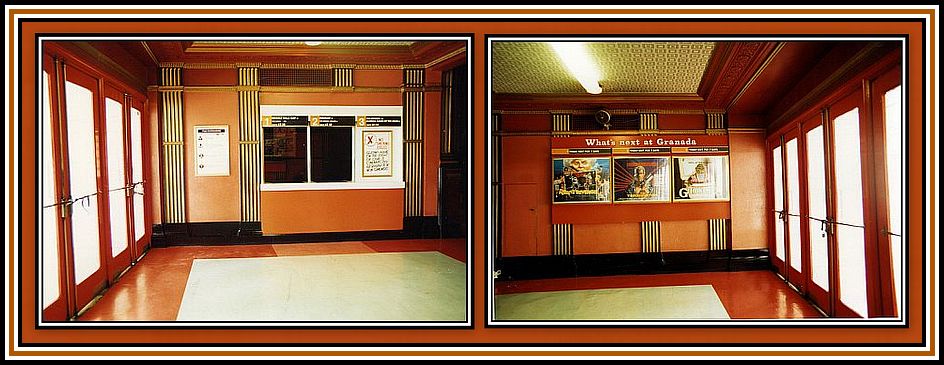 The entrance area after tripling showing adverts for current films & box office
The entrance area after tripling showing adverts for current films & box office
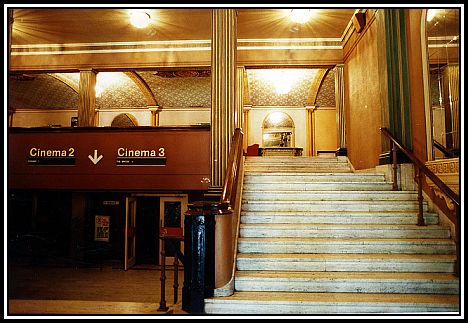 Tripling – the Stalls became Cinemas 2 & 3 and the Balcony, Cinema 1
Tripling – the Stalls became Cinemas 2 & 3 and the Balcony, Cinema 1
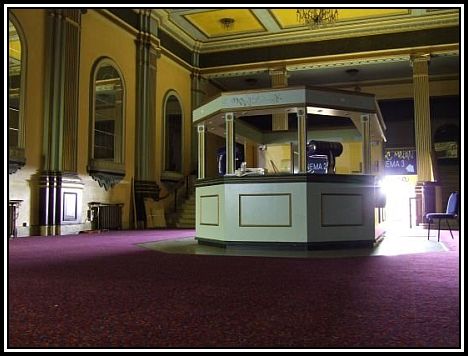 Entrance Hall Kiosk used for the selling of confectionery
Entrance Hall Kiosk used for the selling of confectionery
This was installed in the 1990s when the cinema was the Walthamstow ABC. Its design is sympathetic to its surroundings and was built with approval of English Heritage and replaced one from the 1960s, which was somewhat lacking in style
The Granada Theatre Walthamstow continued throughout the remainder of the 1970s and into the 1980s. Sadly during the late 1980s, additional competition for patrons rose up in the form of multiplexes. A multiplex is purpose-built building where multiple screens exit under the same roof. Multiplexes were suddenly being built around the country in ever increasing numbers at this time. When choosing a night out at the pictures, sadly, more and more patrons were choosing the seemingly more luxurious multiplex over the traditional cinema.
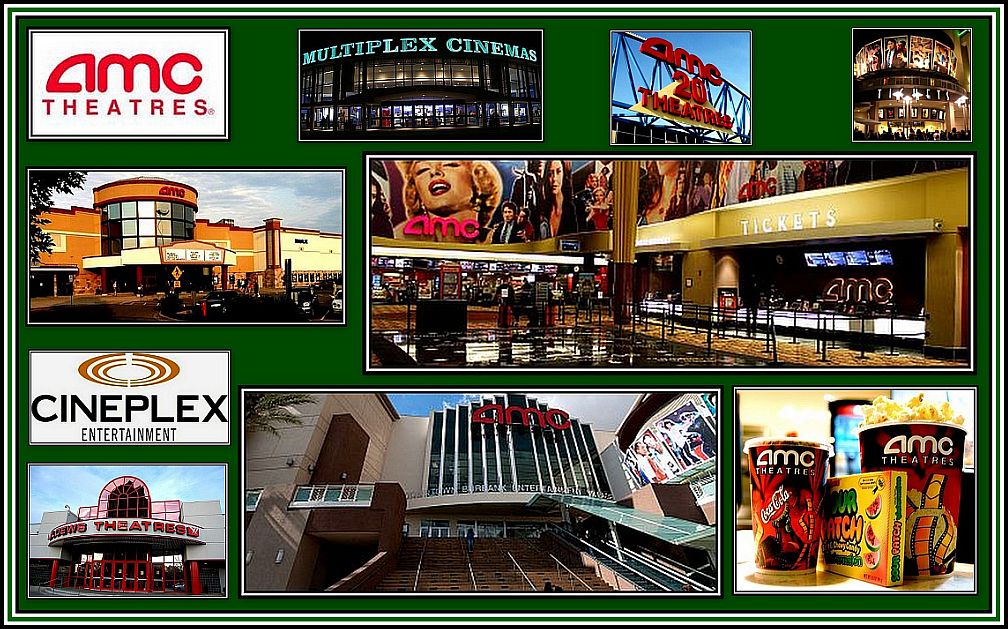 The Multiplex – I regret that it is not my cup of tea
The Multiplex – I regret that it is not my cup of tea
I remember the Maybox in Slough, which had been built as a theatre-cum-leisure centre on the High Street. Unfortunately, it had failed and was converted into a multiplex in November 1987. The opening of this series of screens, as they were called, is believed to have been responsible for the premature closure of the then-tripled Granada Theatre Slough.
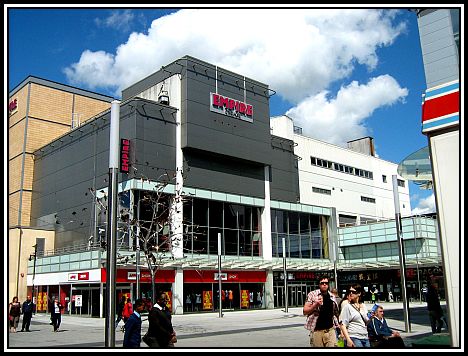 The former Theatre-cum-Leisure Centre-cum-Maybox Multiplex – now known as The Empire
The former Theatre-cum-Leisure Centre-cum-Maybox Multiplex – now known as The Empire
Obviously the writing was on the wall for the Granada Theatre Circuit and those associated with Granada Ltd knew that it was just a matter of timebefore the company would divest itself of its glorious theatres. This day came in January 1989 when The Cannon Group, which had also taken over the Classic and ABC Cinema Circuits, made an offer of £3.3 million for the Granada Theatres at Maidstone, Walthamstow and Harrow and with options for several other sites. As Alex Bernstein, the son of Cecil Bernstein, says in the book, The Granada Theatres:
We cannibalised the cinema circuit in two ways. One was to open the bingo clubs and the other was to sell them to property developers or develop them ourselves. We were left with half a dozen cinemas and it was ridiculous, so it was a pure commercial decision to sell.
The Cannon Group, once they took ownership of the theatres and changed their names from Granada to Cannon …… a bitter pill to swallow for those loyal patrons who had known the Granada Theatre Walthamstow during its glory days. But worse was to come, as ownership of the theatre passed between various cinema companies following sales, bankruptcy and mergers.
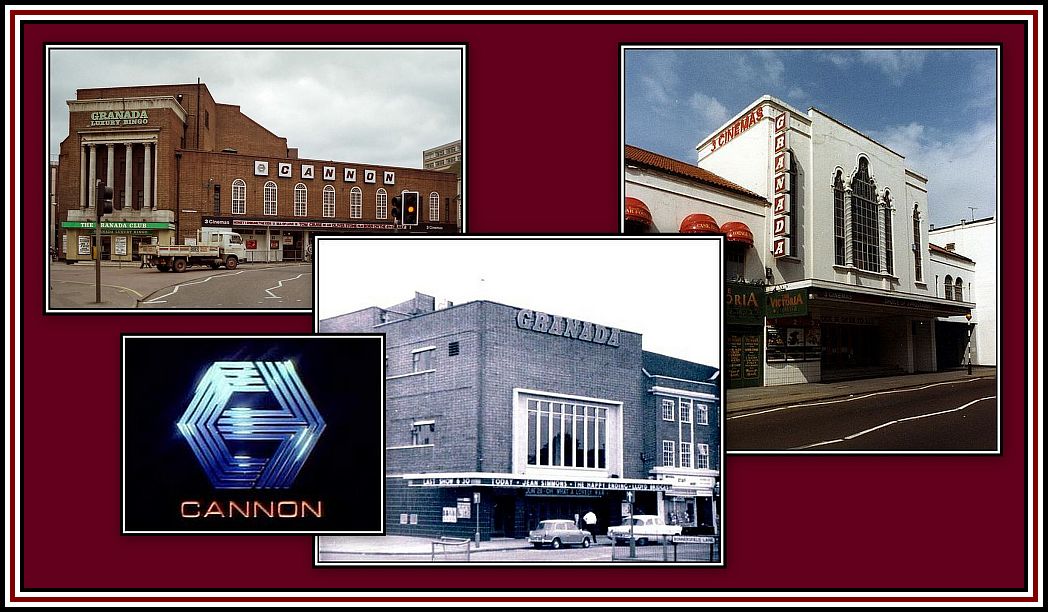 Erstwhile Granada Theatres, now Cannon Cinemas
Erstwhile Granada Theatres, now Cannon Cinemas
Left: Granada Maidstone; Middle: Granada Harrow; & Right: Granada Walthamstow
First, in the early 1990s, with the Cannon Group on the verge of bankruptcy, it was taken over by Pathe Communications, a holding company, which subsequently bought Metro-Goldwyn-Meyer (MGM). MGM operated Cannon’s cinemas and changed their names to MGM, as with the Granada-Cannon Maidstone, while leaving the least successful cinemas with names unchanged. Although the Granada-Cannon Walthamstow retained the Cannon name, some £200,000 was spent to reduce the size of the balcony and install a new box office in the entrance hall.
In 1995, the Granada Theatre Walthamstow became part of Sir Richard Branson’s Virgin Group for a brief period of time when the Group bought MGM Cinemas . However, Virgin Cinemas quickly divested itself of the smaller cinemas to the newly formed Cinven-ABC seemingly with the plan to concentrate on multiplexes. The Granada-cum-Cannon Walthamstow was now renamed the Walthamstow ABC in May 1996.
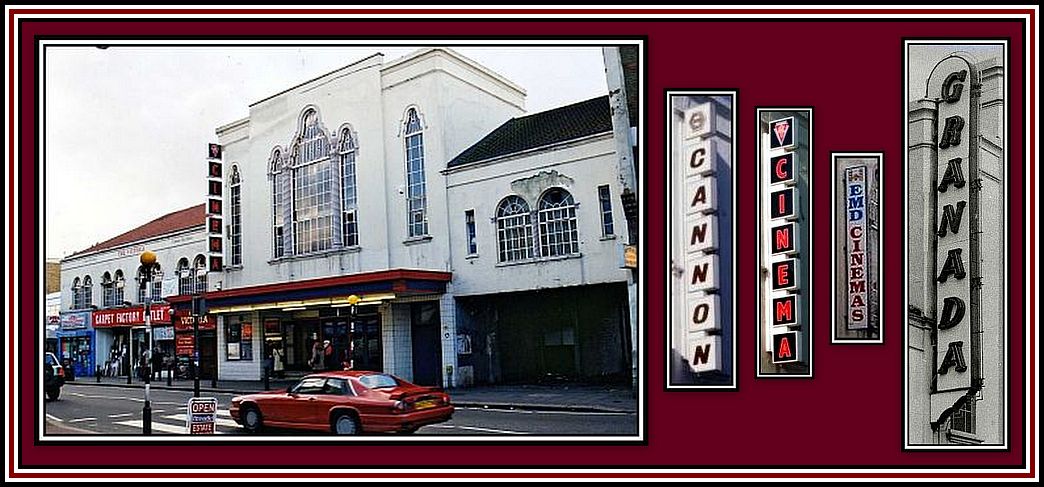 A Rose by Any Other Name …… is still a Granada
A Rose by Any Other Name …… is still a Granada
 Now are you sitting comfortably? …………. Then we’ll begin ……..
Now are you sitting comfortably? …………. Then we’ll begin ……..
Here is a recap : Firstly, The Cannon Group bought The Classic & ABC Cinema Circuits and next bought the remains of the Granada Theatre Circuit, but then went bankrupt! MGM stepped in and snapped up the cinemas including the erstwhile Granadas. However it soon sold them to the Virgin Group who decided it wanted multiplexes only and sold them to Civen-ABC.
Take a deep breath, nearly done ……. Civen-ABC next bought the remaining Odeon Cinemas from Rank and found itself with too many cinemas in the same area …… so some had to go!
I don’t know about you, dear Reader, but my head is spinning after trying to make sense of this passing the parcel at the High Finance level!
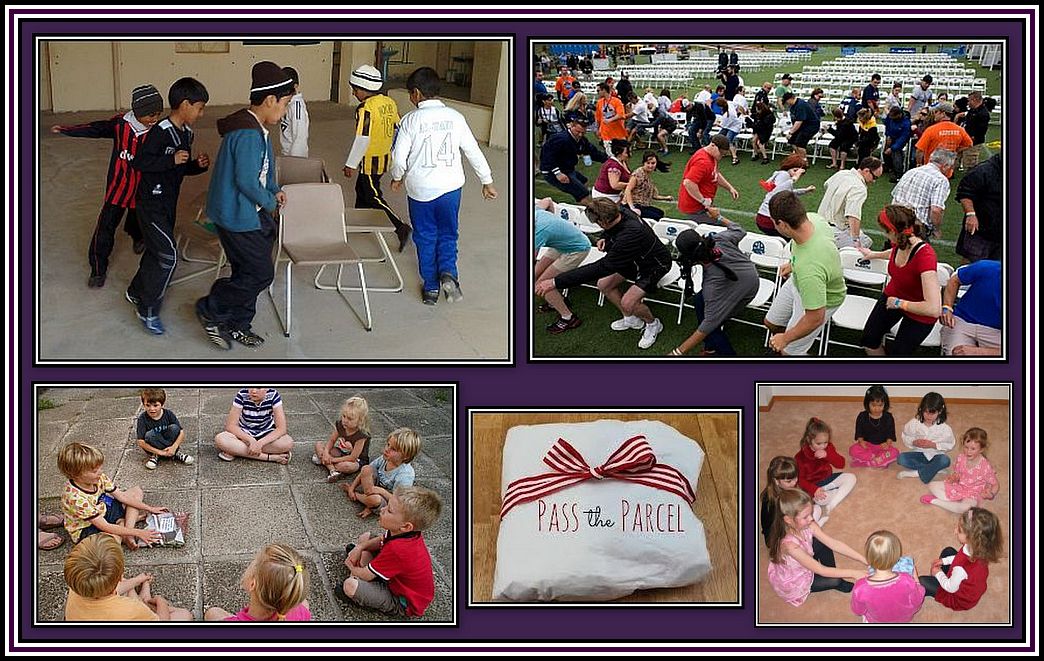 Kids of all ages enjoy Musical Chairs and Pass the Parcel
Kids of all ages enjoy Musical Chairs and Pass the Parcel
On a happier note, in 2000 English Heritage awarded the erstwhile Granada Theatre Walthamstow Grade II* Listed Building status (i.e. an important building of more than special interest) in recognition of its outstanding architectural and cultural significance, placing it amongst the most important 8% of buildings in Britain. Seemingly, the fact that this was the first Granada theatre in London that Theodore Komisarjevsky worked on did not go unnoticed.
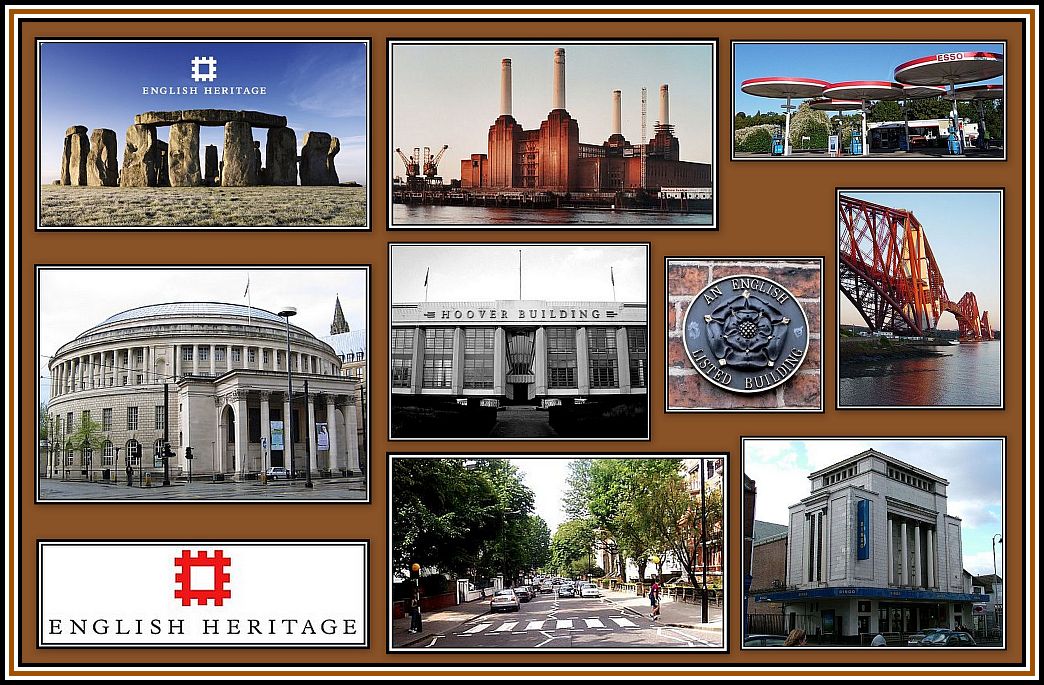 English Heritage Sites
English Heritage Sites
Top Row: Left, Stonehenge ; Middle: Battersea Power Station
Right: Esso Petrol Station, Berstall
Middle Row, Left: Manchester Central Library
Middle: Hoover Building, Western Avenue, London
Right: Forth Bridge
Bottom Row, Middle: Zebra Crossing at Abbey Road &
Right: The Granada Theatre Tooting
Cinven-ABC went on to acquire the remaining Odeon Cinemas from The Rank Group. Following the merger of erstwhile ABC and Odeon Cinemas led to the company to be somewhat overrepresented in certain areas with cinemas. This situation led the company to sell off a number of unwanted cinemas. In the area the company now owned the Walthamstow ABC (i.e. the former Granada Theatre) and the ABC Cinema South Woodford, which had been opened, as the Majestic Cinema by Sir Winston Churchill, the local M.P., in 1934. The ABC Cinema South Woodford was kept despite it being the smaller cinema of the two, however, unlike the Walthamstow ABC, it was a non-listed bulding and so would require less special attention.
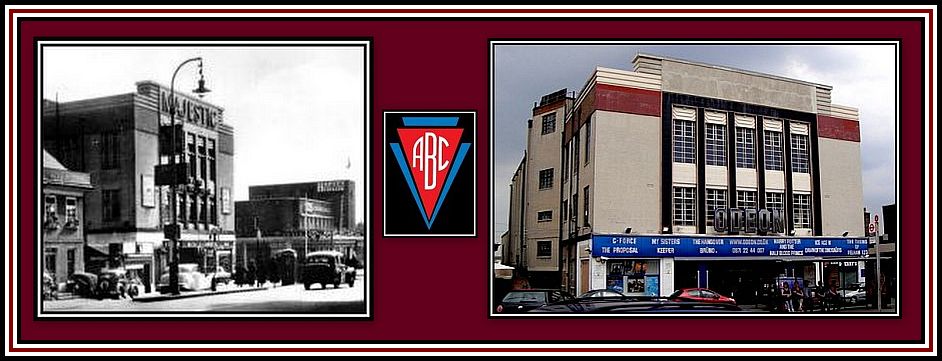 The Former ABC Cinema South Woodford
The Former ABC Cinema South Woodford
Left: as The Majestic
Middle: I can find no photograph of the building as an ABC Cinema; &
Right: as it is today, an Odeon Multiplex
(Click on the link to view a series of photographs of the ABC Cinema South Woodford)
And so the Granada-Cannon-ABC Walthamstow, at last was flung from the merry-go-around of buying and selling and was passed into the hands of the businessman, Mr. Mohan Sharma.
Mr. Sharma acquired the theatre in 2000 and renamed it the EMD Cinema – EMD are the initials of the names of his children. Precedent for such naming was set by Sol Sheckman when he named his cinema circuit, Essoldo, which was derived from the first letter of the names of his wife, Esther, himself, Sol, and his daughter, Dorothy.
However when Cinven-ABC-Odeon sold the theatre to Mr. Sharma, it did so together with a restrictive agreement thatprevented the screening of English language films at the venue. Naturally, this restriction caused the local people to become outraged and it led directly to the founding of The McGuffin Film Society to help restore the theatre as a community-wide resource. In April 2001, Odeon finally relented and the EMD Cinema was then able to screen films in any language including English.
After several months of vigorous campaigning by members of The McGuffins, in April 2001 Cinven-ABC-Odeon finally relented and agreed to revise its original sales clause to allow the EMD to operate as a fully independent cinema. As part of their celebration, The McGuffins arranged to screen Alfred Hitchcock’s The Man Who Knew Too Much at the EMD, which took place on 11th May, 2001.
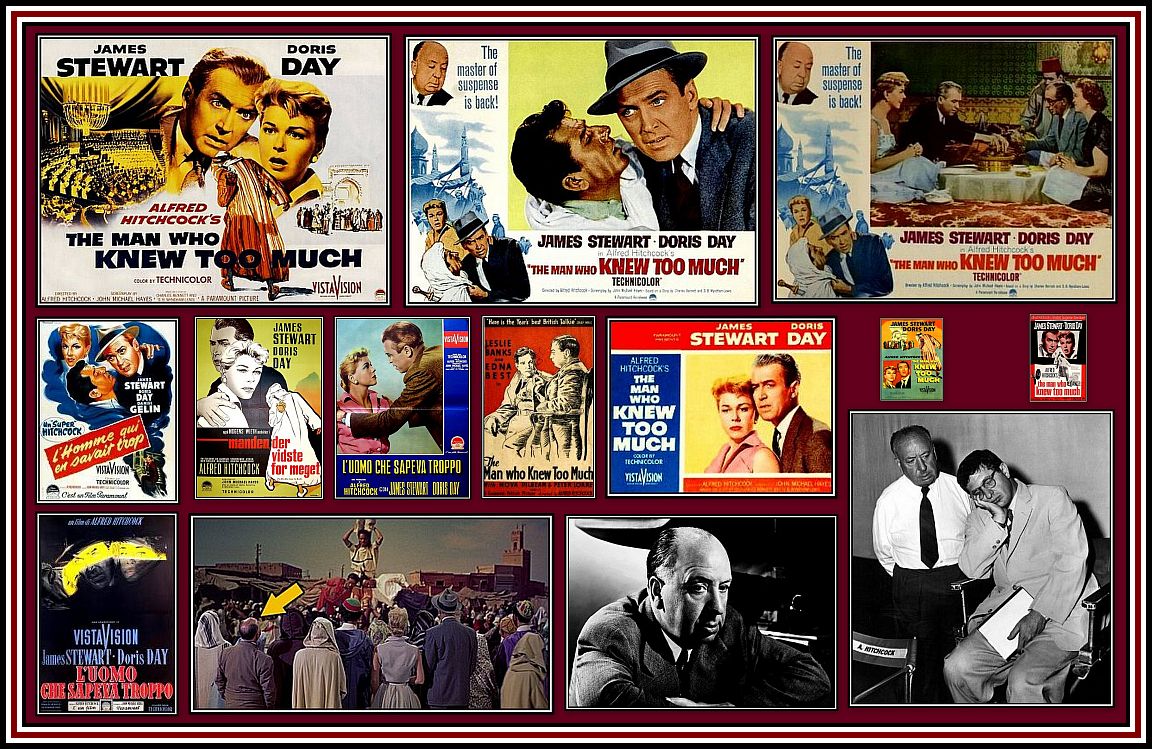 The Man Who Knew Too Much
The Man Who Knew Too Much
Top Row: Posters
Bottom Row: Left, watching acrobats in the film; Middle, in pensive mood;
and Right: with Bernard Herrmann who composed the music
Following this, The McGuffin Film Society arranged to hold various screenings and events at the EMD Cinema, which were all well-received, well-patronised and appreciated by its members.
In 2002, Mr. Sharma while in the process of developing plans for a major refurbishment to the theatre, which were to include work on the heating and sound systems, it was being rumoured that the Waltham Forest Borough Council wanted to develop a multiplex in the nearby shopping centre. Naturally the presence of a multiplex close to the EMD would undoubtedly impact on its patronage in a negative way. It was at this time that Mr. Sharma received his first offer from the Brazil-based religious organisation, the Universal Church of the Kingdom of God (UCKG).
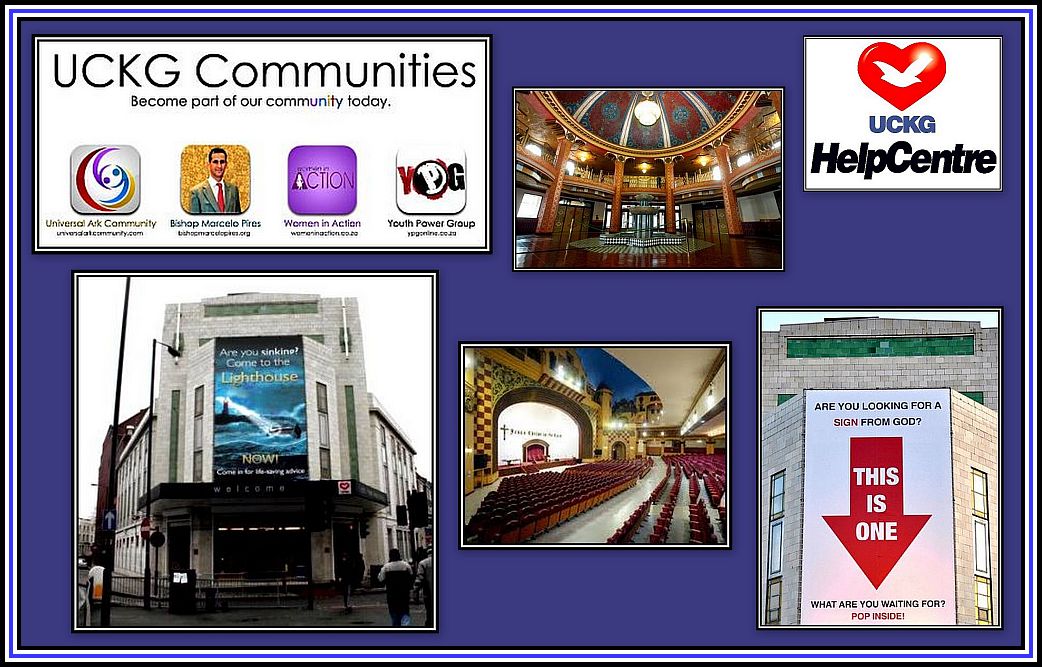 Universial Church of the Kingdom of God
Universial Church of the Kingdom of God
The U.K. Headquarters is at the former Astoria Cinema Finsbury Park (The Rainbow Theatre)
UCKG had previously attempted to gain planning permission to convert the Dominion Walthamstow into a church, but was refused permission causing the church to turn their attention towards the EMD Cinema. It is interesting to note that the Dominion Walthamstow remains empty and has not been in use since it closed as a Bingo Hall (I learned recently that the building was sold in early 2013).
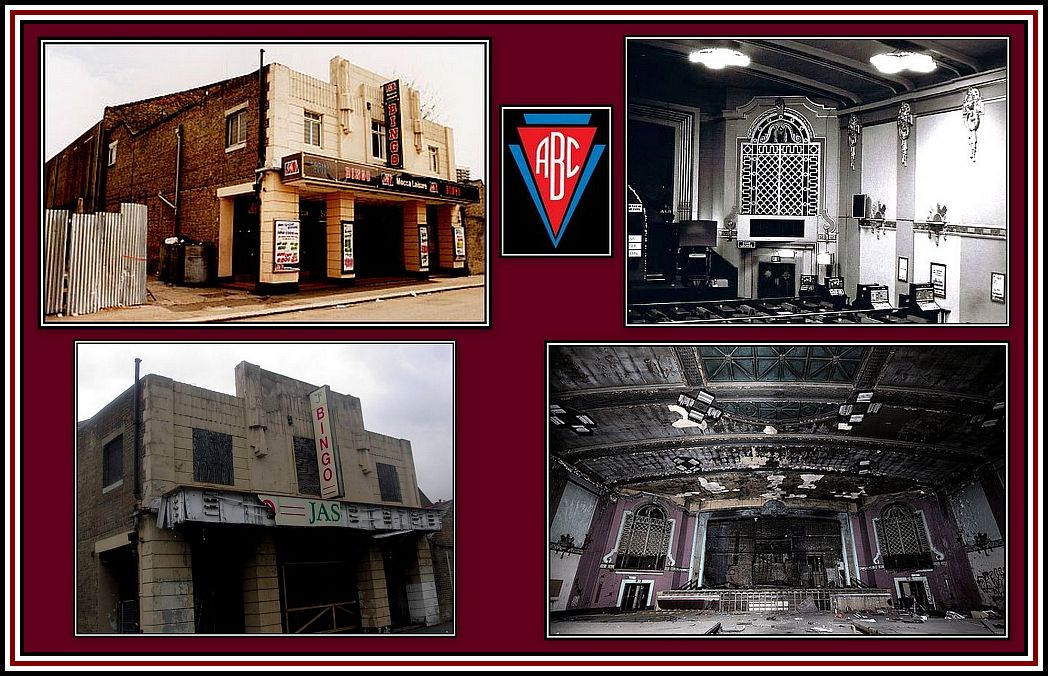 The Dominion Walthamstow
The Dominion Walthamstow
Top: as it was as a Bingo Hall; Bottom: as it is now.
These photographs were taken by Adam Slater – thanks for allowing me to post them here.
Towards the end of 2002, it was announced that the EMD Cinema would be sold once again. Seemingly, UCKG had increased their offer for the cinema to more than twice its market value. Certainly this was a difficult offer to refuse. The sale was most unfortunate for all cinema-goers-and-lovers-of-film in Walthamstow and especially for The McGuffins, since it would mean the loss of the area’s last cinema with its use as a church.
Seemingly, UCKG had bought the building without having received planning permission to convert it into a church. In response to the sale, The McGuffin Film Society leaped into action to begin their peaceful campaign to preserve the EMD as a working cinema. Along with the help of a number of individuals and groups sympathetic to the Campaign, including local councilors, a challenge was mounted to prevent UCKG from being granted planning permission to convert the cinema into a church.
A number of McGuffins along with others took part in a public demonstration at Waltham Forest Town Hall, which received a great deal of coverage by both local and national press and was also featured on the television. On Tuesday 12 November, 2002, the Waltham Forest Council’s planning committee voted unanimously to reject the plan of UCKG to convert the cinema into a church. Despite their set-back, UCKG said that they would appeal the decision, which caused The McGuffins et al to plan their next step towards achieving their quest.
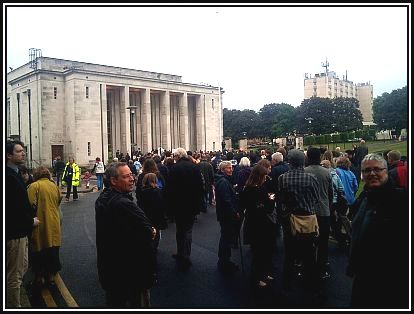 Protesters outside Waltham Forest Town Hall in 2002
Protesters outside Waltham Forest Town Hall in 2002
Soon after the denial of permission to convert the building into a church, UCKG announced that the EMD Cinema would close to the public on Friday 3rd January, 2003. To mark the closure of the EMD, The McGuffins Film Society & Friends organised a Charity Gala Performance to be held at the cinema on the evening of its last day.
The main film shown at the Gala Event was the comedy, The Smallest Show On Earth, which was accompanied by a series of short films reflecting the theatre/cinema’s long and illustrious history.
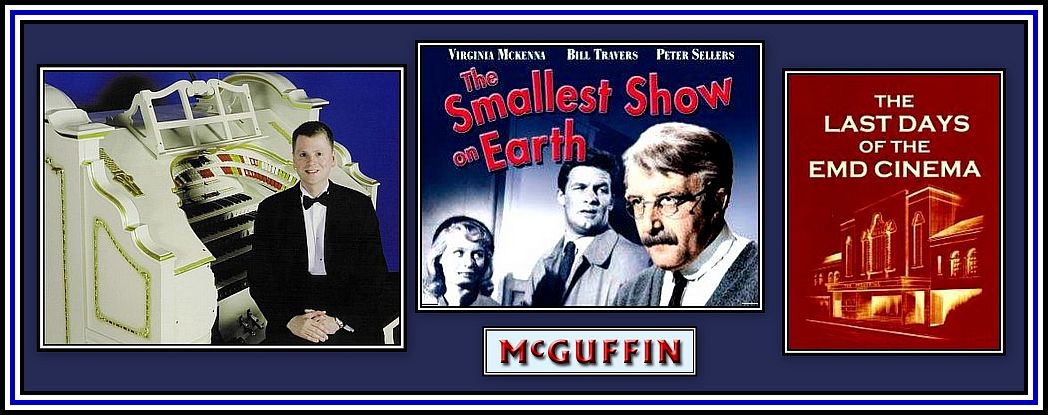 The Last Night as a Cinema – 3rd January, 2003
The Last Night as a Cinema – 3rd January, 2003
Left: Simon Gledhill at an organ
(Please note that this is not the Christie Organ of the Granada Theatre Walthamstow)
The McGuffin Film Society has produced a DVD (right), The Last Days of the EMD Cinema, which is well worth joining your collection
In addition, a further highlight of the evening was a recital on the EMD’s Chistie Organ by the internationally acclaimed musician, Simon Gledhill.
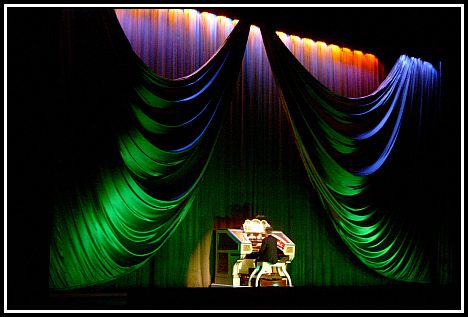 Simon Gledhill at the stage console in 2002
Simon Gledhill at the stage console in 2002
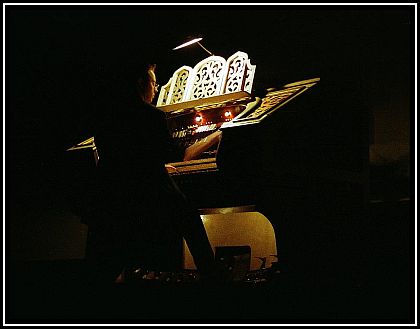 Richard Hills rehearsing at the Christie Organ Walthamstow in 2002
Richard Hills rehearsing at the Christie Organ Walthamstow in 2002
(Photographs provided by John Leeming, Cinema Organ Society)
——oooOOOooo——
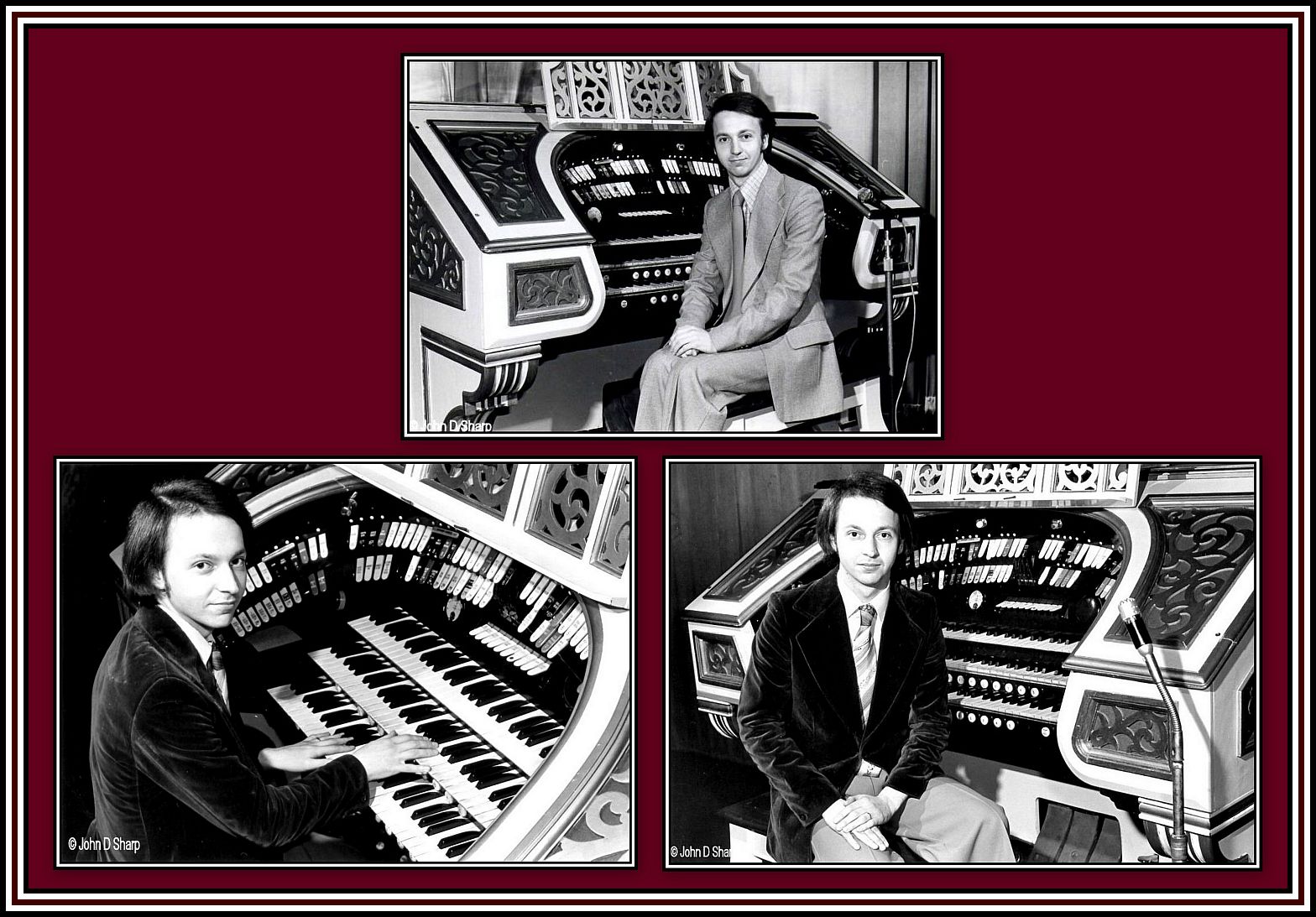 Andrew Gilbert at the Christie Organ Granada Walthamstow in 1977 (top) and 1978 (bottom)
Andrew Gilbert at the Christie Organ Granada Walthamstow in 1977 (top) and 1978 (bottom)
Photographs taken by John D. Sharp
Listen to Andrew Gilbert playing the Christie Organ Granada Walthamstow
——oooOOOooo——
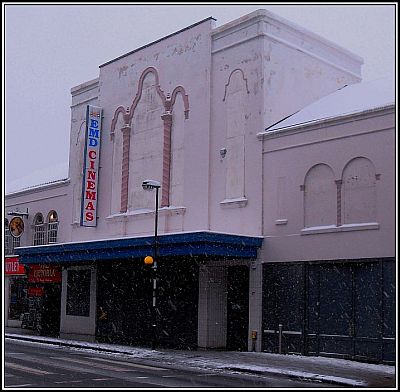 The Theatre in the snow
The Theatre in the snow
Grateful thanks to The McGuffins for permission to reproduce this photograph
Once the cinema closed, the building sat empty on Hoe Street while the UCKG made application to the Council for permission to convert it into a church. A final decision about the future of the building was made at last in May 2013. However between 2003 and 2013, there was much pain and suffering experienced by members of the Save Walthamstow Cinema Campaign (a Facebook-based group formed in 2010 to support the EMD campaign by concerned citizens) and The McGuffins, but despite the trials and tribulations, they were not daunted and nothing was able to swerve them away from their goal.
During the interim, the building has been broken into on two occasions. The first act of vandalism took place soon after it closed in January 2003 when an illegal Rave took place. Inspection at the time revealed that the sound equipment, original furniture and fittings had been looted and areas of the cinema were covered in graffiti. The Christie Organ had also been damaged.
In January 2011, a second Rave was thwarted before it could take off when residents noticed people trying to gain entrance to the building. They telephoned the police who arrived along with the M.P. and a council leader and the frivolity was stopped. Inspection of the cinema revealed that part of the auditorium was now flooded and that various other areas of the building suffered water damage. Seemingly the radiators in side rooms were leaking water into the front stalls and the pump that was supposed to be working constantly had failed. According to representatives of The McGuffins, all damage could be overcome.
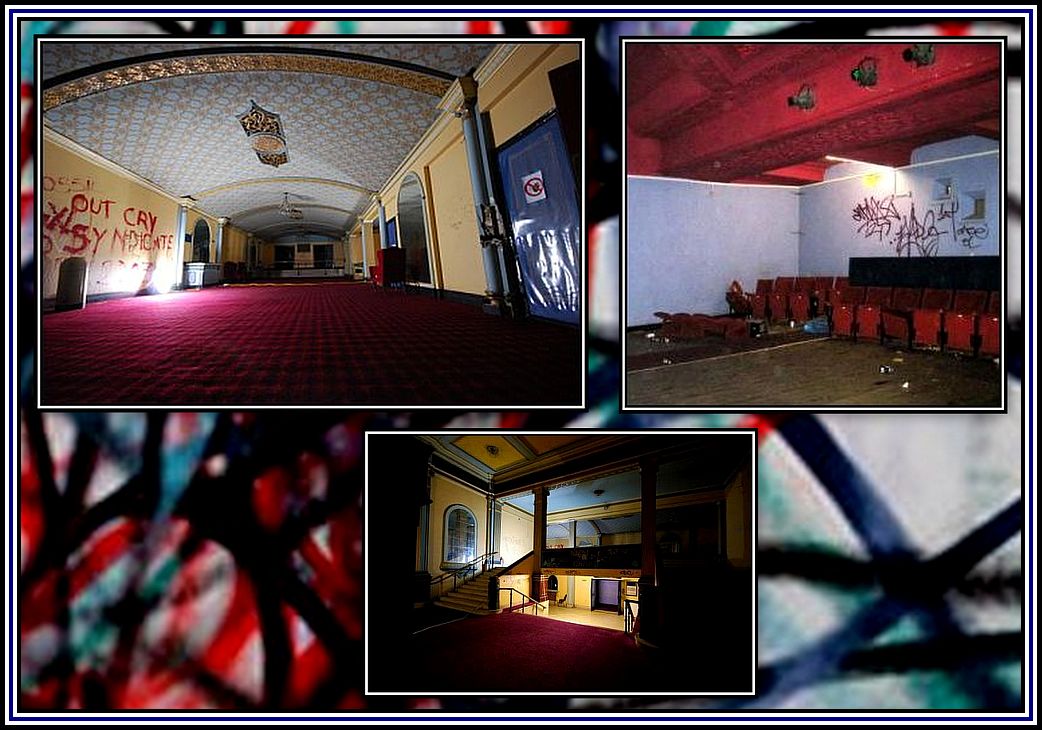 Signs of Vandalism at the Theatre
Signs of Vandalism at the Theatre
In 2005 and again in 2006, the UCKG perhaps had second thoughts about turning the EMD Cinema into a church and put it up for sale. Despite receiving offers, each one was subsequently declined. Apparently no reason for the rejections was officially made known.
Between the cinema’s closure in 2003 and when a final decision about its future was made in 2013, The McGuffins and the other groups sympathetic to Saving Our Cinema (Save Walthamstow Cinema, Waltham Forest Cinema Trust, Little White Lies (website), Electric Fleapit (website) etc) did not sit idly by, but were busy keeping the EMD Cinema in the public eye and attempting to negotiate with the officials of the UCKG and the Council.
The Campaign to Save the Cinema continued to gain supportand a variety of people from all works of life began to lend their support to it. These included the erstwhile Member of Parliament (M.P.) for the area, Neil Gerrard, the current M.P., Stella Creasy, the Mayor of London, Boris Johnson, the politician Tony Benn, the daughter of Alfred Hitchcock, Ms Patricia Hitchcock and a variety of celebrities including Mick Jagger, Alan Davies, Griff Rhys Jones, Paul McGann, Meera Syal, Tony Robinson, David Warner and Alain de Botton. Even family members of Sidney and Cecil Bernstein have given their support.
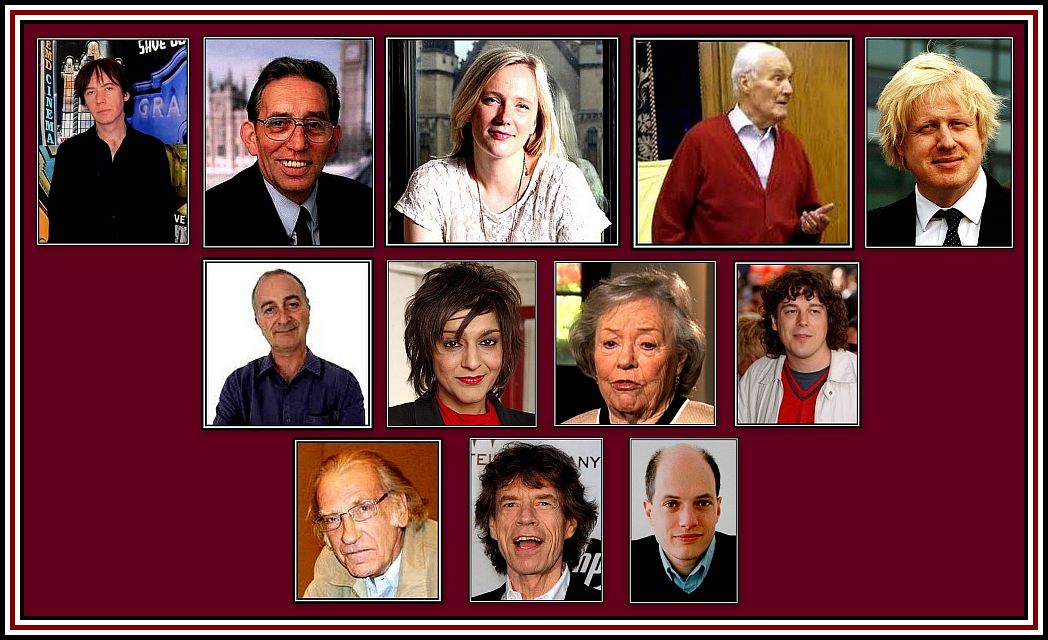 Strange Bedfellows brought together by a common cause
Strange Bedfellows brought together by a common cause
Top Row: Along with Bill Hodgson of The McGuffins are from Leftto Right, Neil Gerrard (ex-M.P.), Stella Creasy (current M.P.),
Tony Benn & Boris Johnson
Middle Row: from Left to Right, Tony Robinson, Merra Syal,
Patricia Hitchcock & Alan Davies
Bottom Row: from Left to Right, David Warner, Mick Jagger & Allan de Botton
While The McGuffins et al were doing everything they could to return the building to a cinema, the UCKG’s bidto obtain the necessary planning permission to turn it into a church went before the Council. However permission for conversion was not granted.
However, in 2012 the church amended its application to include plans for the building to be converted into a church, training centre, cafe and six screen cinema. The Council said that since the amended application was now sufficiently different from the original, UCKG was now obliged to reapply anew for planning permission. The McGuffins asked, now that nine years had passed, why had not the church included a cinema in its earlier plans?. The McGuffins added that in the past, the church had offered a similar plan when seeking planning permission to convert the ABC Cinema Catford into a church. Apparently despite obtaining permission, the UCKG had not seemingly followed through and no cinema has been incorporated into the building, as of yet.
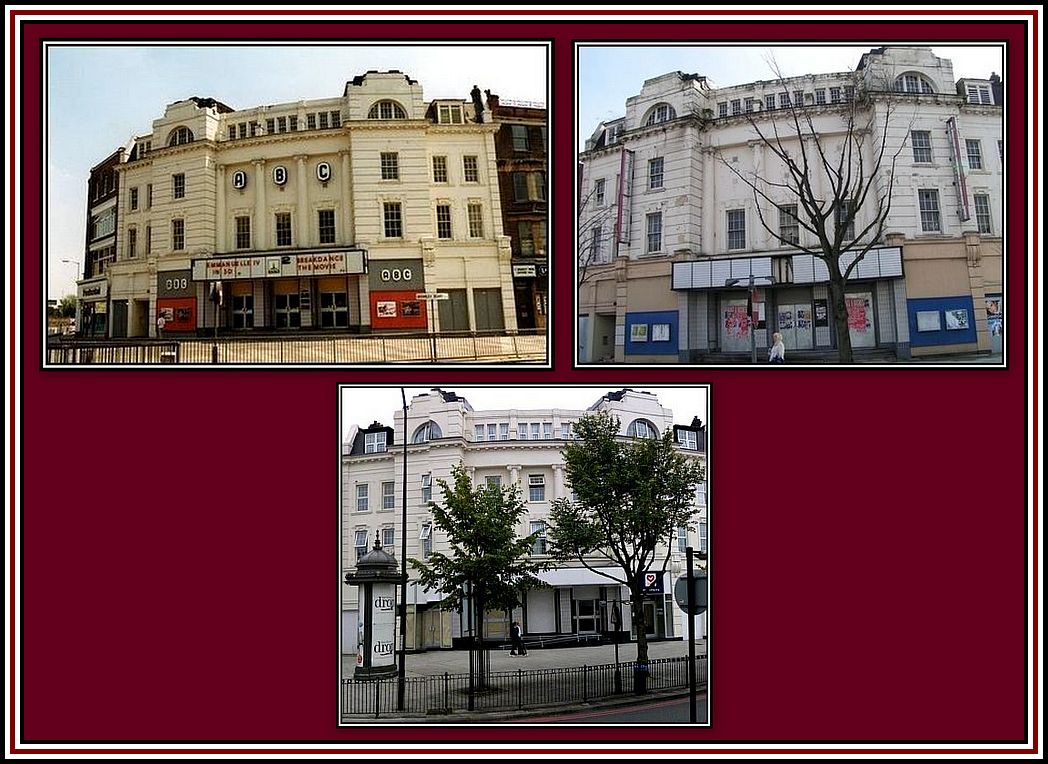 The ABC Catford
The ABC Catford
Left: as a cinema; Middle: when derelict; & Right: as a church, UCKG
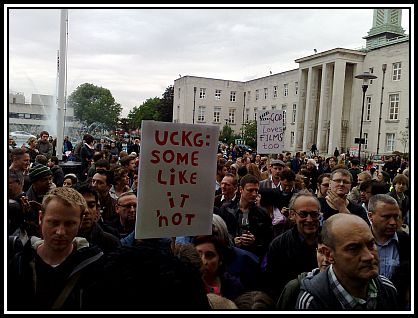 A typical gathering of supporters at the Town Hall
A typical gathering of supporters at the Town Hall
In October 2012, after much to-ing and fro-ing, it was announced by the Government that a Public Inquiry was to take place to consider UCKG’s recent plans for the building. On 4th December, the Cabinet of Waltham Forest Council voted unanimously to support a Compulsory Purchase Order of the cinema should the church’s plans be rejected. During the inquiry evidence was heard from The McGuffin Film Society, Waltham Forest Cinema Trust (follow the link for a full list of the current team), Curzon Cinemas, Soho Theatre and a wide range of expert witnesses who argued in support of the EMD’s revival.
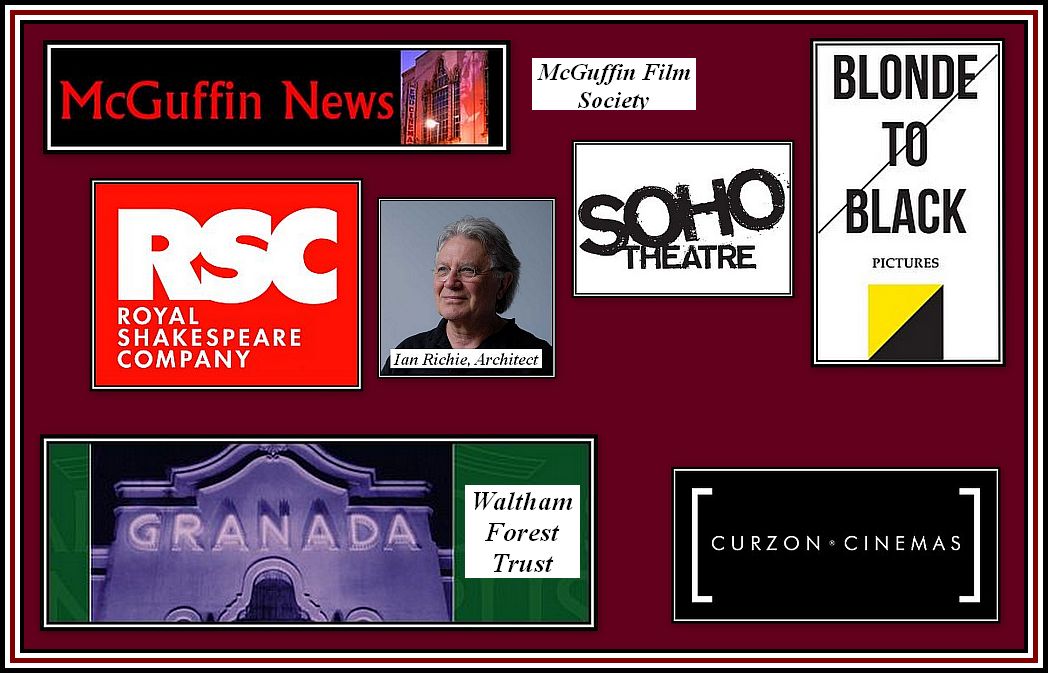 Members of The Waltham Forest Cinema Trust
Members of The Waltham Forest Cinema Trust
(I apologise to those that I have omitted – be assured, it was not intentional)
The Public Inquiry concluded just prior to the Christmas Holidays that a final decision on the fate of the EMD Cinema would be made in May 2013.
I used to teach Organic Chemistry at one time in my professional working life. Students often demonstrated impatience while waiting for a product to separate out during their practical sessions. Frequently, I found myself having to remind them that patience is a virtue.
The McGuffins and their friends and supporters, after having clearly demonstrated that truly, patience is a virtue, and were rewarded, at long last, with the news that the Public Inquiry had delivered the much-hoped-for decision in their favour and refused the request to convert the building into a church, training centre, cafe and six screen cinema.
Despite the decision going against the UCKG, church officials stated that they are determined to build their church in Walthamstow. They are said that they have made every conceivable effort to meet the needs of the entire community as well as their congregents and those who turn to them for assistance and support through their most recent planning applications. In addition, they stated that UCKG is committed to establishing a help centre in Walthamstow, as they believe that the assistance they can provide for the most troubled and disadvantaged in society is needed.
——oooOOOooo——
Obviously despite the decision of the Council, it ain’t over, ’til its over, and if they are unable to convince the UCKG to sell the building, It may well be that the Council will have to enforce its compulsory order.
However, this is a time for Celebration (forgive this dear reader – be happy I did not choose Congratulations!), albeit one with some trepidation. It is not every day that a glorious theatre is Saved (forgive this too, but I have always liked LaVern Baker) and we should enjoy what we can, when we can while keeping our fingers crossed for a good outcome.
——oooOOOooo——
The EMD Cinema is probably the most loved building in the area and the outpouring of support for its revival has been overwhelming.
Bill Hodgson, The McGuffin Society
Exactly how the members of the various groups …… The McGuffin Film Society …. Save Walthamstow Cinema …. Waltham Forest Cinema Trust …… etc that formed to help save the EMD and keep it open …… managed to maintain their resolve is nothing short of being miraculous! Despite the importance of the numerous groups that came together to protest the loss of the theatre, it can not be stressed enough that it was the wider community in Walthamstow that was inspiring in that they never gave up their wish to see the Granada Theatre returned to a cinema/events venue and it was their determination that is not only reflected in the various groups, but also extended above and beyond them.
Between the 3rd January, 2003 and the 25th May, 2013, the interested parties faced each adversity as it rose up against them. They endured the tensions and disappointments and stuck to their purpose when hopes were raised and later dashed.
The members were stoic and maintained their resolve with a determination that would not and could not be beaten. Call it tenacity ….. call it persistent determinism ….. or doggedness …. or even perseverance ….. persistence ….. persistency …. pertinacity …. tenaciousness …… whichever word you choose, the members deserve our admiration for being there. Thank you all very much.
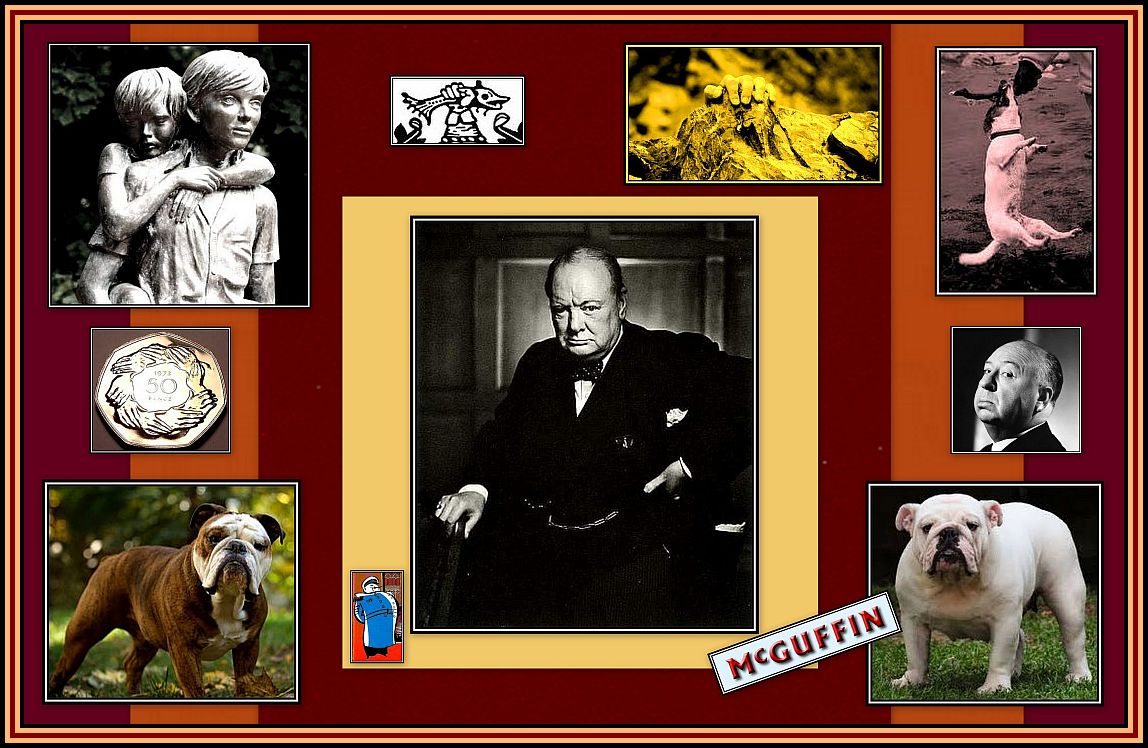 As Sir Winston Churchill said …..
As Sir Winston Churchill said …..
Success consists of going from failure to failure without loss of enthusiasm
——oooOOOooo——
Exactly how the situation will be resolved is of great interest to the many and I will continue to follow events as they develop.
Whatever happens, one thing is certain, the building will be restored and returned to its former glory.
——oooOOOooo——
The following information was received by someone with a keen interest as to the fate of the erstwhile Granada Theatre Walthamstow:
After the Granada Walthamstow’s owners – the Universal Church of the Kingdom of God (UCKG) – lost their Planning Appeal in May 2013, and did not take the opportunity to challenge the decision in the High Court, Waltham Forest Council and Waltham Forest Cinema Trust (WFCT), led by main business partner, Soho Theatre Company, have forged a strong working relationship in developing plans to revive the cinema as an entertainment venue.
It is with the greatest delight to both the council leadership, WFCT, the Soho Theatre Company and thousands of supports, that an agreement to provide funding to help transfer ownership of the cinema to WFCT was made at a council cabinet meeting in July 2014. The council and WFCT will use an undisclosed sum of money to assist a negotiated sale of the building from UCKG. Should an agreement not be reached, the funds will be used to issue a Compulsory Purchase Order for an enforced sale.
Talks between council officers, WFCT Trustees and Soho Theatre Company directors are also underway for a Planning Application by WFCT to be submitted shortly to the council with the aim of granting approval for WFCT/Soho Theatre Company’s exciting plans for the building. Preliminary details of these plans may be read by clicking here.
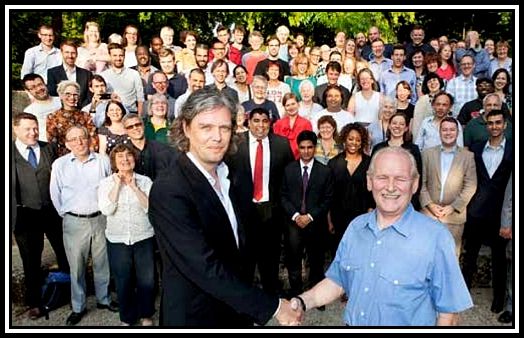 The Soho Theatre Company’s Artistic Director, Steve Marmion (left), and Council Leader, Chris Robbins (right) shaking hands after the Cabinet agreed to return the erstwhile Granada Theatre Walthamstow/EMD to an entertainment venue
The Soho Theatre Company’s Artistic Director, Steve Marmion (left), and Council Leader, Chris Robbins (right) shaking hands after the Cabinet agreed to return the erstwhile Granada Theatre Walthamstow/EMD to an entertainment venue
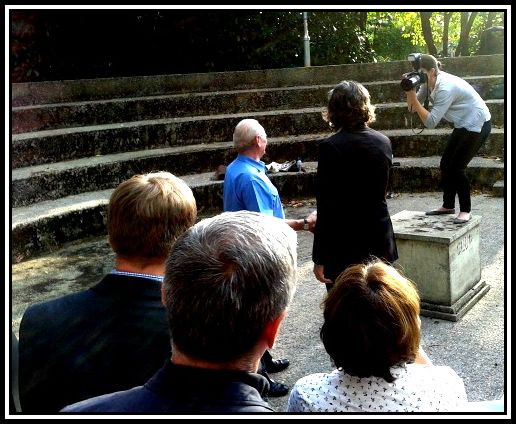 A happy on-looker captures the moment
A happy on-looker captures the moment
-oOo-
This is indeed exciting news! I would like to thank the person that sent me this information and for allowing me to place it here.
I will continue to keep readers aware of future events. It would indeed be wonderful to see the former Granada Theatre Walthamstow restored and once again in use as an entertainment venue.
-oOo-
LATEST PLANS
In 2016 the erstwhile Granada Theatre Walthamstow was acquired by Downing LLP and the foyer areas and one screen are currently operated by Antic Pubs as Mirth, Marvel and Maud.
-oOo-
In March 2018, Waltham Forest Council said that it is to purchase the former Granada Theatre Walthamstow and plans to work in cooperation with the Soho Theatre and return it to an entertainment centre once more.
-oOo-
Stayed tuned for further updates.
——oooOOOooo——
Click here to go to
THE THEATRE PHOTO GALLERY
These photographs were generously provided by The McGuffins
and by Save Walthamstow Cinema.
I am very grateful to both organisations for their kindness in allowing them to appear here.
——oooOOOooo——
ACKNOWLEDGEMENT
I would like to give special thanks to
Save Walthamstow Cinema for its help with the preparation of this piece
and
to The McGuffins, and in particular to Mr. Bill Hodgson,
for providing information about the theatre not found elsewhere
and for the majority of the photographs found in
——oooOOOooo——
Some of the history of the Granada Theatre Walthamstow was found in the book, The Granada Theatres by Allen Eyles.
——oooOOOooo——
I would like to thank Mr. Andrew Gilbert for allowing his performances at the Christie Organ of the Granada Theatre Walthamstow to appear here.
——oooOOOooo——
I would like to thank Mr. John Leeming for offering additional information about the theatre’s Christie Organ, providing a number of photographs appearing here and for pointing out the varied career of Ms Josephine Bradley.
For those readers wishing to see more photographs of the Granada Theatre Walthamstow, I recommend that you look at those of dusashenka at Flickr and the Granada Hoe Street site, where amongst many gems, some of the Victoria Hall may be found.
——oooOOOooo——
THE DV8 TRAINING has produced a short documentary film, entitled
THE GRANADA (2013) DOCUMENTARY: HISTORY, EDUCATION 125-YEAR OLD WALTHAMSTOW ENTERTAINMENT VENUE
Please visit THE DV8 ACADEMY website and view the film, which includes conversations with Bill Hodgson of The McGuffins, the organist, John Leeming and the Head Projectionist, Nigel John
——oooOOOooo——
If you enjoyed this piece, please take a look at the others on this site
and
please also take at little time to look at my other site
EAST END MEMORIES
I hope you will find something there to interest you.
Additions to my site can be followed on
Why not visit and like?
——oooOOOooo——
Cick here to go to PART EIGHT: THE PHOENIX THEATRE LONDON
——oooOOOooo——
Click here to return to PART SIX: THE GRANADA THEATRE DOVER ……
——oooOOOooo——
Click here to return to THE GRANADA THEATRE CIRCUIT Home Page
——oooOOOooo——
Click here to return to the TABLE OF CONTENTS
——oooOOOooo——

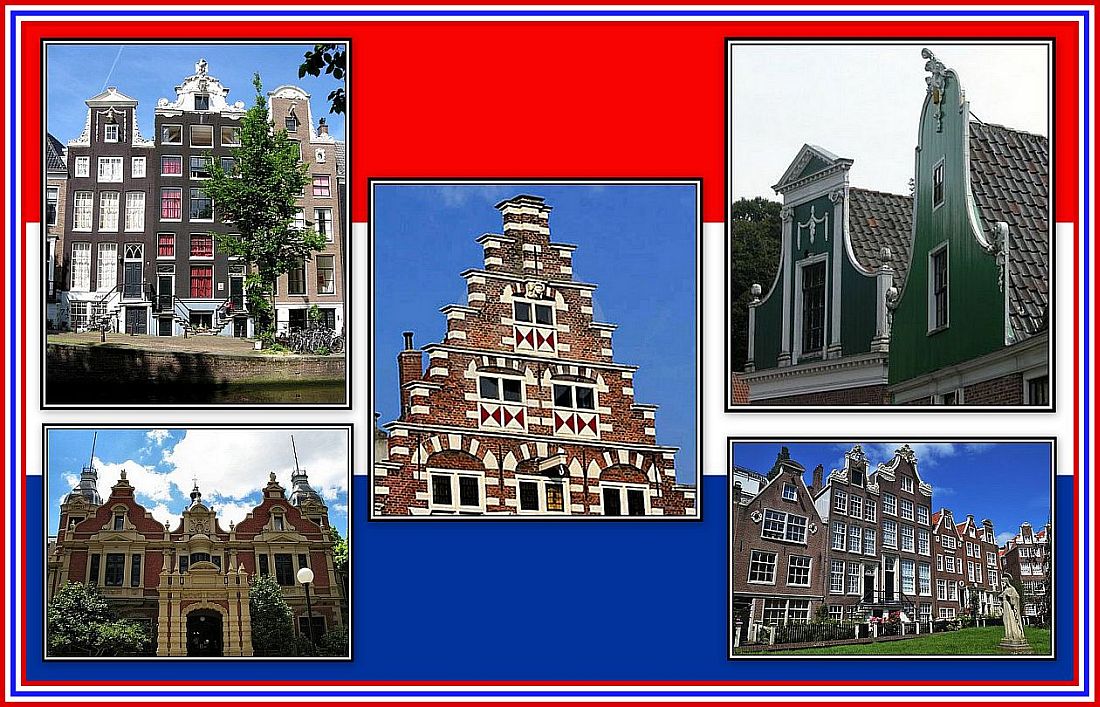
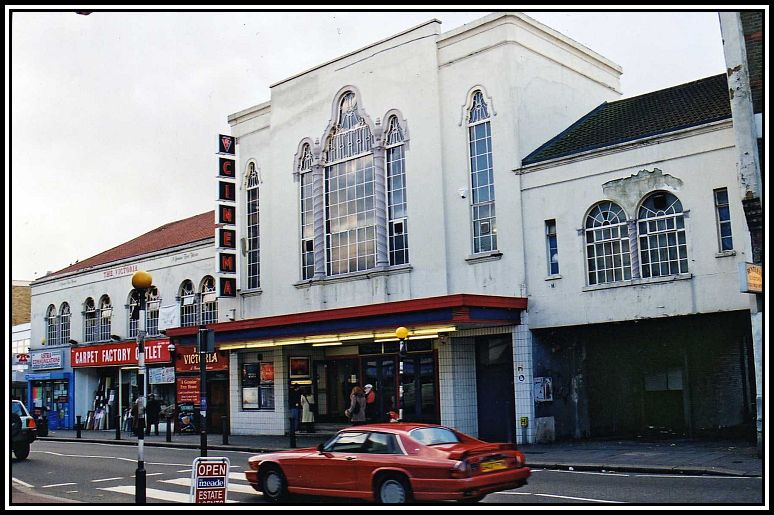
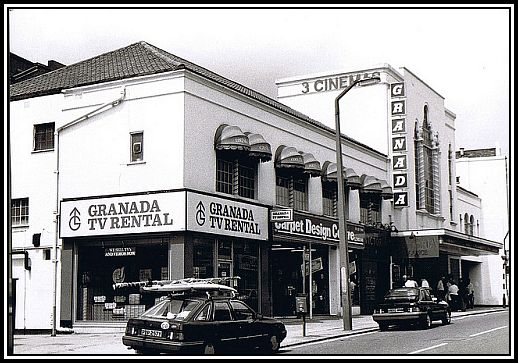
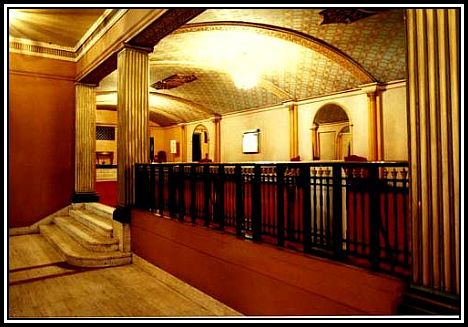
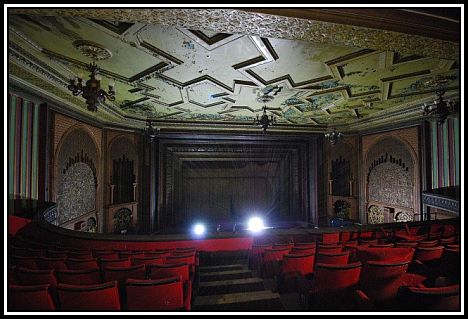
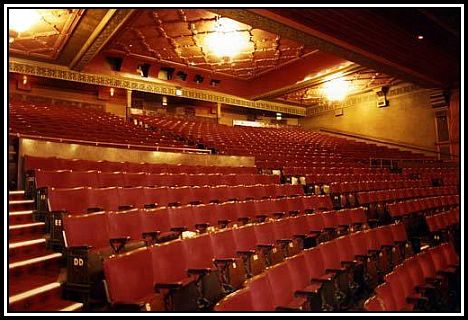
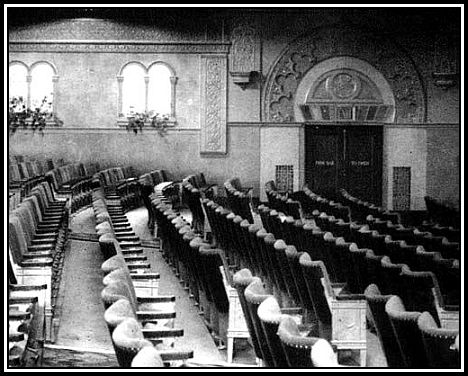
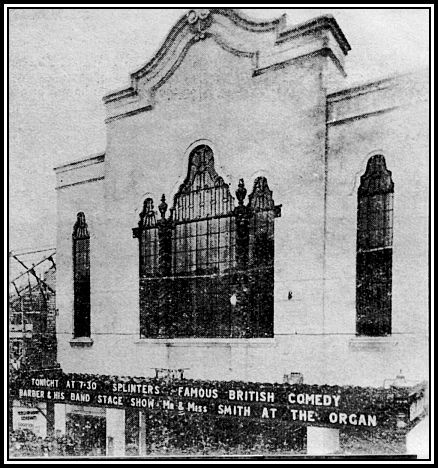
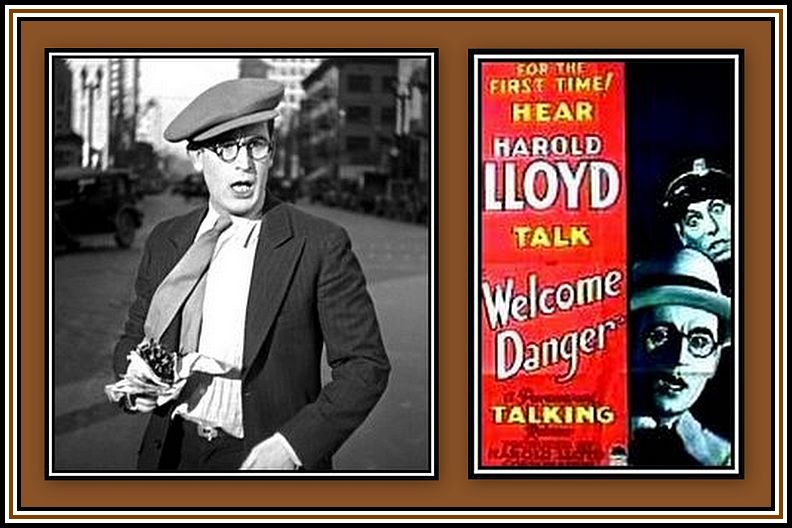
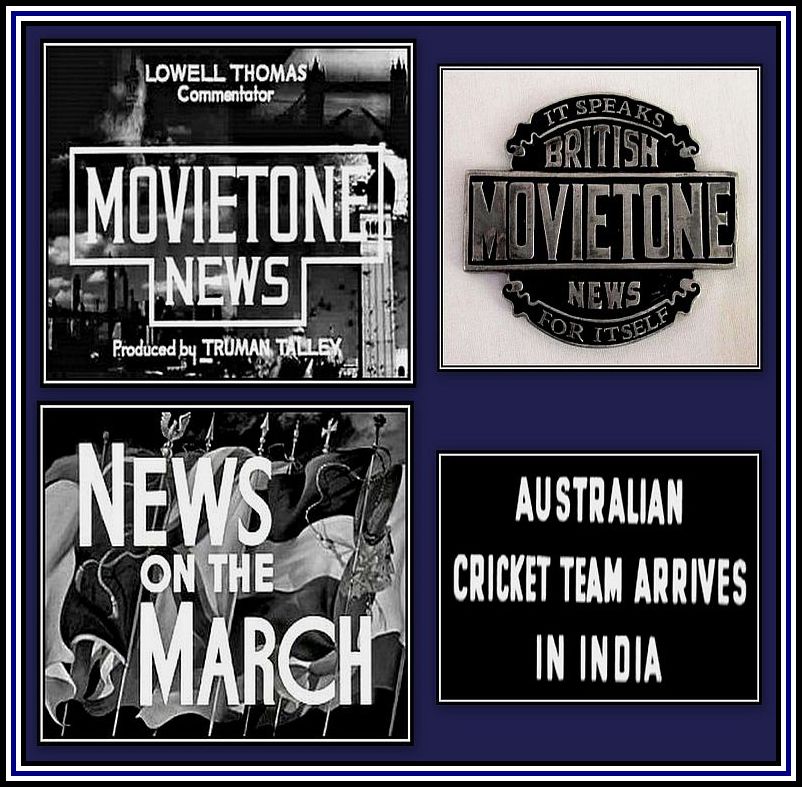
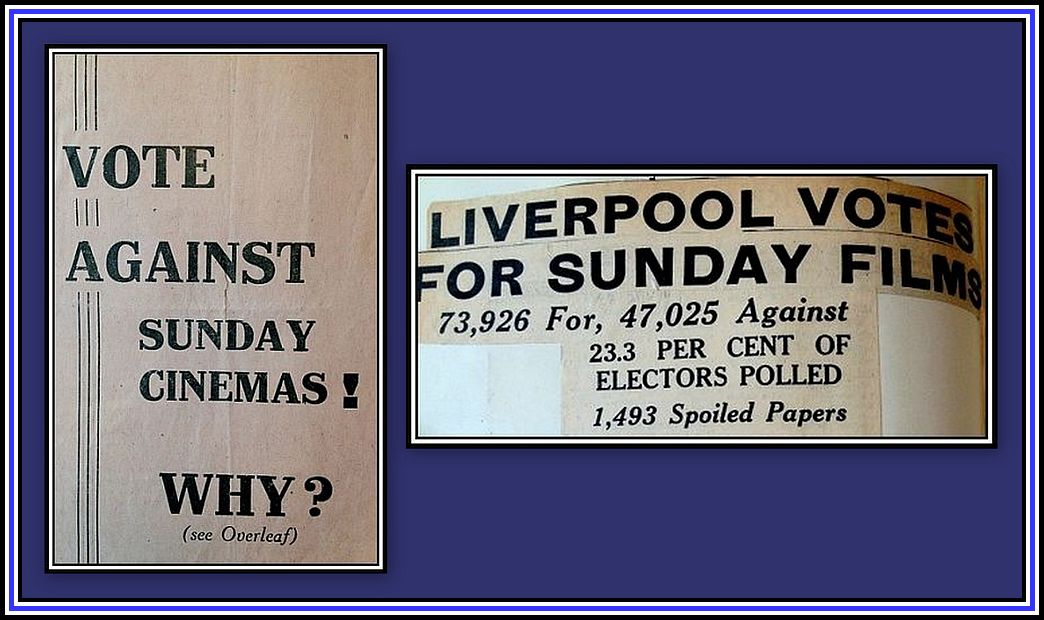
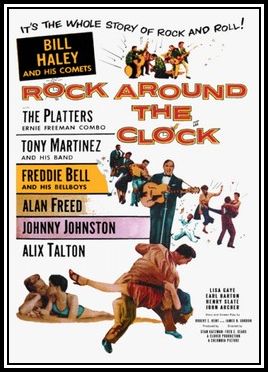
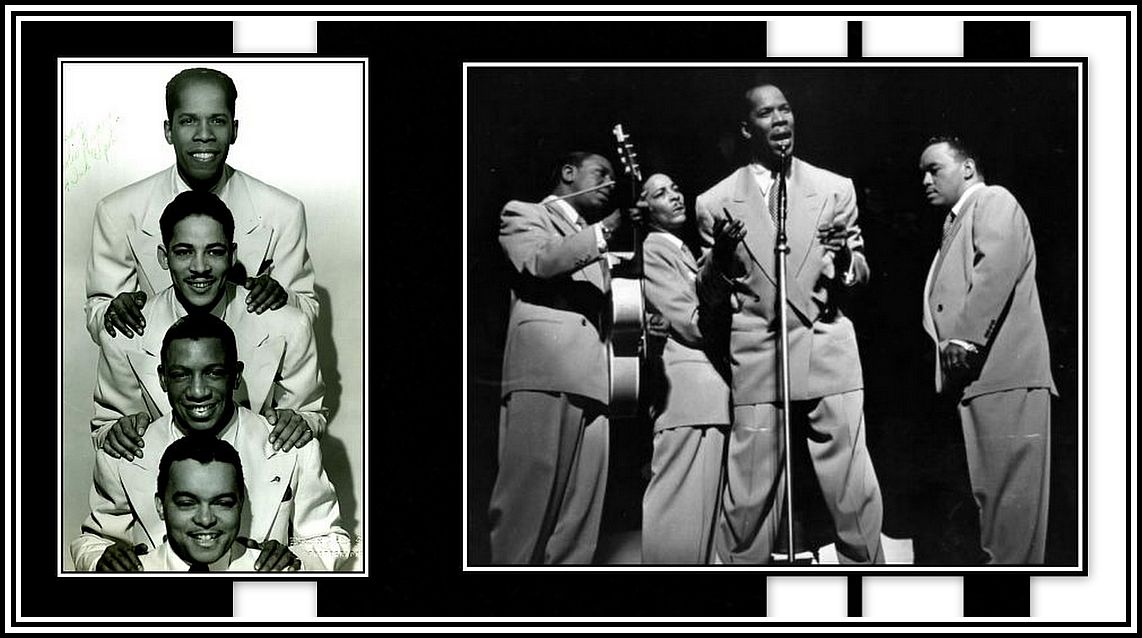
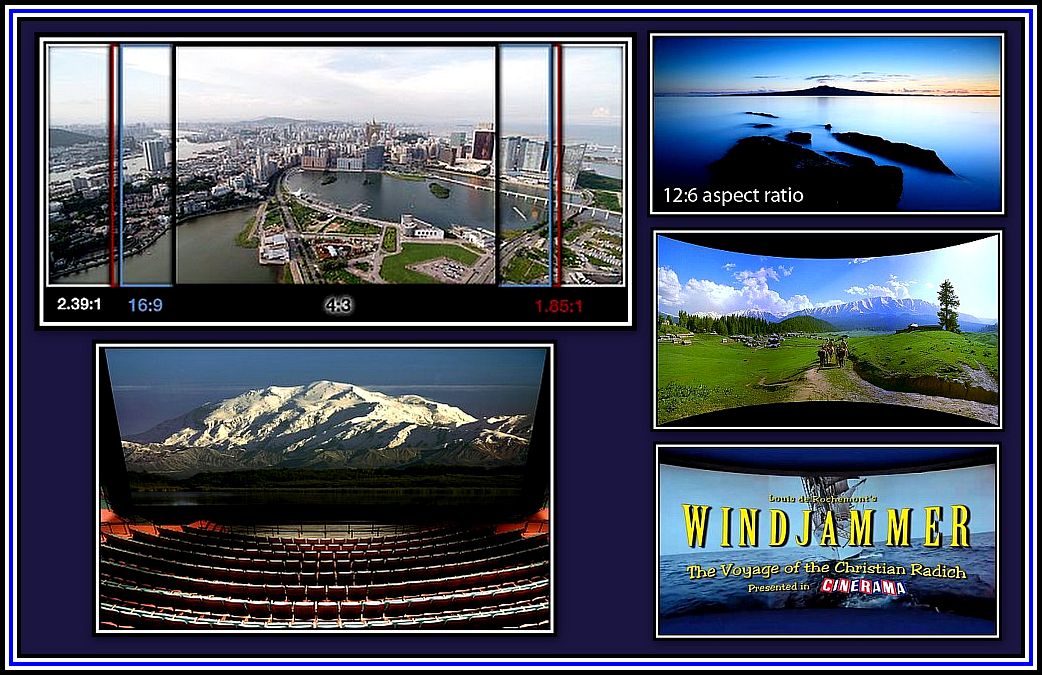
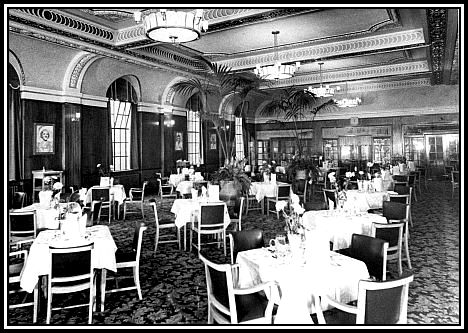
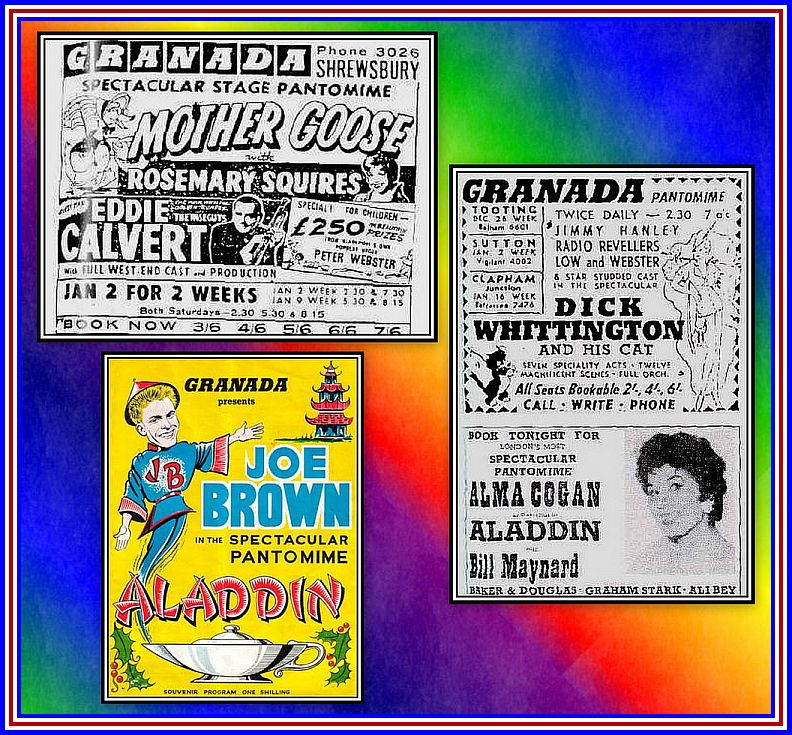
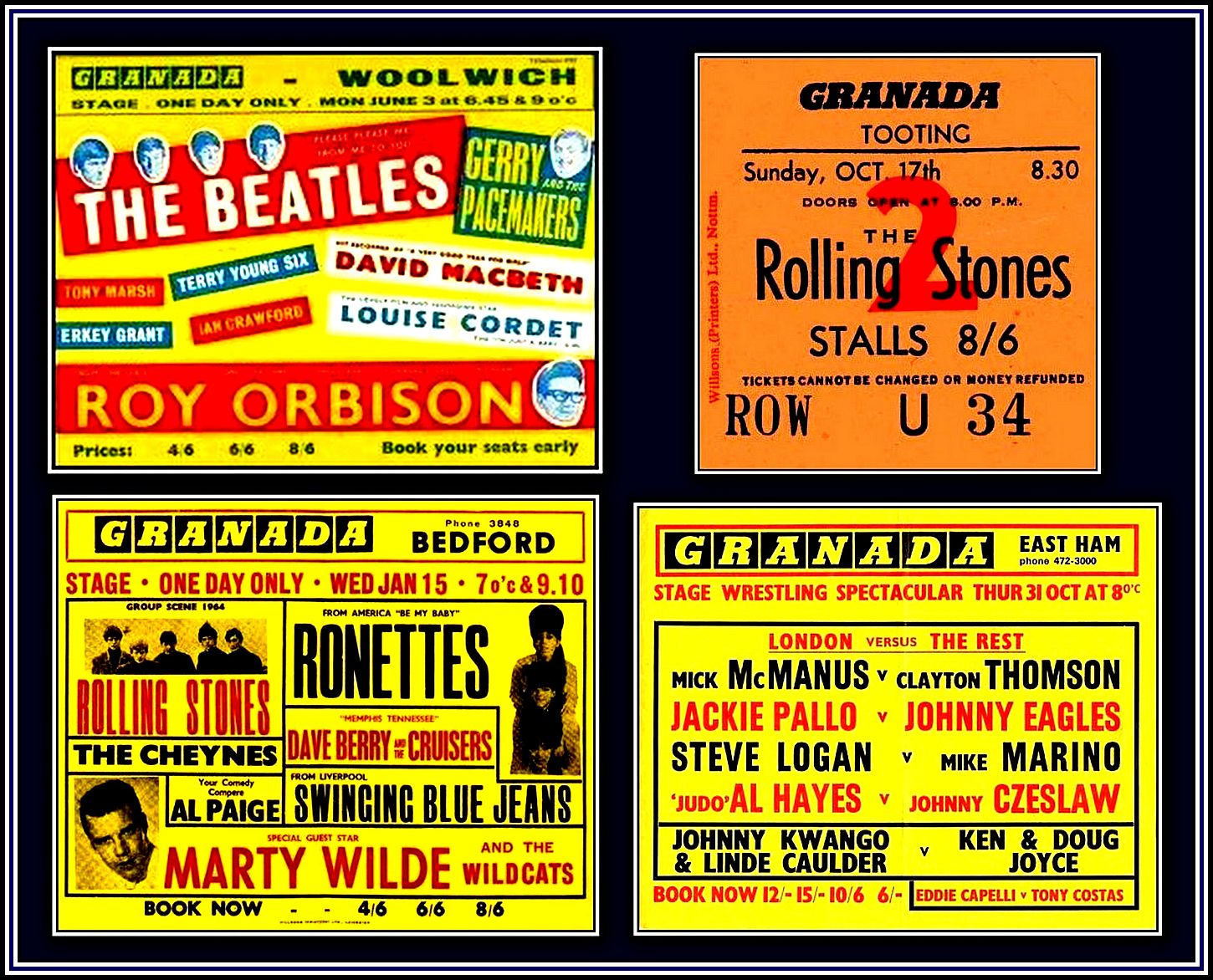
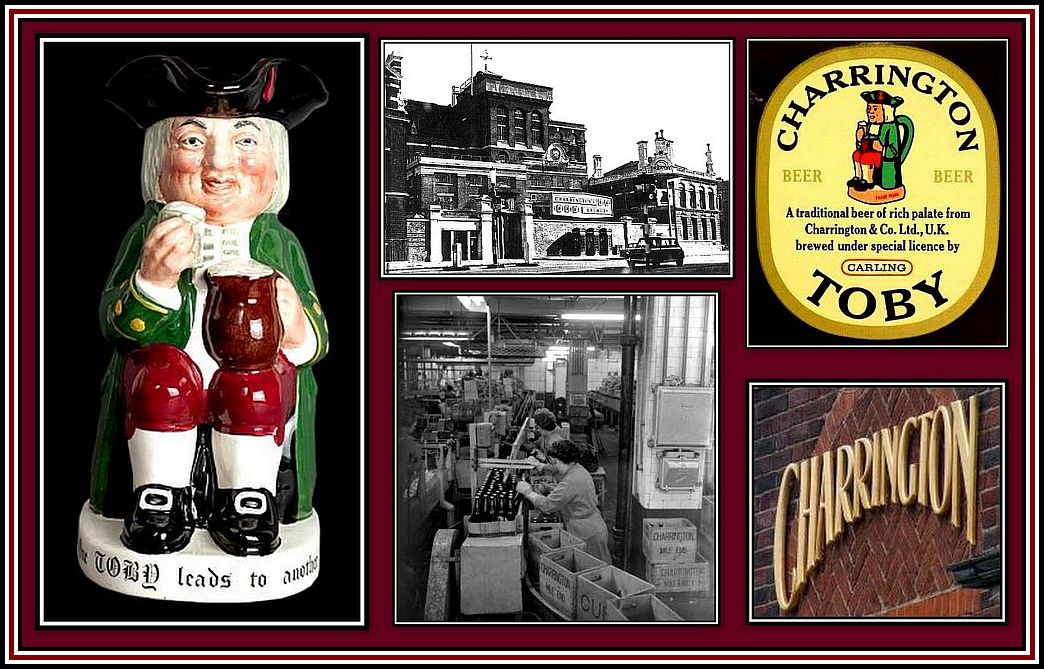

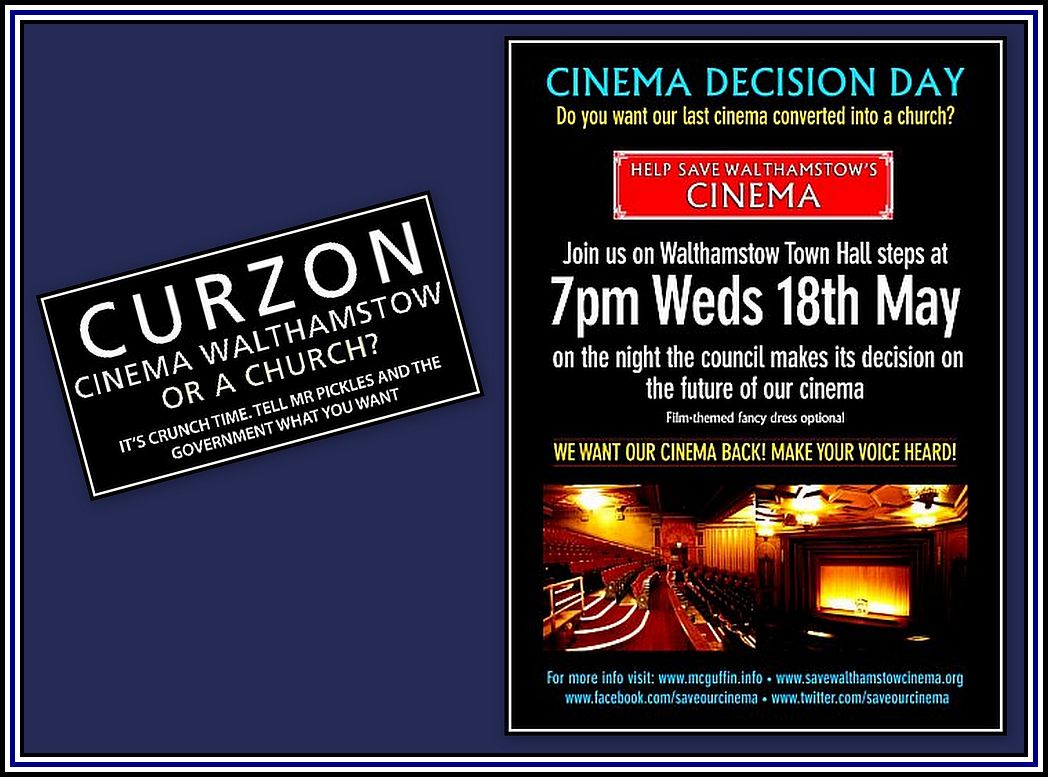
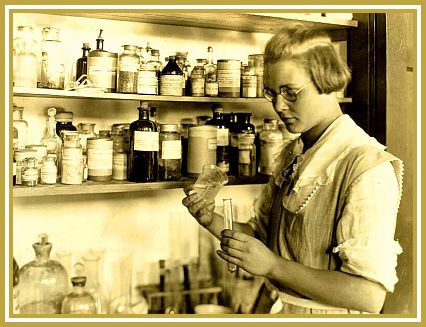
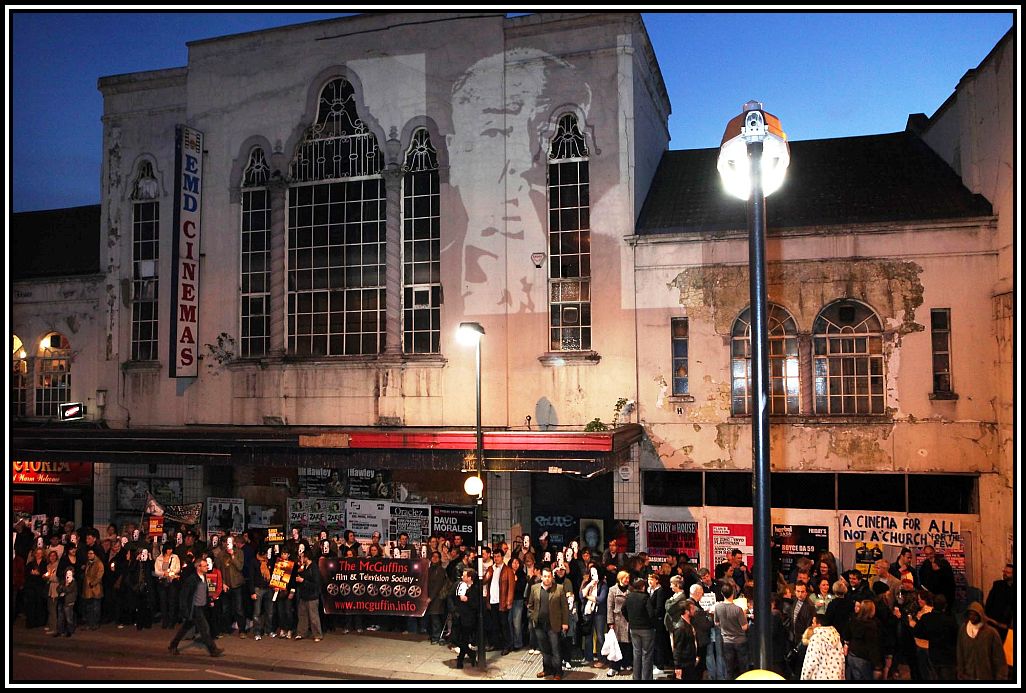
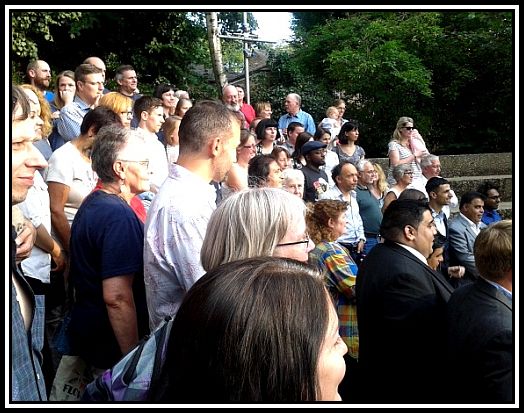
Thank you very much for creating this site. Fascinating.
Hi….excellent site!
Link to pics of Woodford Majestic in ABC guise
http://www.flickr.com/photos/oldcinemaphotos/sets/72157603642507833/
The picture of the Dominion is mine, not property of McGuffin or SWC..
Anything that helps thwart the happyclappers is good with me tho.
Thank you for your comment – I am grateful to learn that the photograph was taken by you. I have added your name to the caption under the photograph.
Marvellous historical survey – thanks so much!
Fascinating summary of the Cinema’s history and the McGuffin campaign. Those pictures really brought it all back!
Thank you very much for taking the time to write and leave a comment. Charles
Thank you for a very interesting account of the Granada Walthamstow. Although I would love to see this building continue as a cinema, we do live in the real world. Multiplex cinemas are the way forward and we must accept this. Churches should not be seen as the enemy, they are the saviour of these wonderful 1930’s buildings in exactly the same way that bingo halls were 30-40 years ago. Take the Granada Clapham Junction and Woolwich – both of which the new church tenants were only too pleased to show me around recently. If a church can do the same for Walthamstow as the other Granada theatres I’ve mentioned, then support them. Far better than the alternative of demolition.
Thank you very much for writing. I have visited the Granada Woolwich, the Astoria Finsbury Park and the Gaumont State Kilburn and found the new owners to be kind and also ‘proud’ of their building. I was impressed to learn that the renovation at the Astoria Finsbury Park was done by members of the congregation. I hope to visit the Granada Clapham when next I visit London – I have an invitation. Regarding Multiplexes ….. I prefer to wait for the film to be released on video. I find them unpleasant – here in the US, people can NOT sit still and watch the film and continue to make ‘sounds’ while they eat from vast great tubs of popcorn and slurp their drinks (sorry if I sound snobbish!) and talk and complain when there is no action on the screen.
A brilliant piece.
In reference to Peter Towell’s comments, while true that churches often beautifully restore old cinema’s physically, they do not restore them culturally for the purpose for which they were built – entertainment – which serves a wider population demographic. There is also a growing trend away from multiplexes to older venues with character like this building, which are benefitting from growing audiences.
The alternative to converting the cinema into a church is not demolition (the Granada/EMD Walthamstow is protected by it’s Grade II* listing) but a return to it’s original use as a live entertainment & cinema venue operated in connection with the award winning Soho Theatre and under a local charity, http://www.walthamforestcinematrust.org.uk.
Comprehensive business plans have been produced and backed by industry experts. They have the support of the council and over 150 local businesses who will receive more benefit from the building revived for entertainment than as a church due to the higher amount of ‘secondary spend’ made by visitors to entertainment venues.
The Trust’s plans will make the Granada/EMD a destination not just for the people of Walthamstow, but one attracting people from across the Greater London and wider area.
One thing I wondered – the Granada Walthamstow was the last of all the Granadas to operate continuously as a cinema. As the sole survivor I wondered if this is worth mentioning? The only other Granada to come close appears to be at Kingston which closed on 28 Aug 2002 (Walthamstow closed on 3 Jan 2003). However Kingston was shut for almost the whole of 1987 when it closed as a Granada in the January that year and reopened as the Options cinema (later becoming an ABC) in December 1987.
Allen Ayles refers to Walthamstow in the final paragraph of his Granada Theatres book as the last unaltered Granada still in business in 1998.
R.A.
Good Afternoon Charles
I haven’t sorted out correct details for Tower Wurlitzer yet – want to be spot-on !
Below are a fee notes re Granada Willesden – watch out for YouTube video of Donald Thorne at Willesden Christie soon !
GRANADA WILLESDEN – Opened as Empire by Alexander Bernstein 1920 – no organ.
Re-modelled 1927 with 2/7 Christie
Re-modelled and enlarged as GRANADA 1936 with Harold Ramsay “Wurlitzerised” CHRISTIE 3/9
Recorded by Donald Thorne
Best Wishes
PAUL
On the Sam Cooke, Little Richard show in October at Walthamstow was Gene Vincent, who because of some trouble with a work permit had to sing from a seat about four rows back from the front near to the right of the stage. The announcement of another singer started, a spotlight fell on me, much to my horror and the guy next to me stood up and sang, thankfully Gene Vincent. It was a brilliant show and my mate and I rolled up on a Vincent |Black Shadow bike. Great times when music was music.
Thank you very much for sharing this terrific memory.
Charles
Wonderful nostalgia for a former Monoux schoolboy in the 40s and 50s. Thank you.
Thank you for your kind comment. Charles
I loved the Granada with its grand entrance up the steps and into the foyer. We used to queue outside, round the corner and right down the side of the cinema waiting for the doors to open, filled with anticipation for the upcoming cinematic treats. One of my greatest memories is being there that night in March 1958 to see my idol Buddy Holly and the Crickets. Also on that same bill were Richie Valens and the Big Bopper. At least I got to see them live befor that terrible disaster which took them from us – “the day the music died”.
the MC on that tour was Des O’Connor !
thanks for memories of the Granada.
Roy (Darkie) Daniels.
Hi Roy,
The mists of time must have affected your memory as Ritchie Valens and The Big Bopper (Jape Richardson) never came to these shores.
Sadly a mere 11 months later they perished along with the great Buddy Holly.
I have the Granada programme framed on my wall.
Sadly the supporting cast was very poor.
In 1960 Eddie Cochran and Gene Vincent performed here in what was considered by many to be “the first rock n roll tour”
Rave On!…Ian
Thank you for your email.
I will let Mr. Daniels know of his error and see what he has to say.
Thanks for visiting my website and taking time to comment.
Cheers.
Charles
Hi, a great archive, thank you for creating such an informative piece. I wonder whether you have any info regarding the school of dance which operated on the upper floor of the Granada in the late 1970’s early 1980’s? The principal was a John Milner I believe.
I have three pictures from the early 50’s my mother-in-law was a usherette at Walthamstow Granada there is a picture of some dignitaries not sure who
one of the staff sitting on steps in full uniforms and one of all the staff would you be interested in me scanning and sending